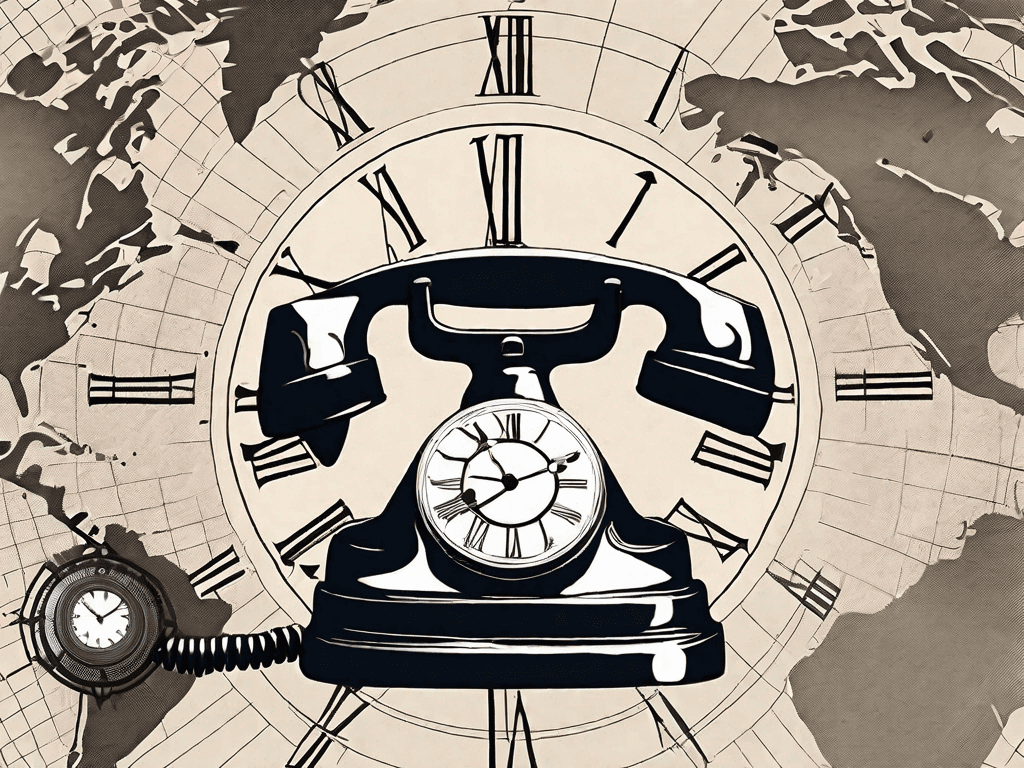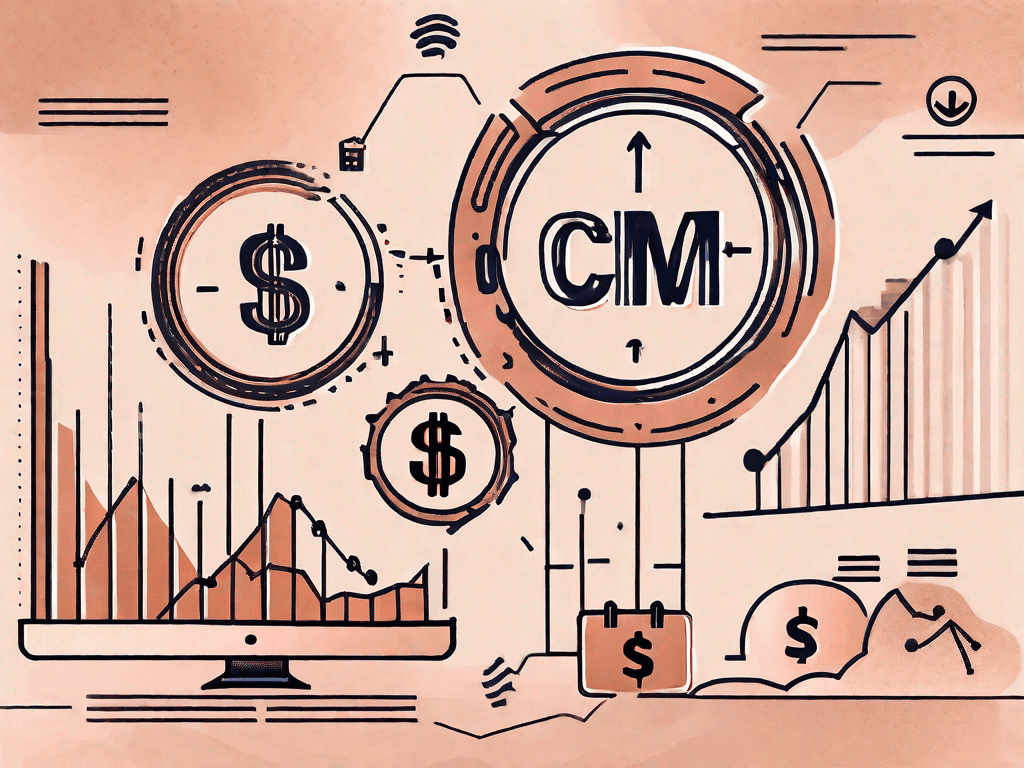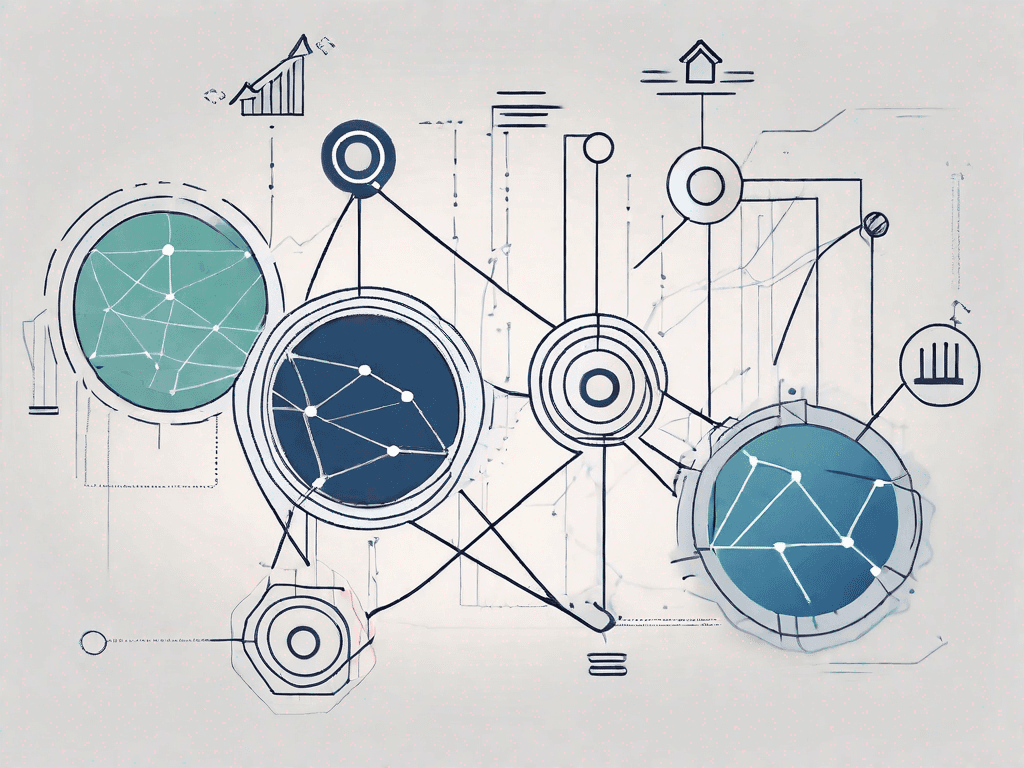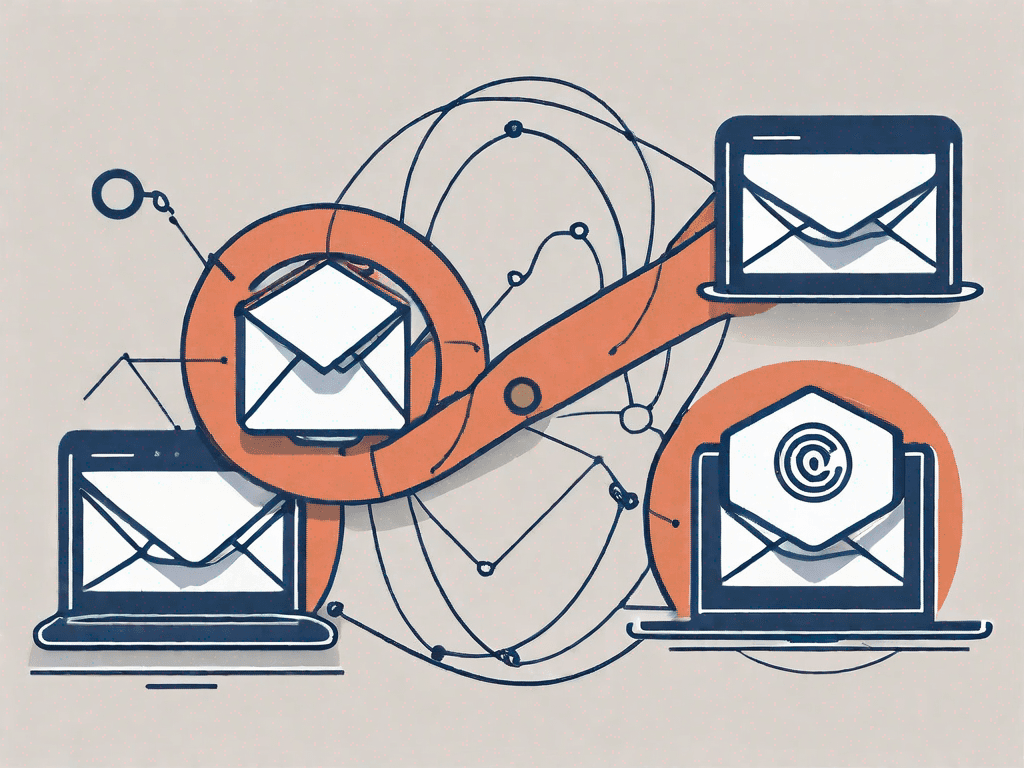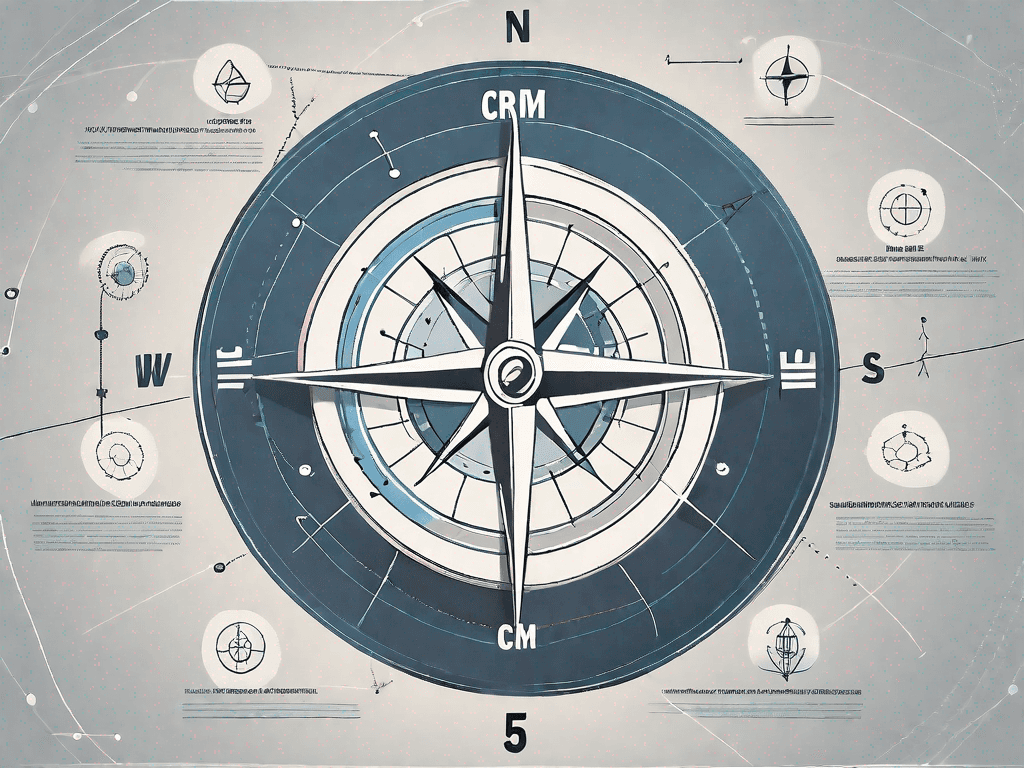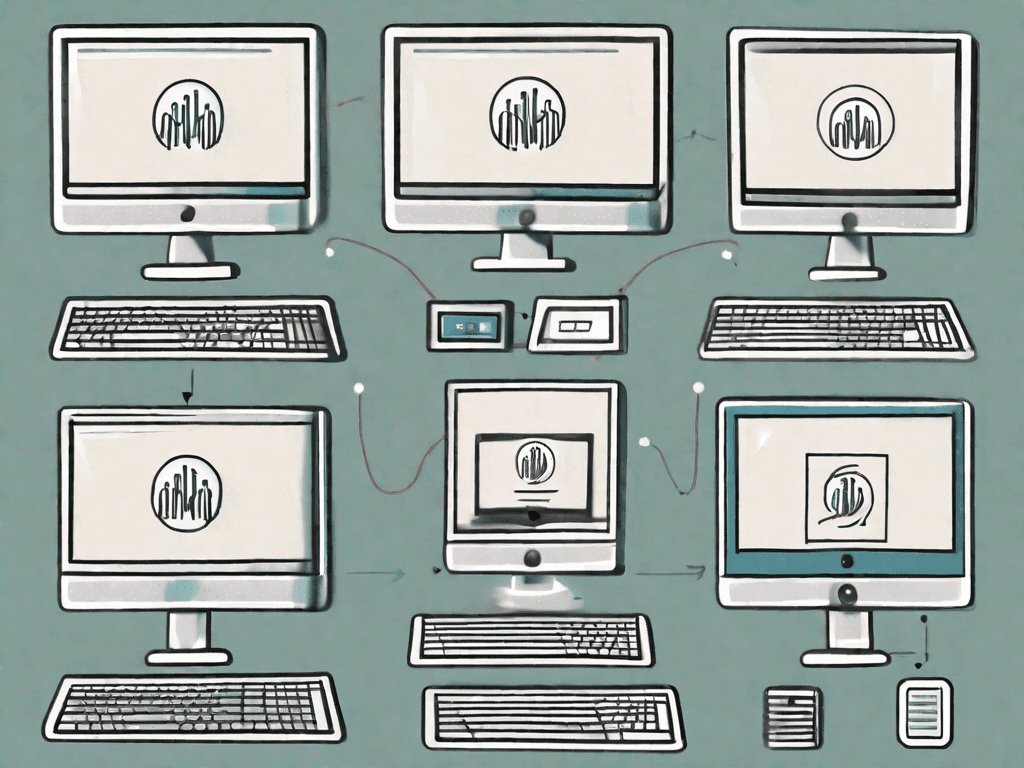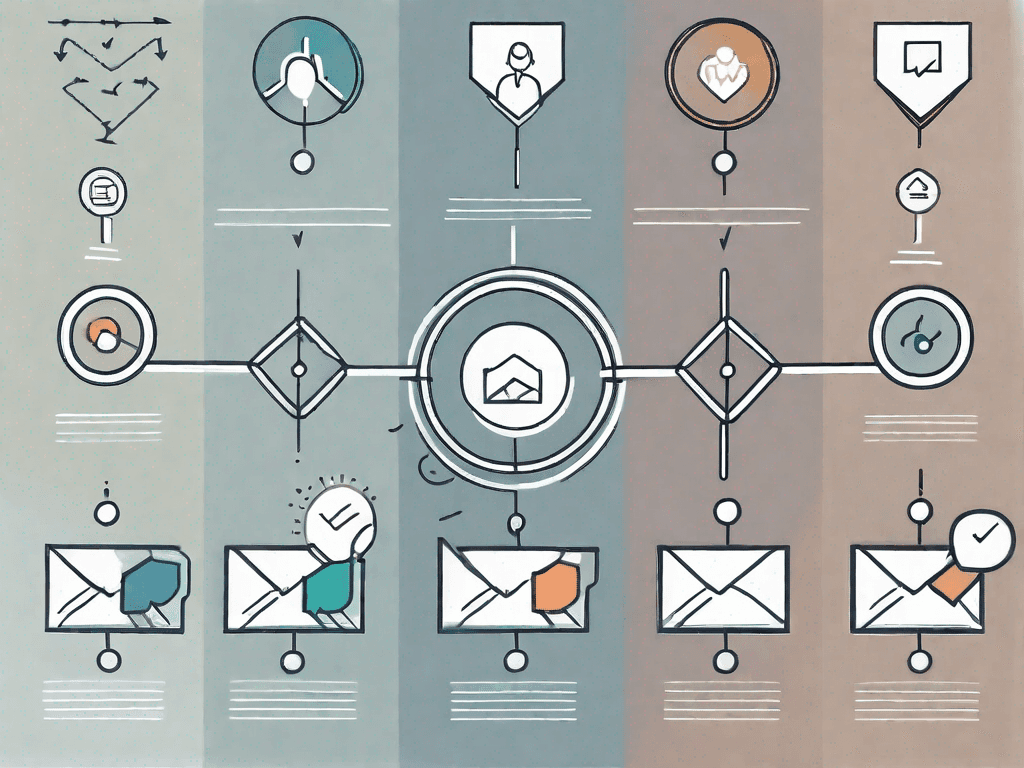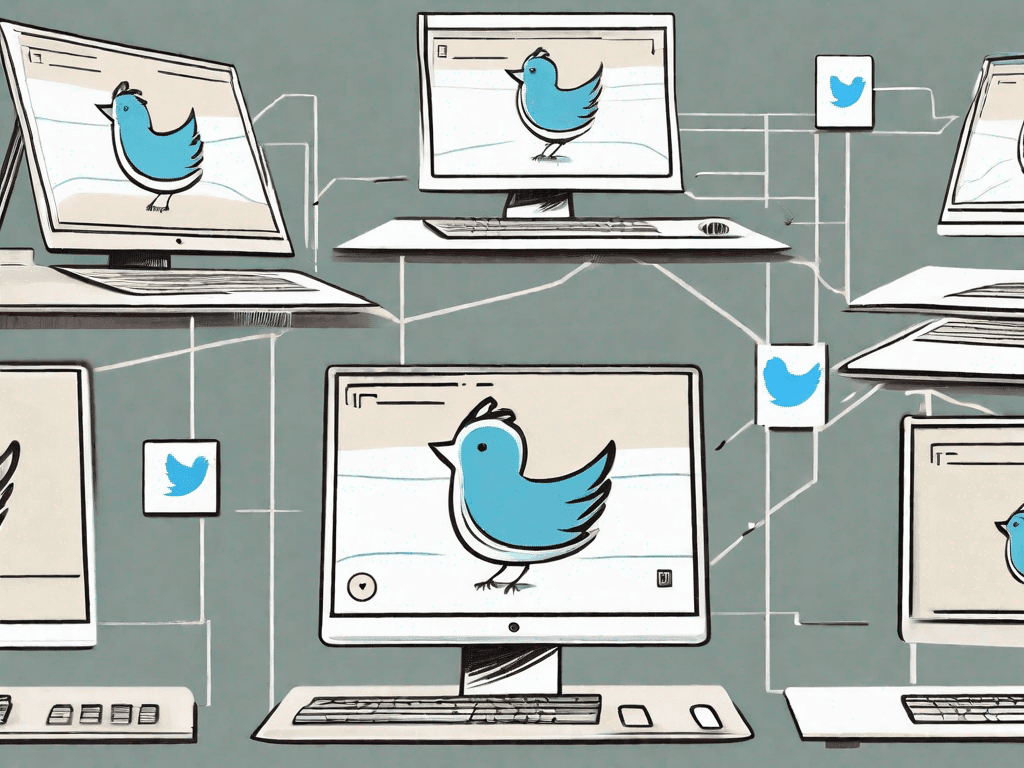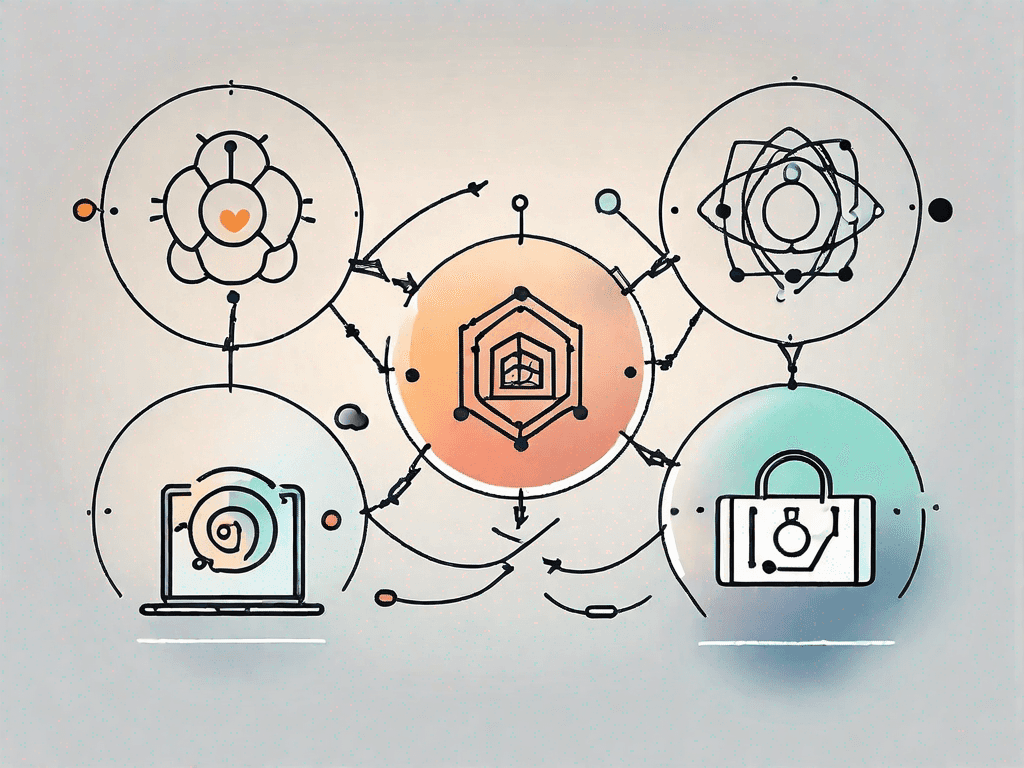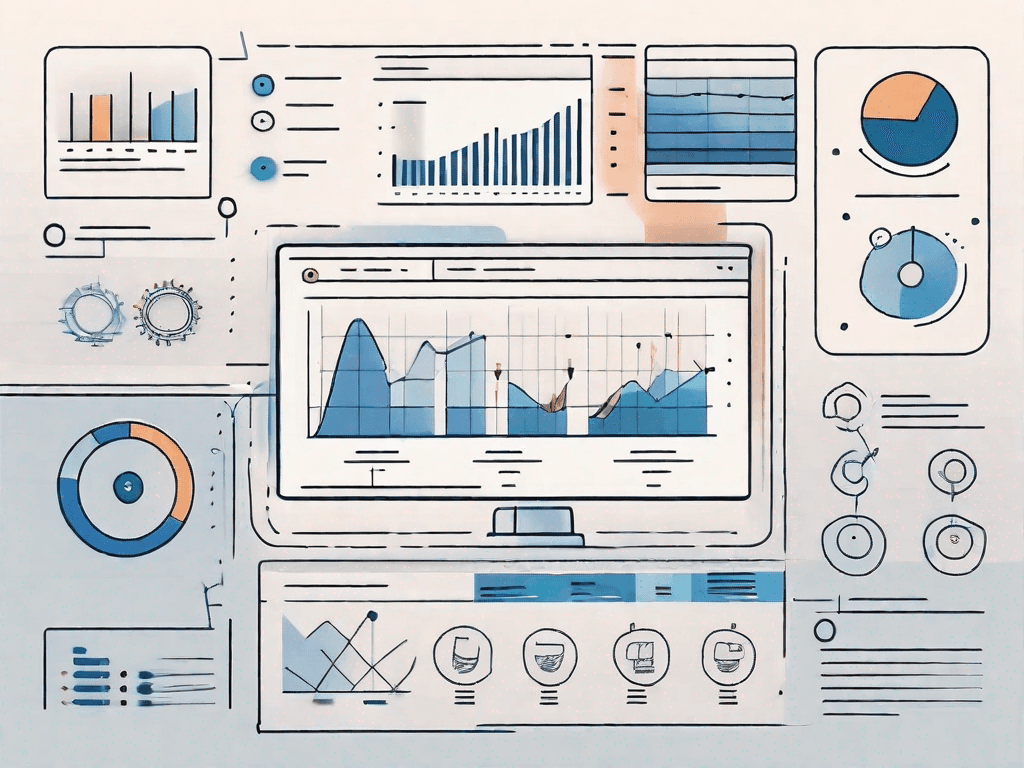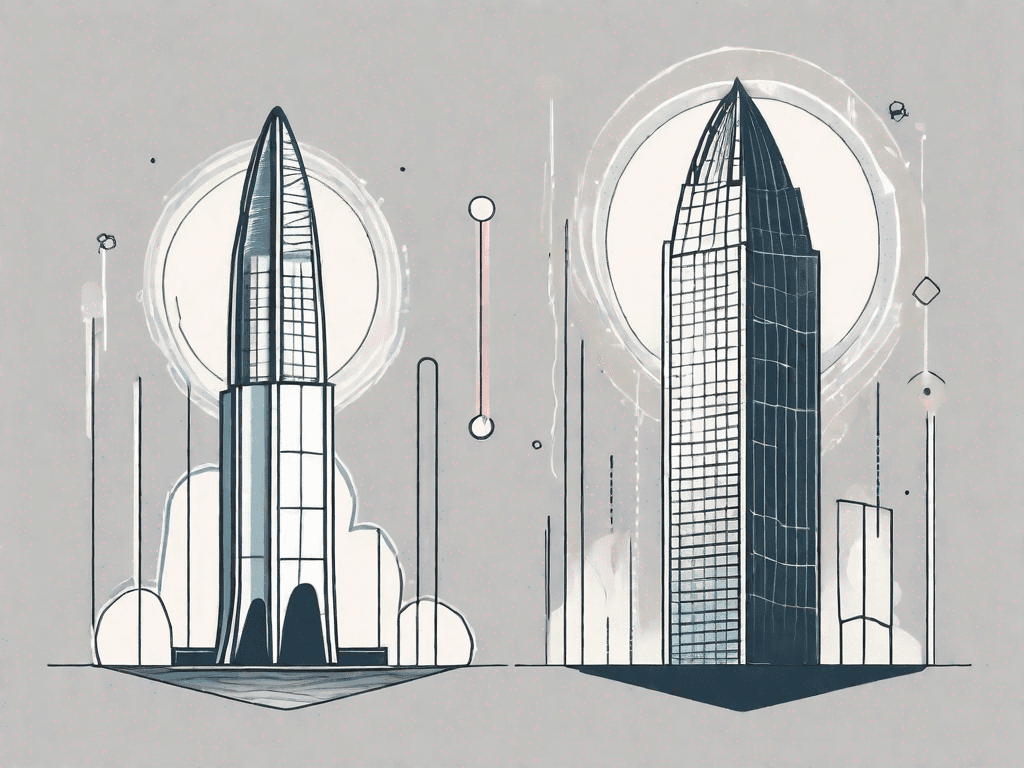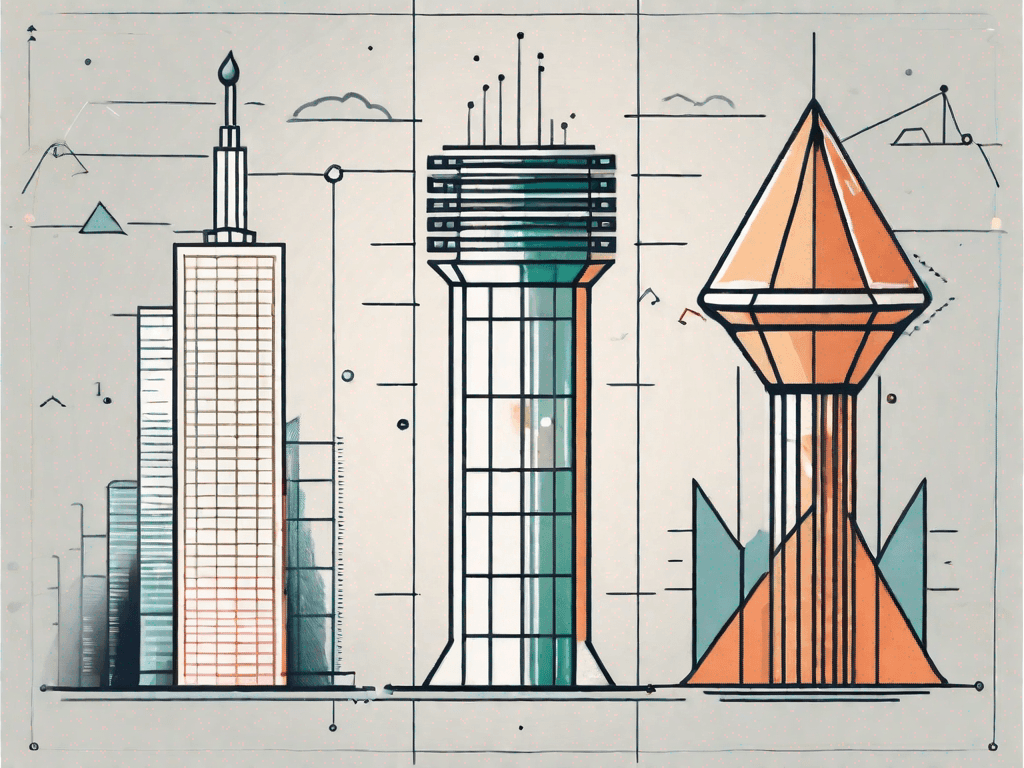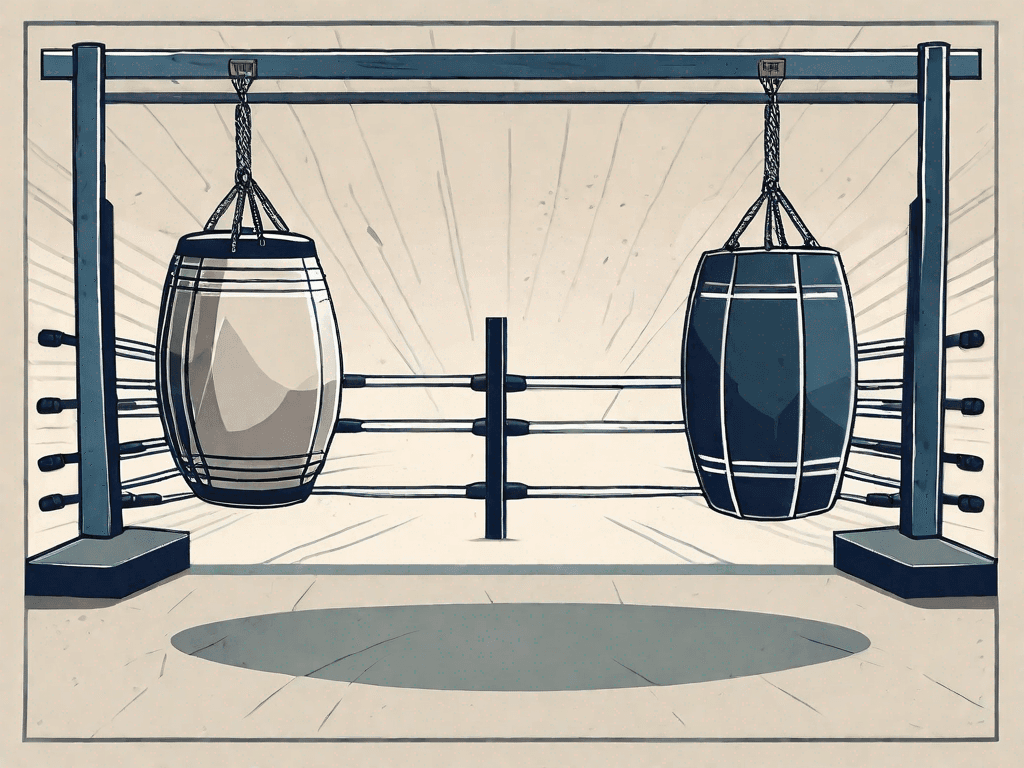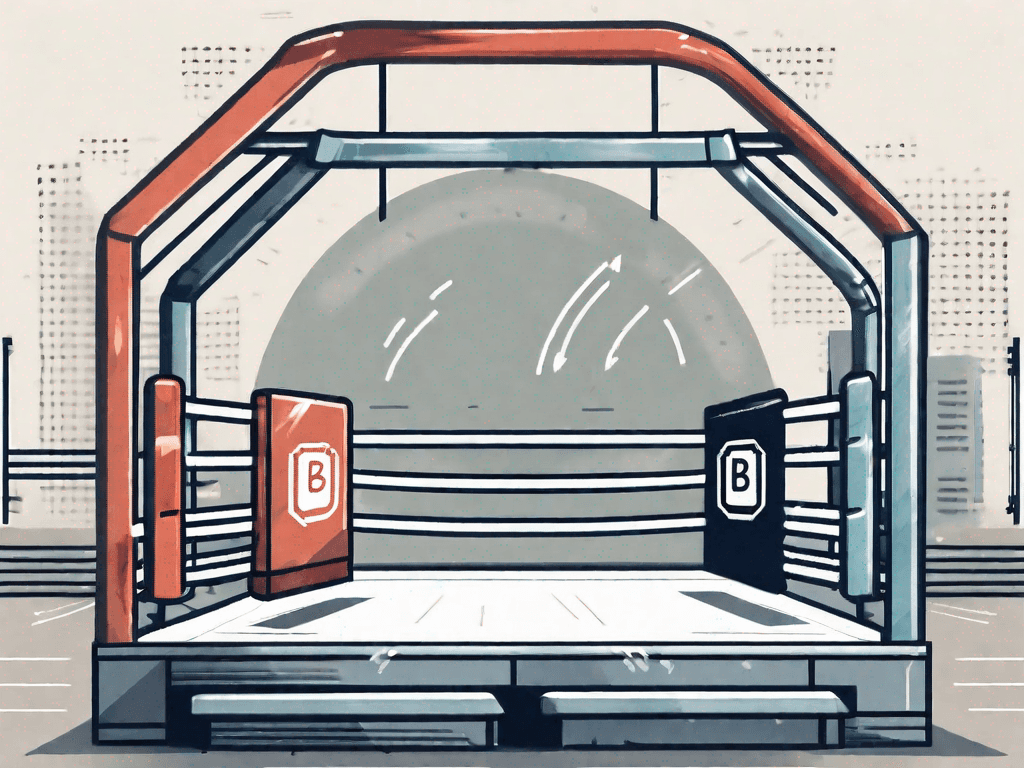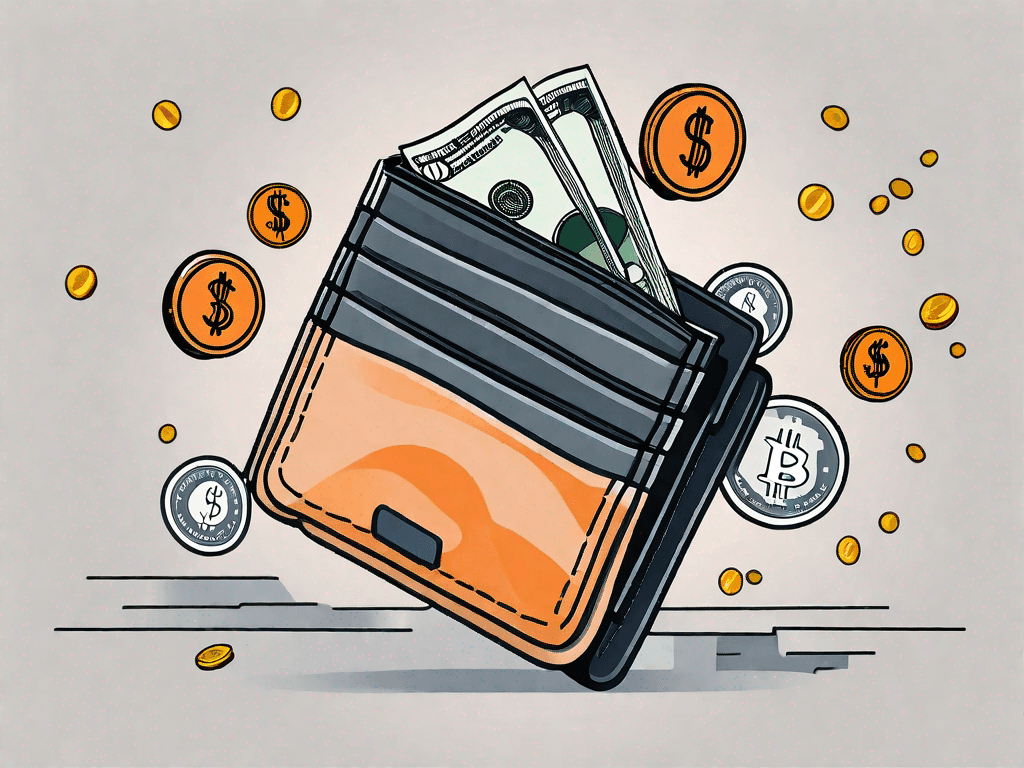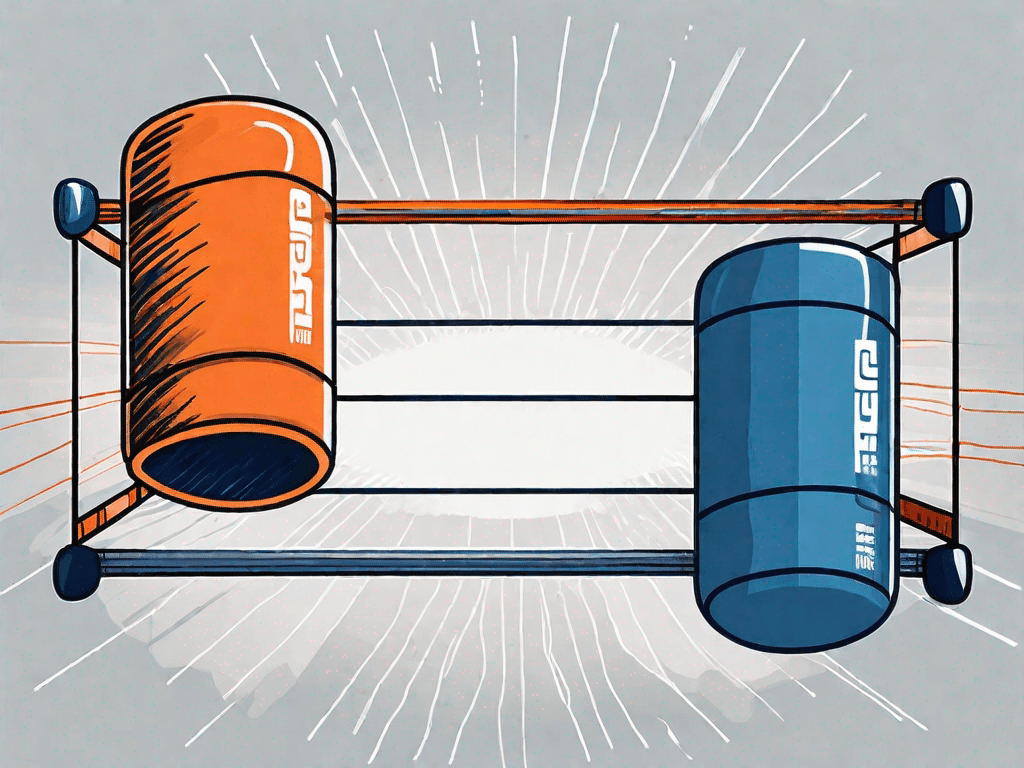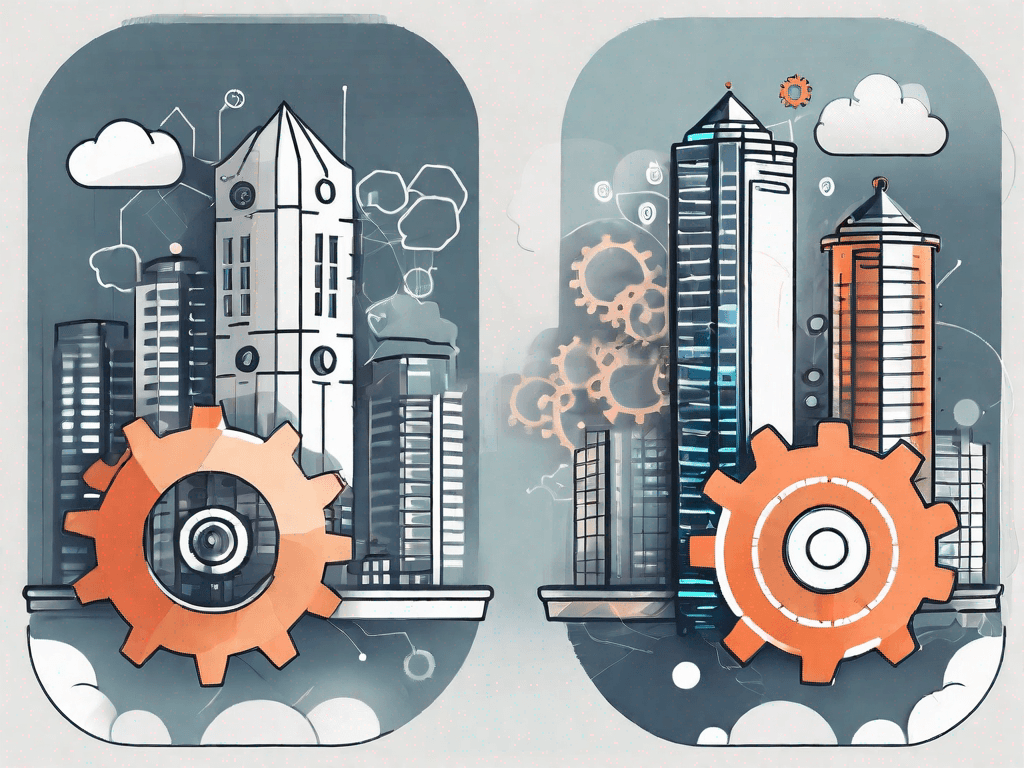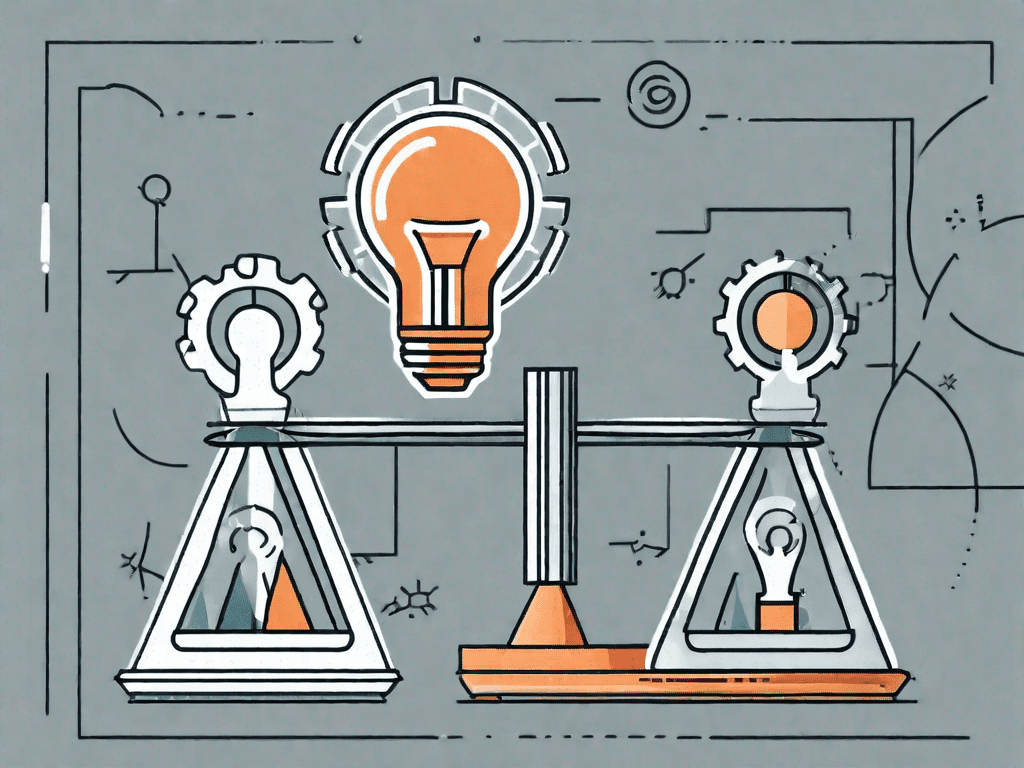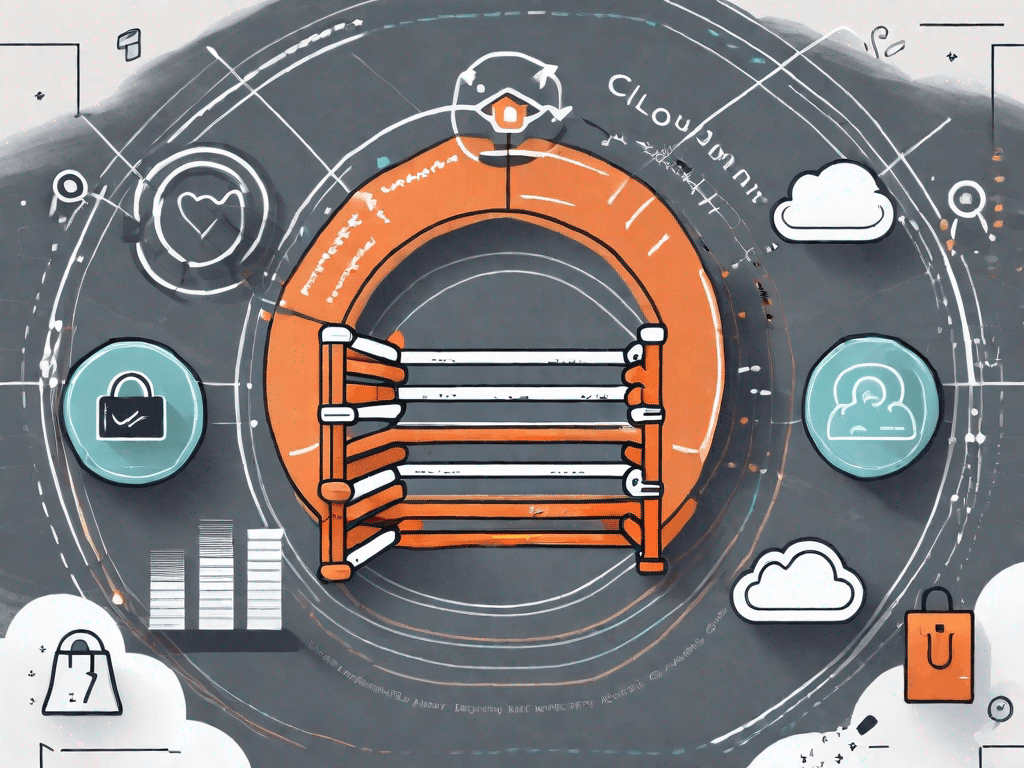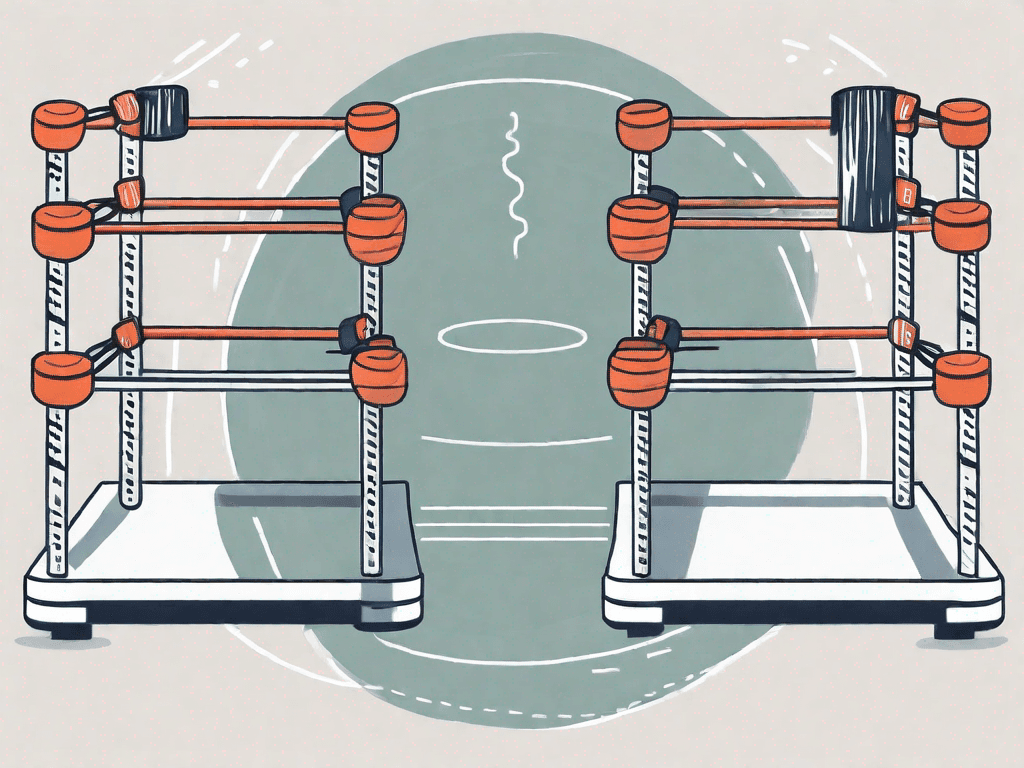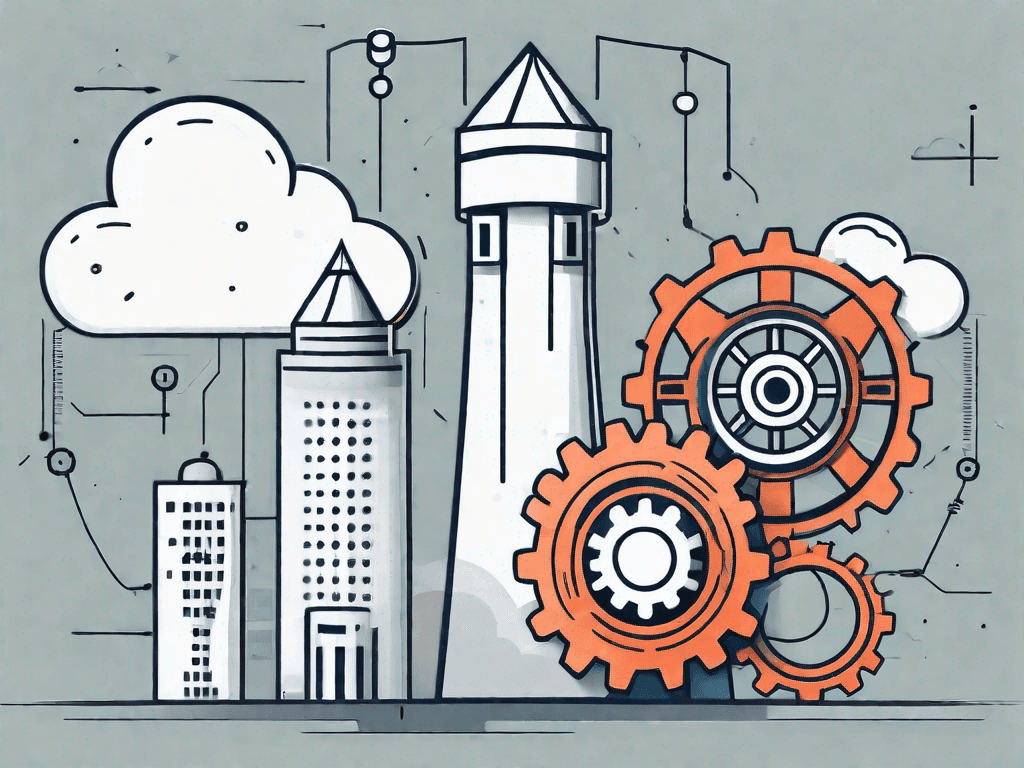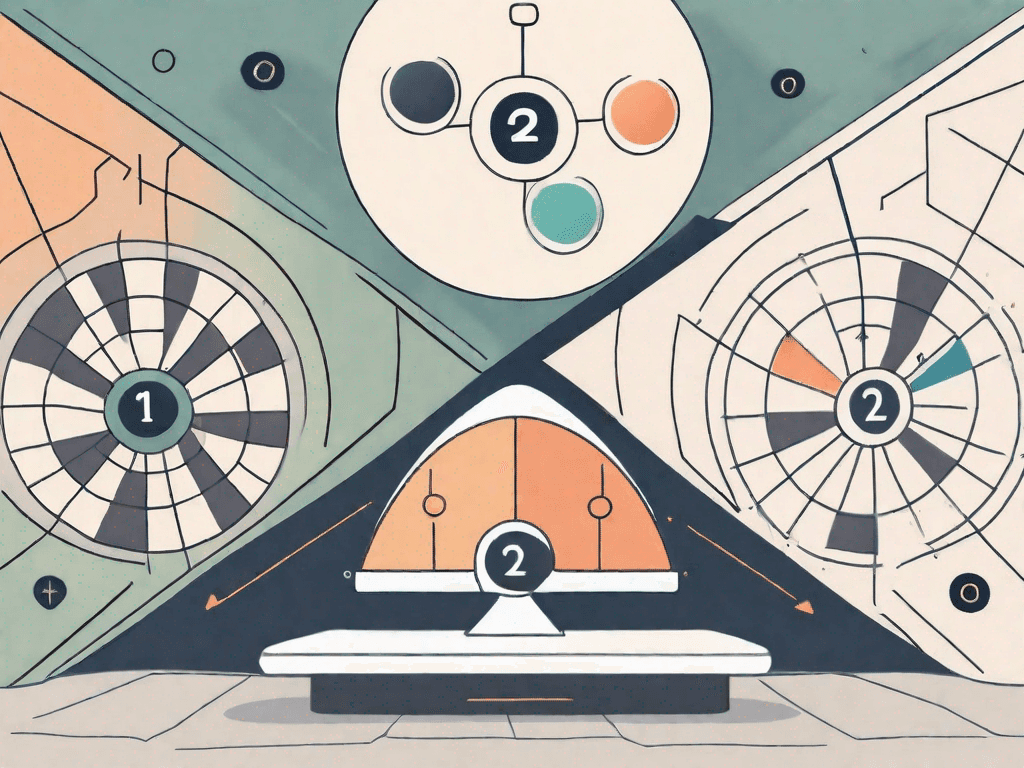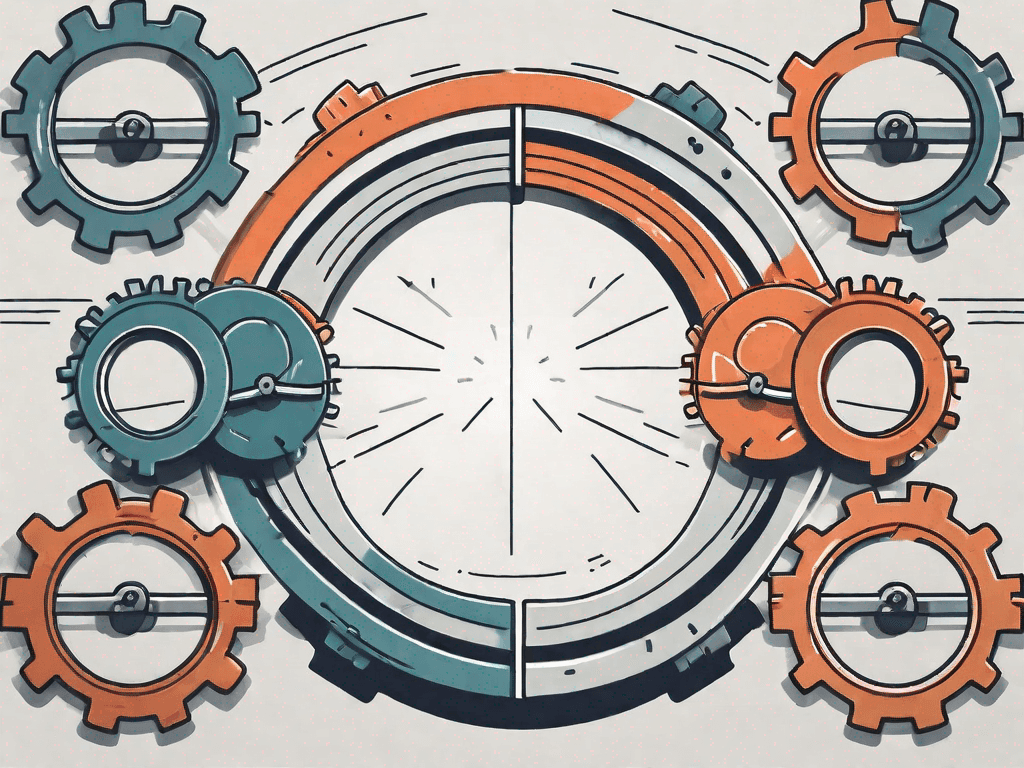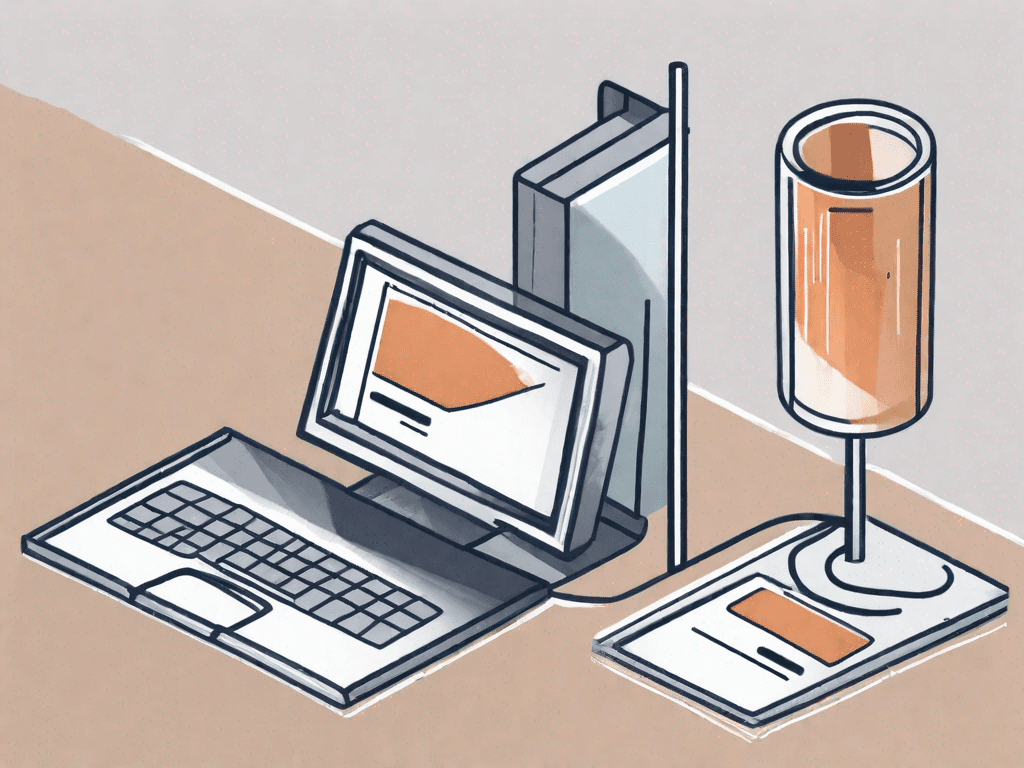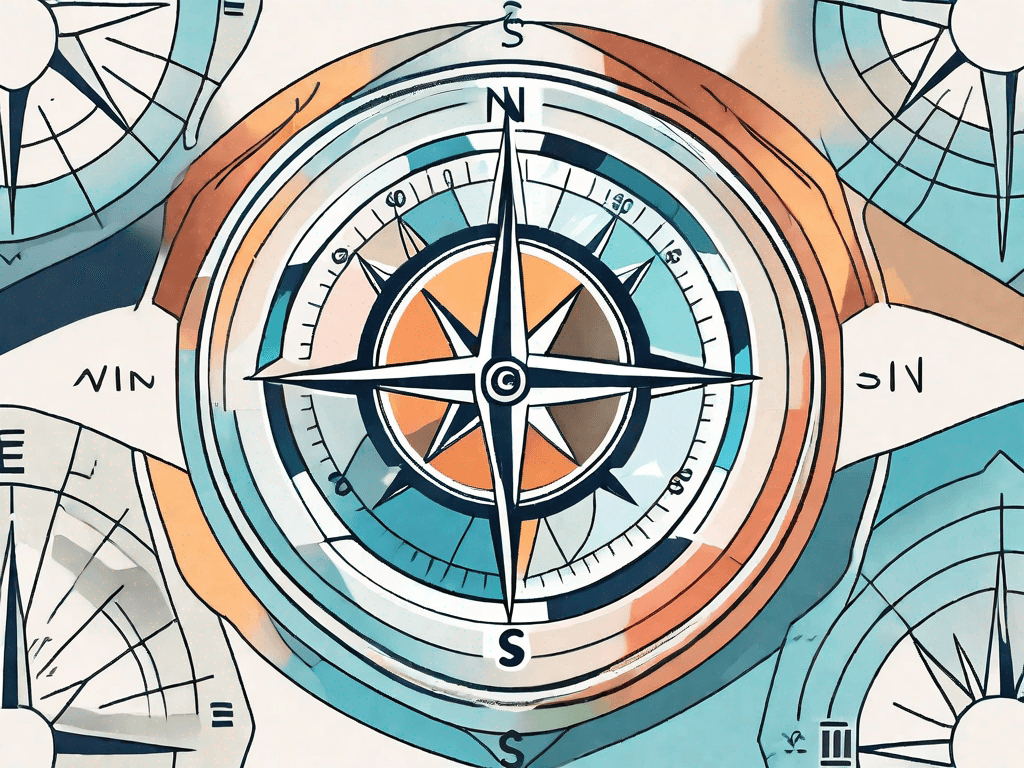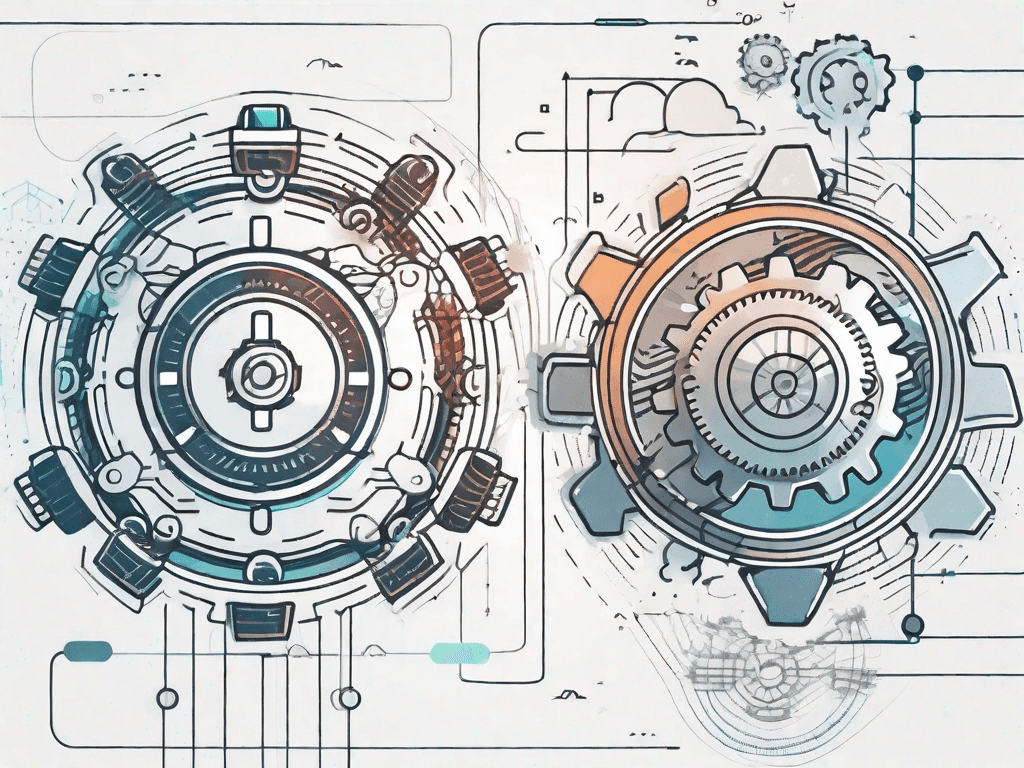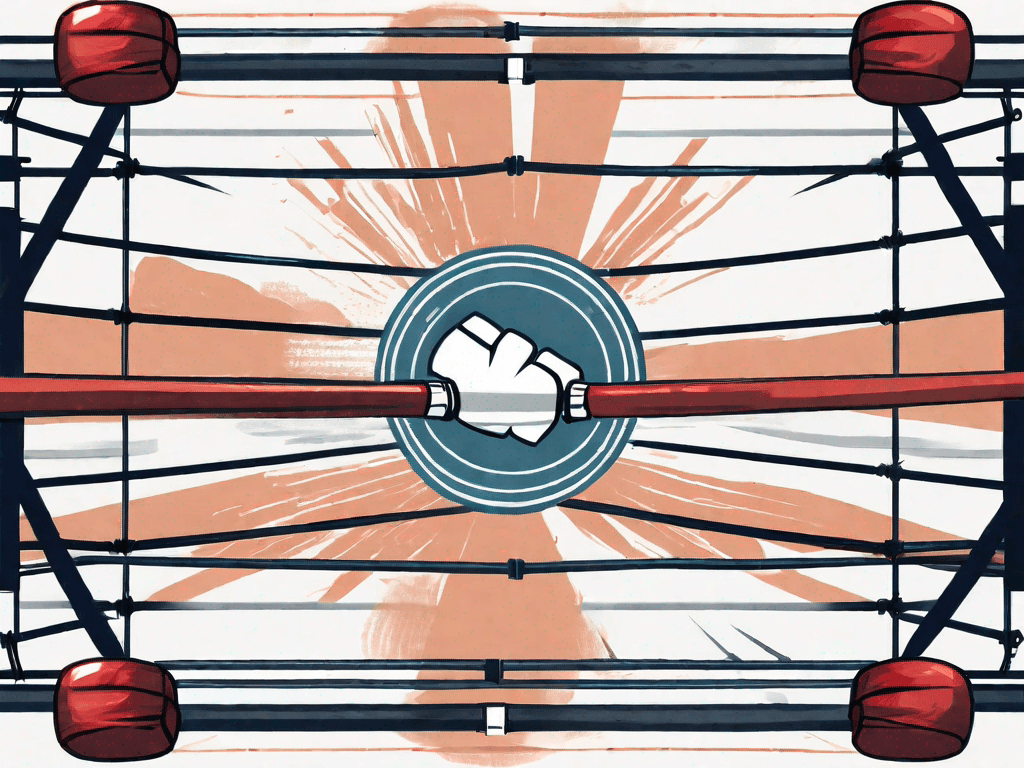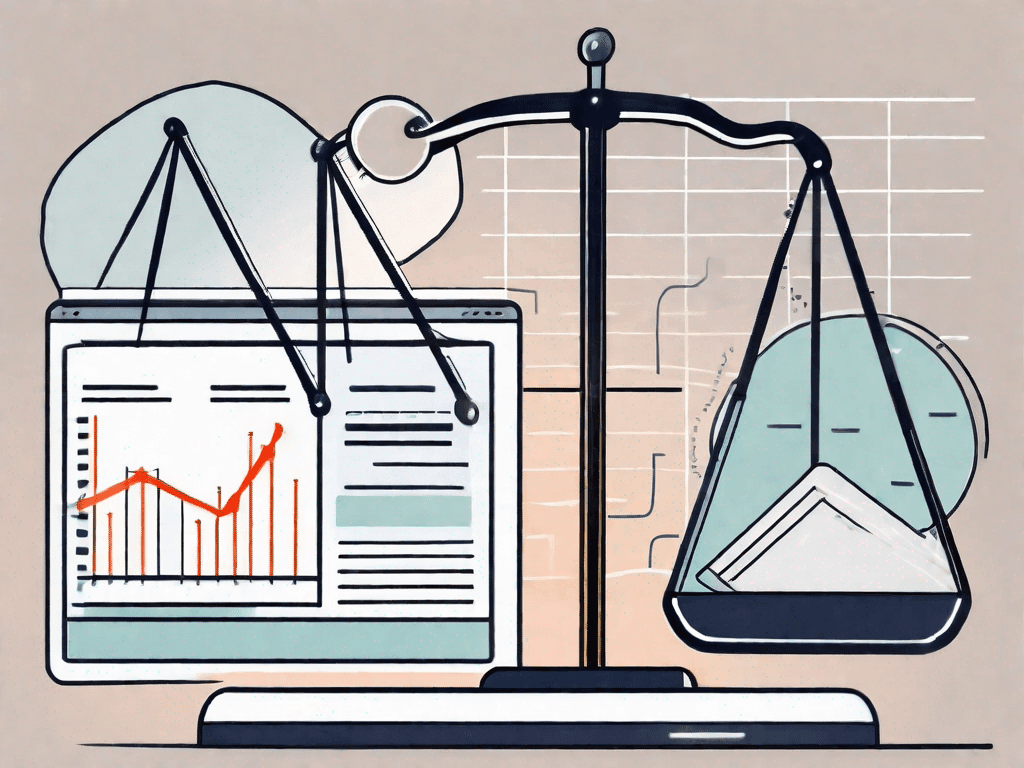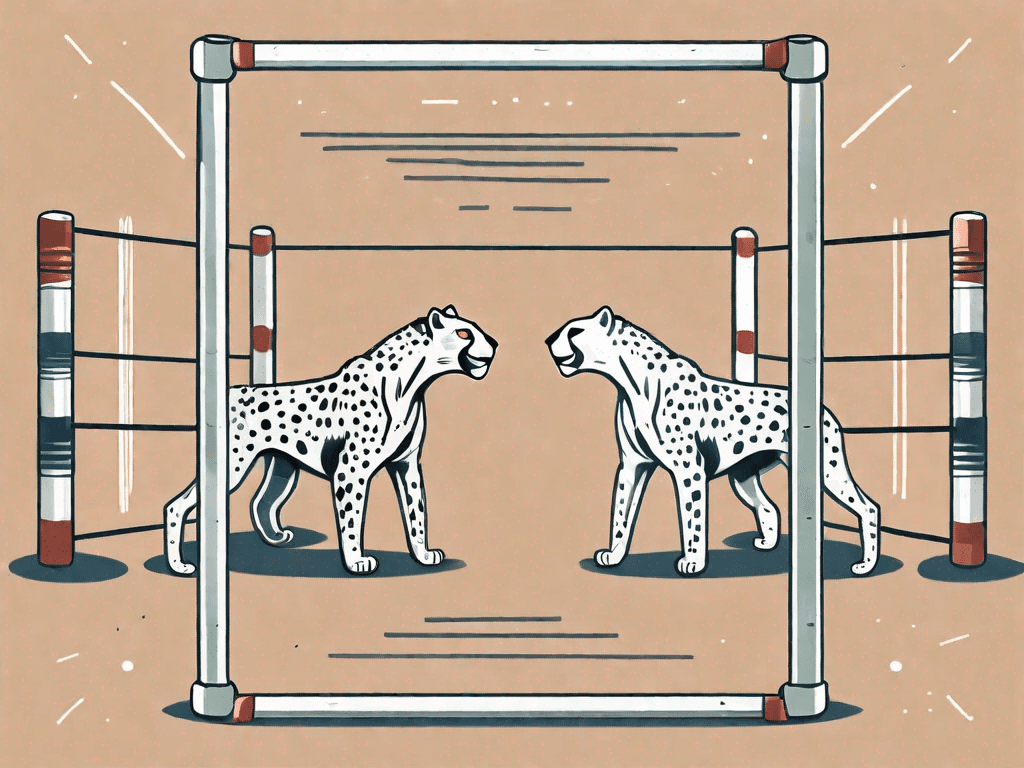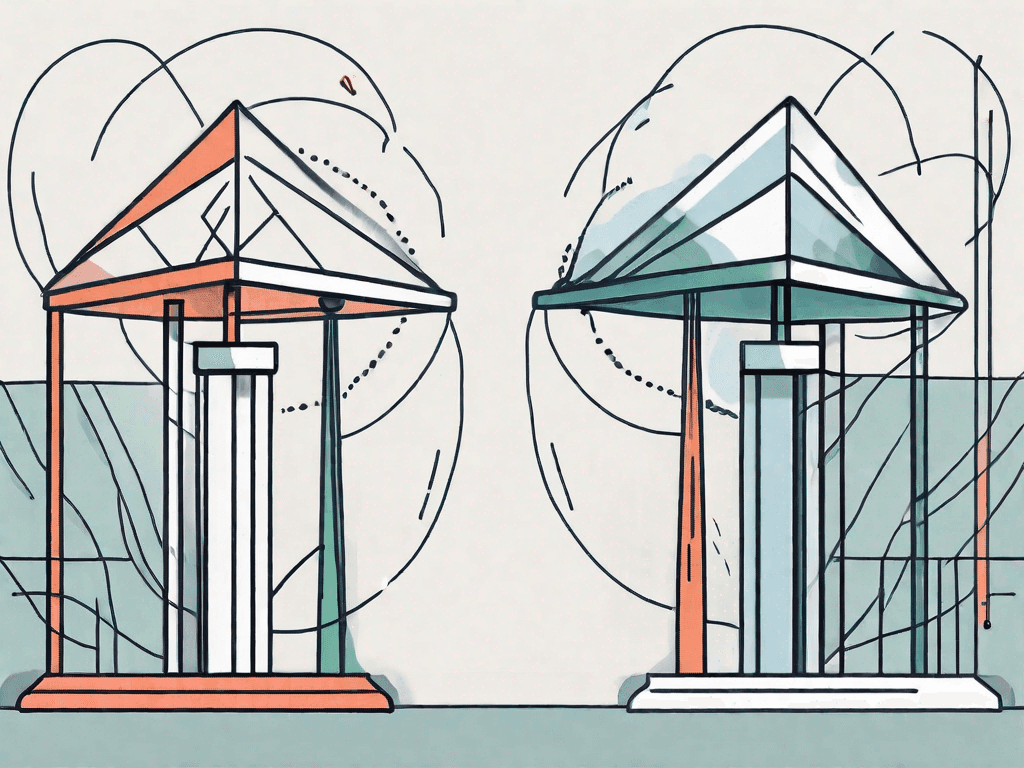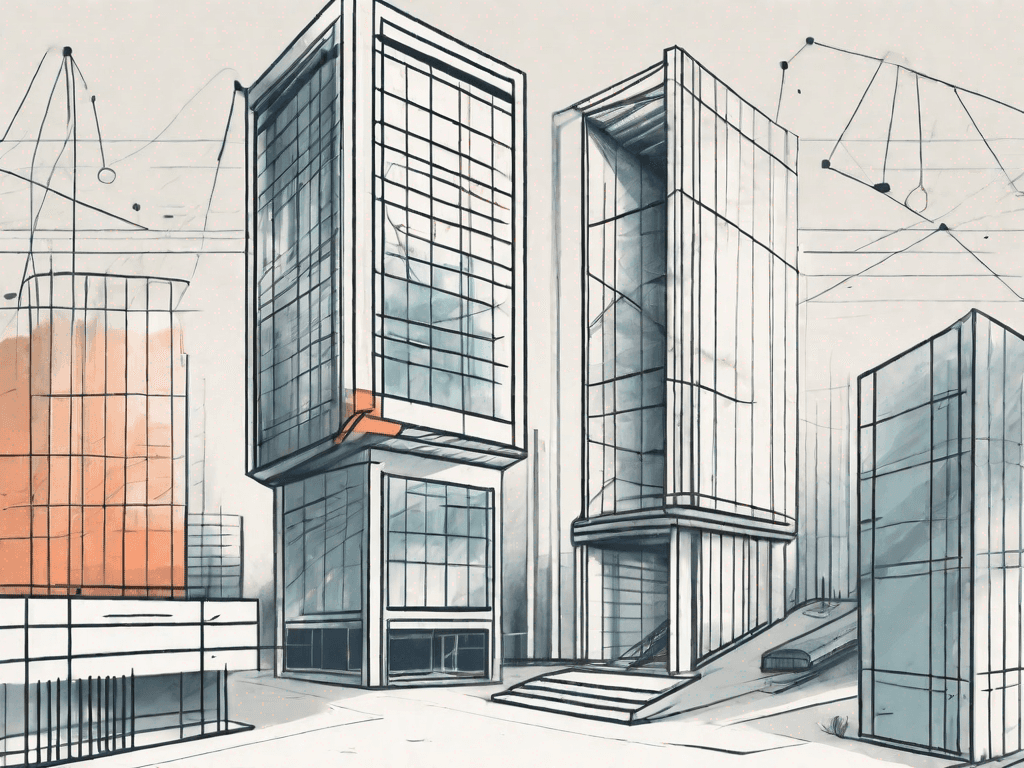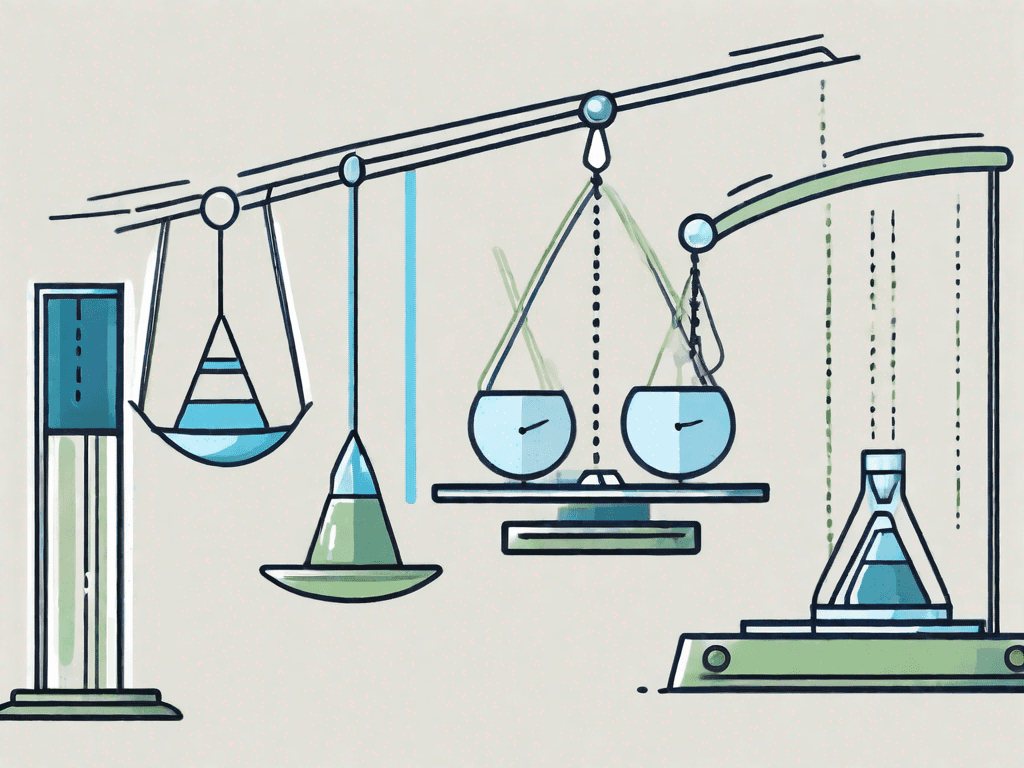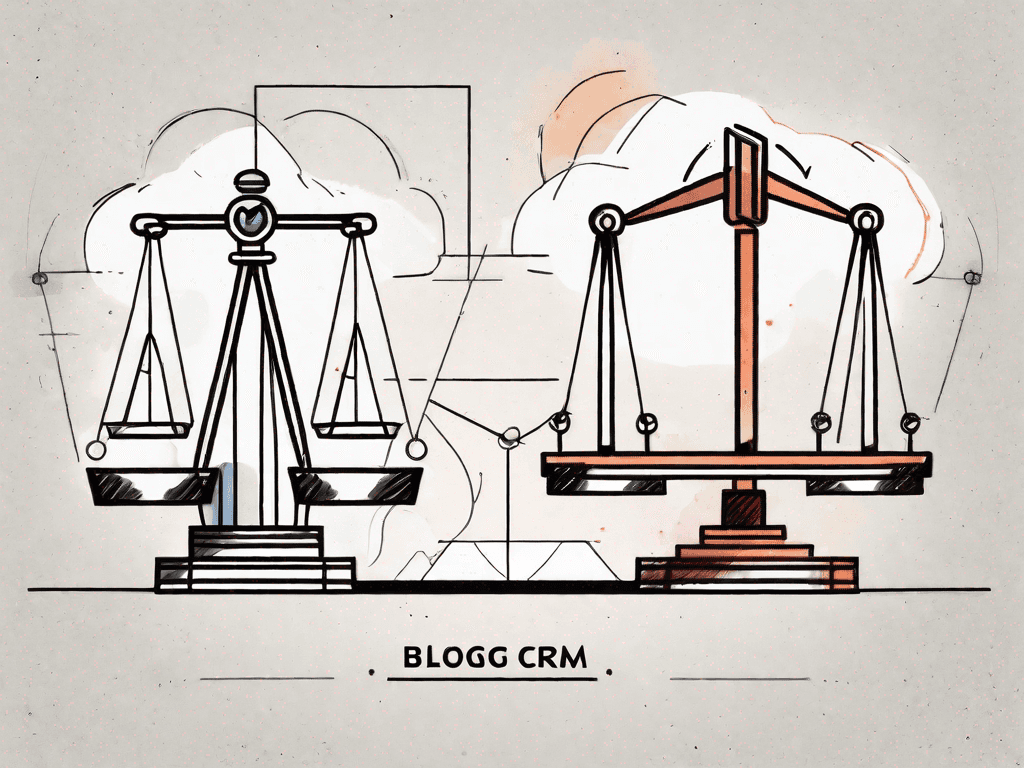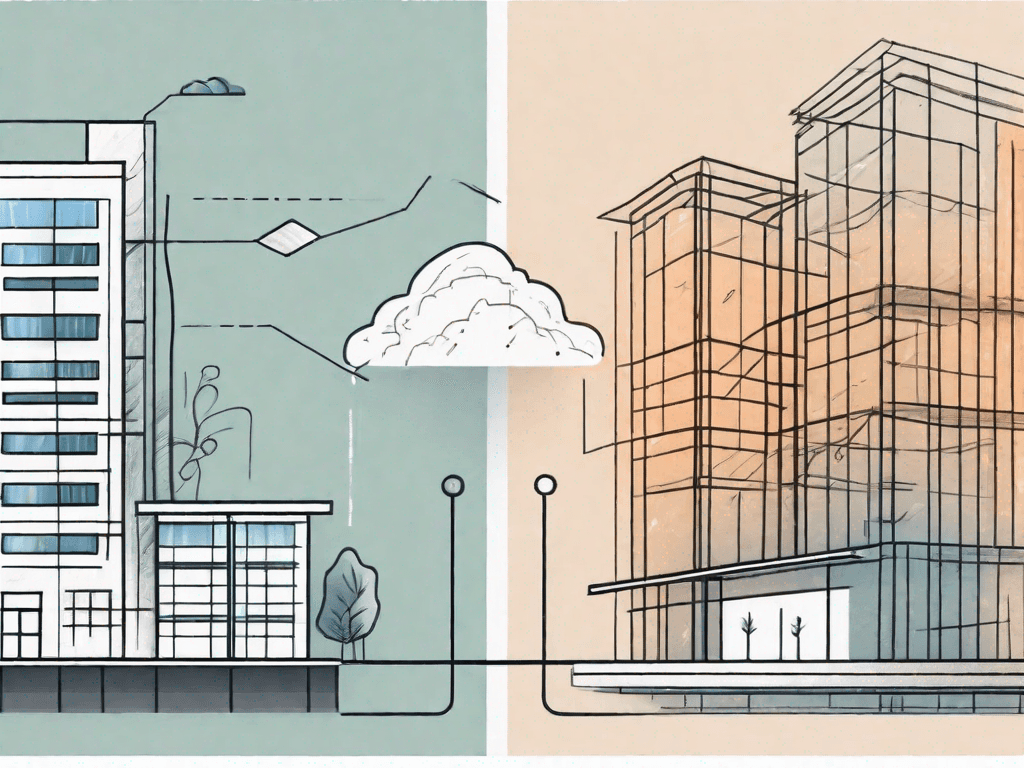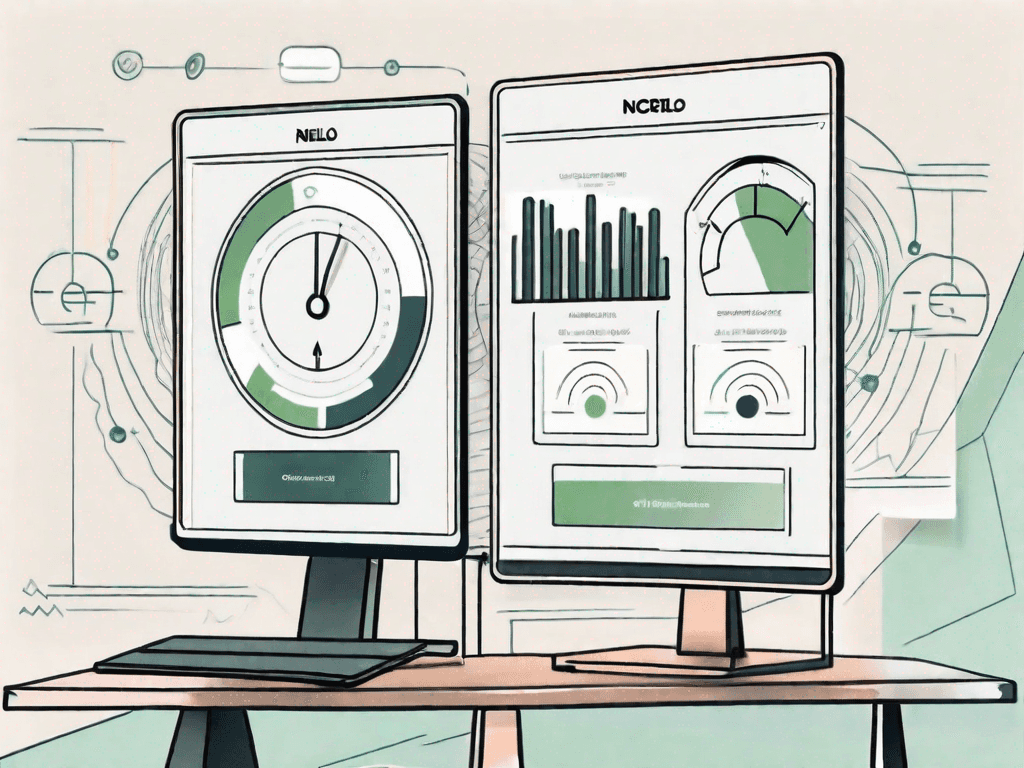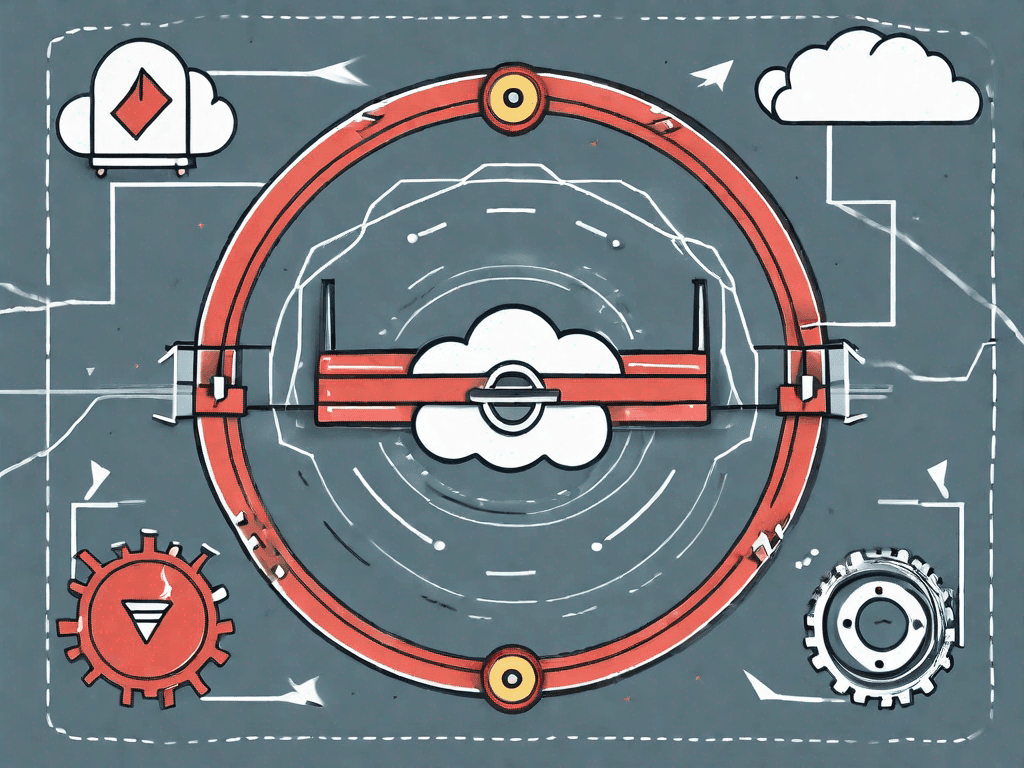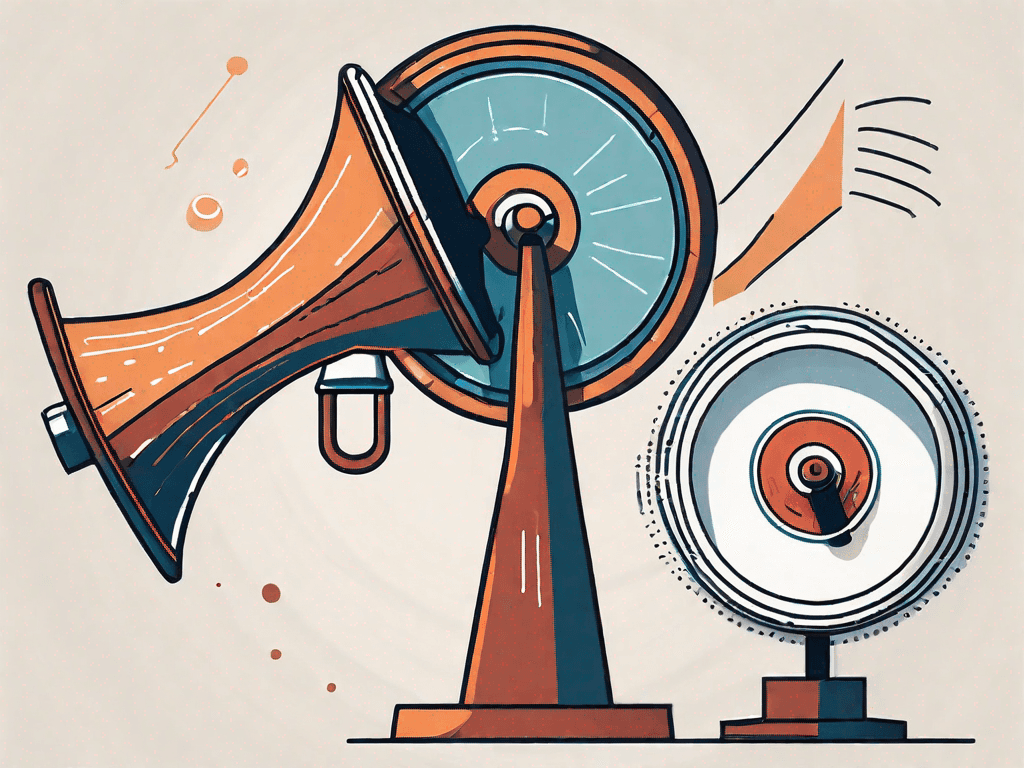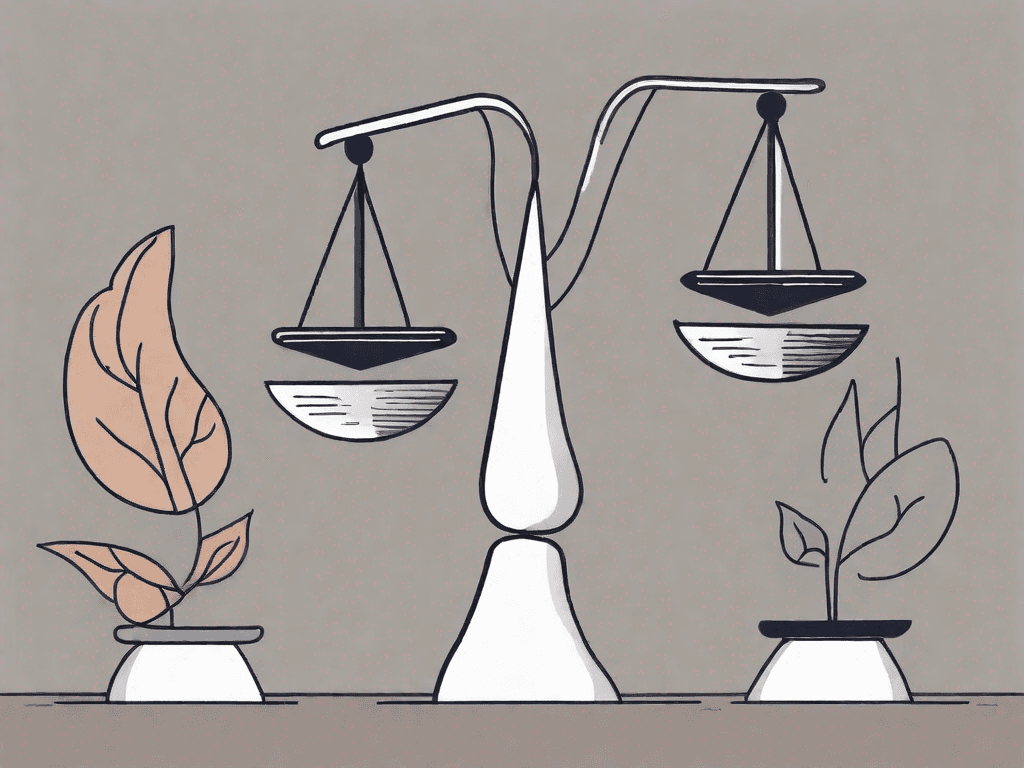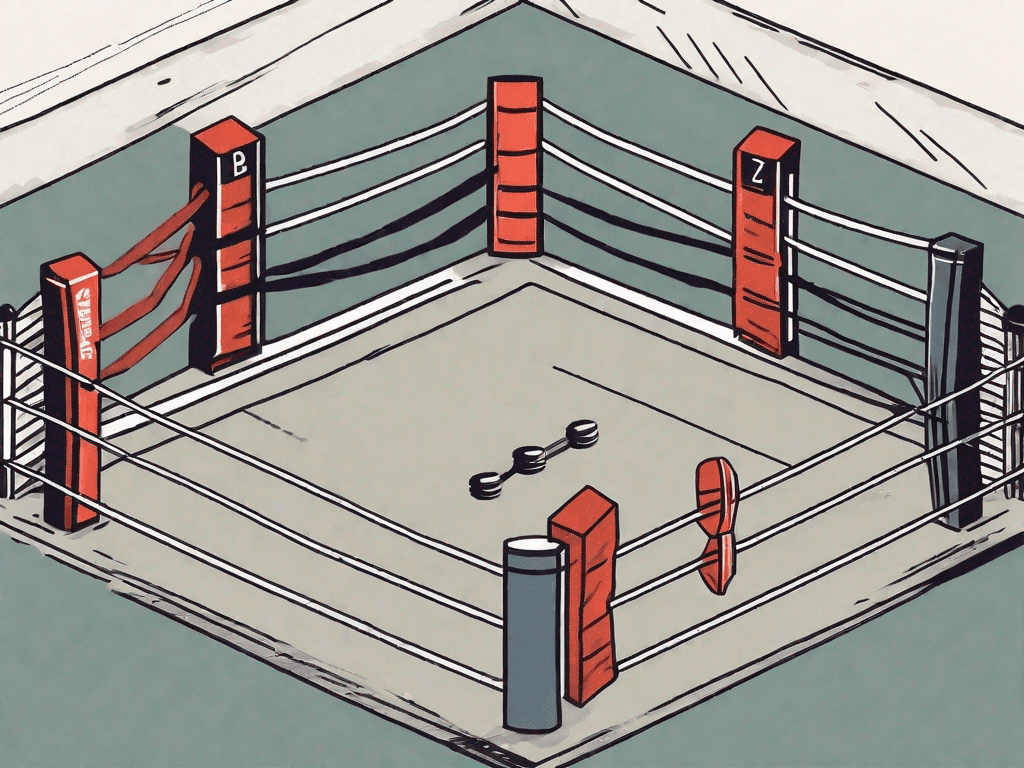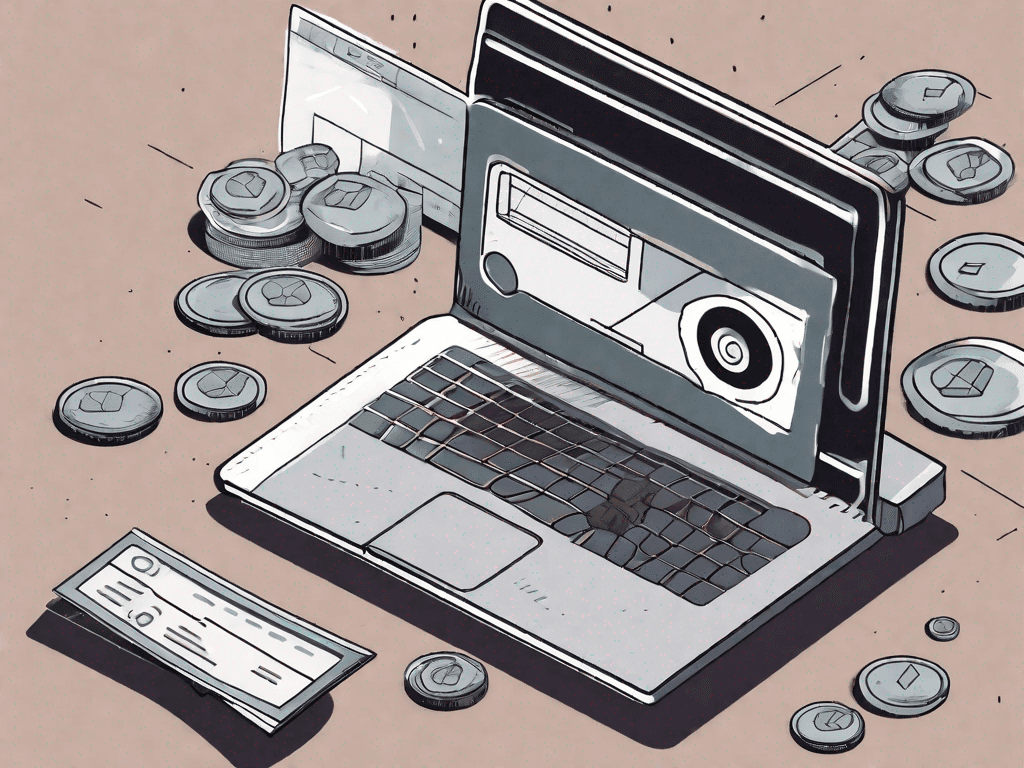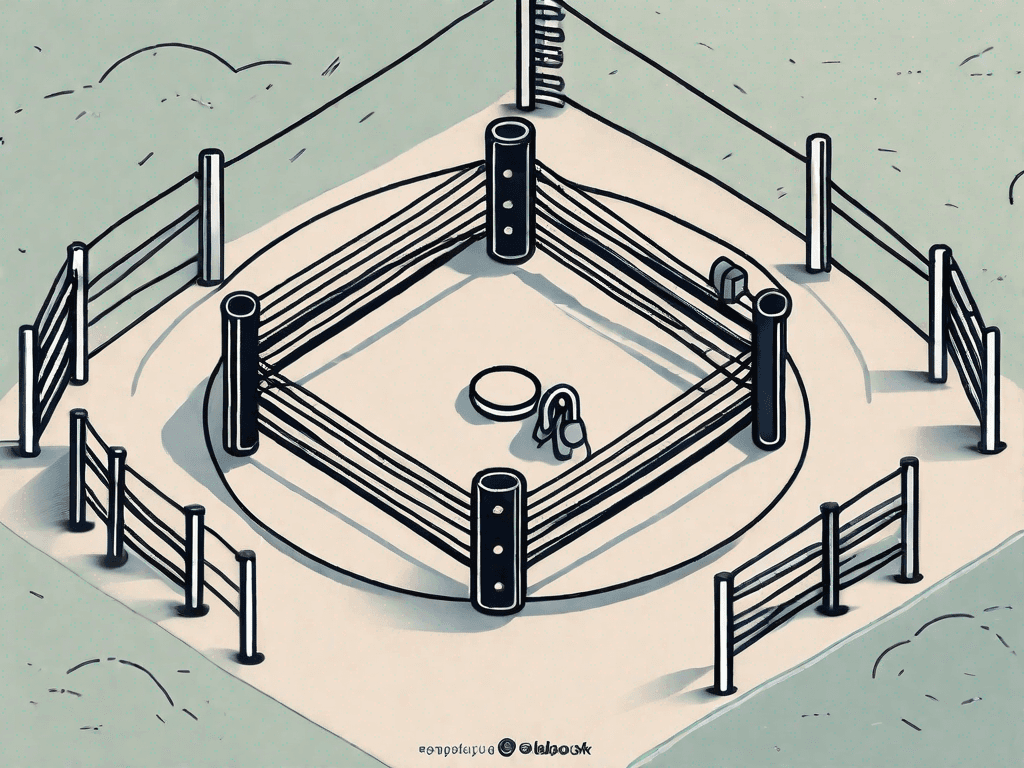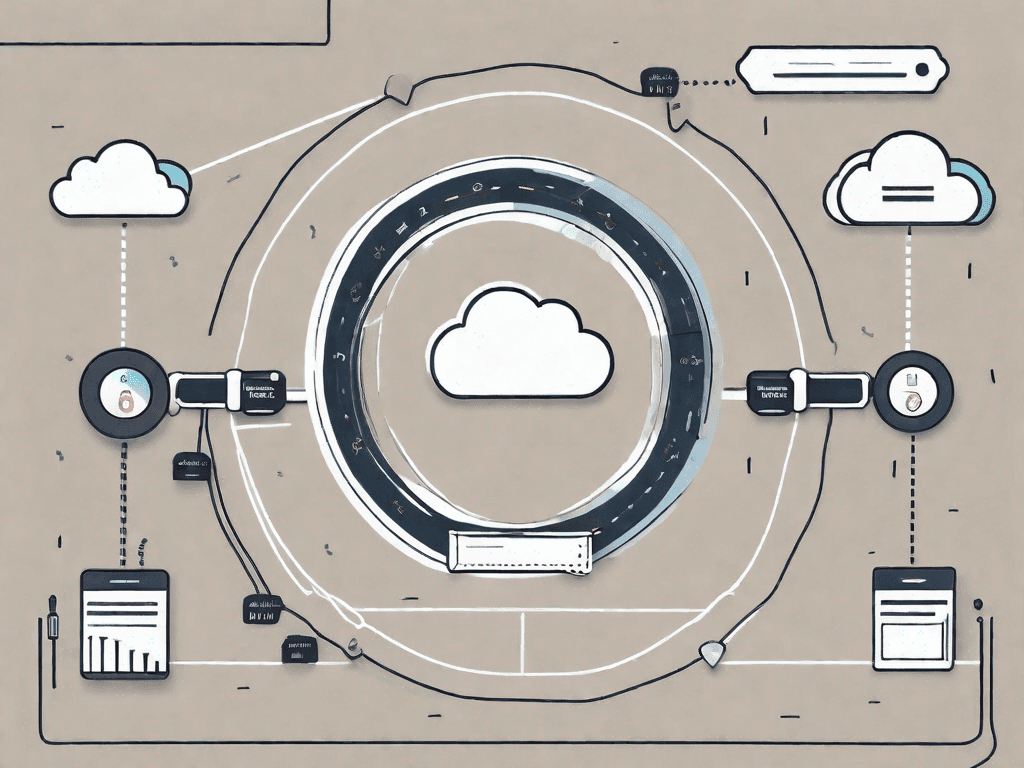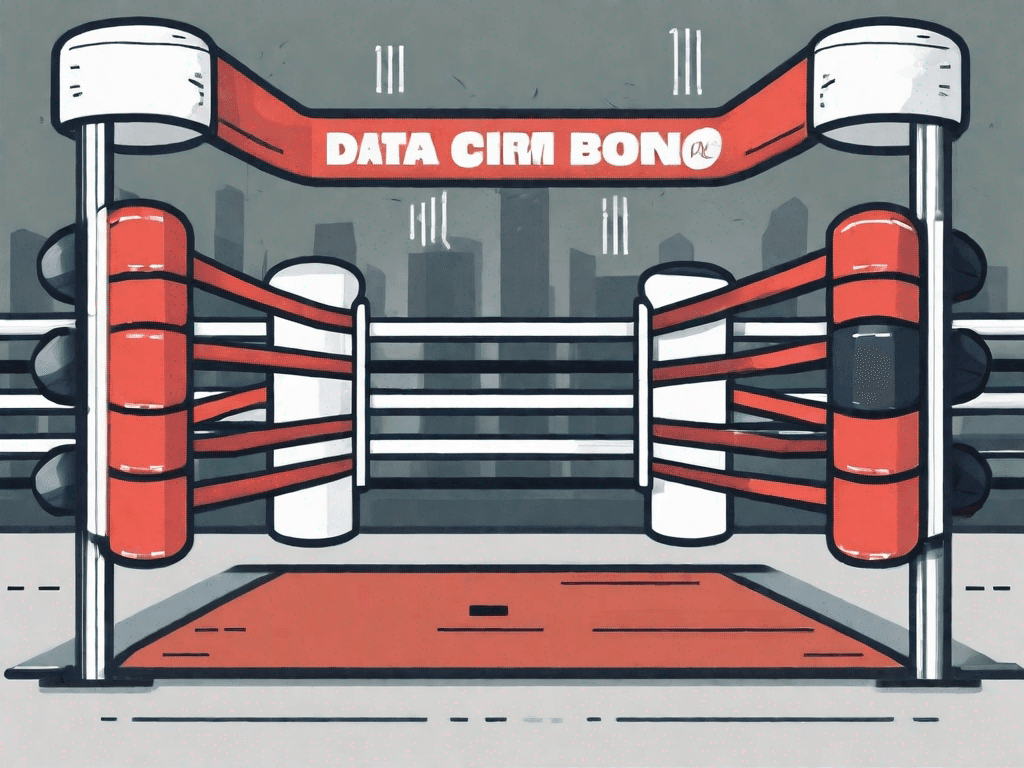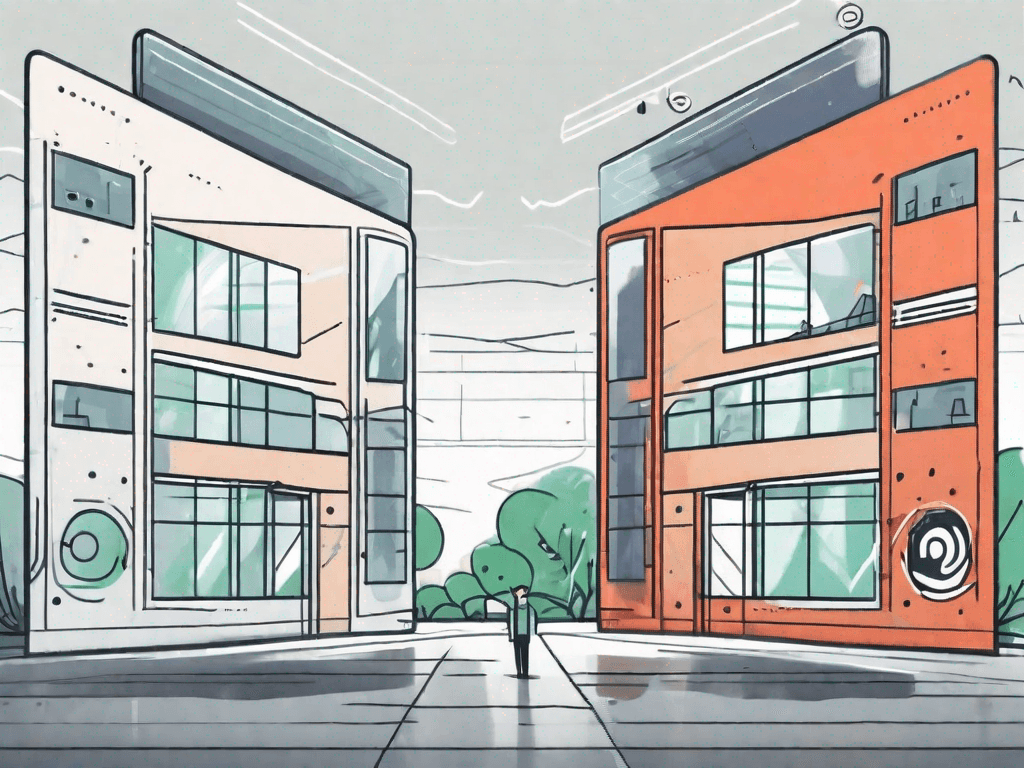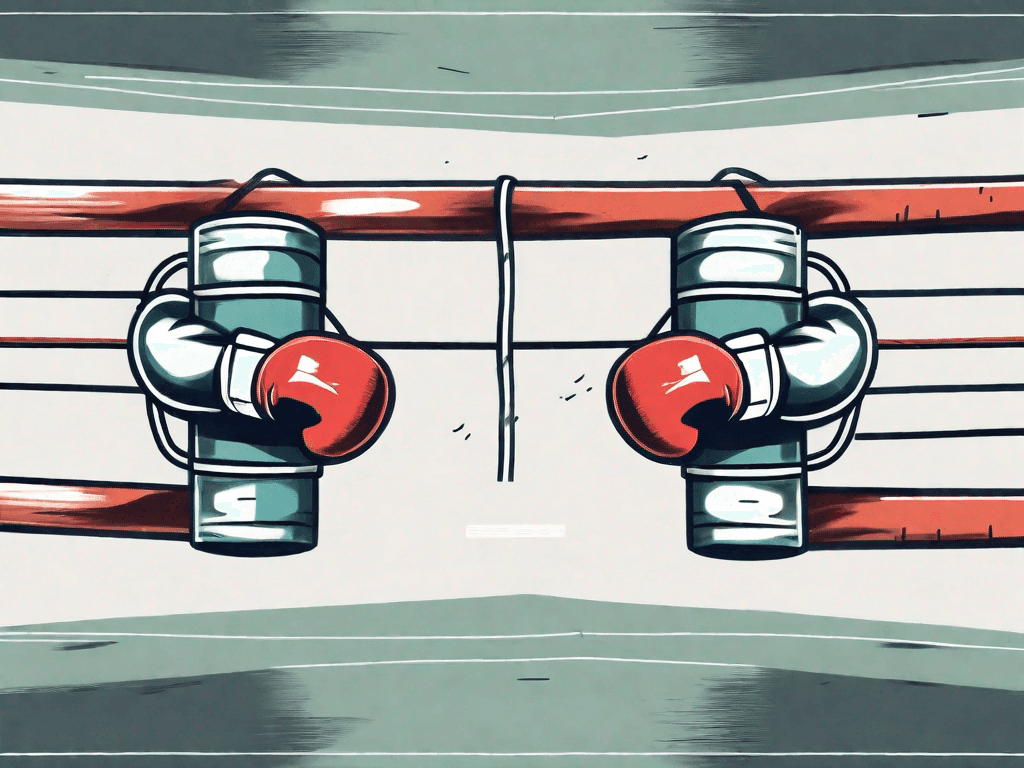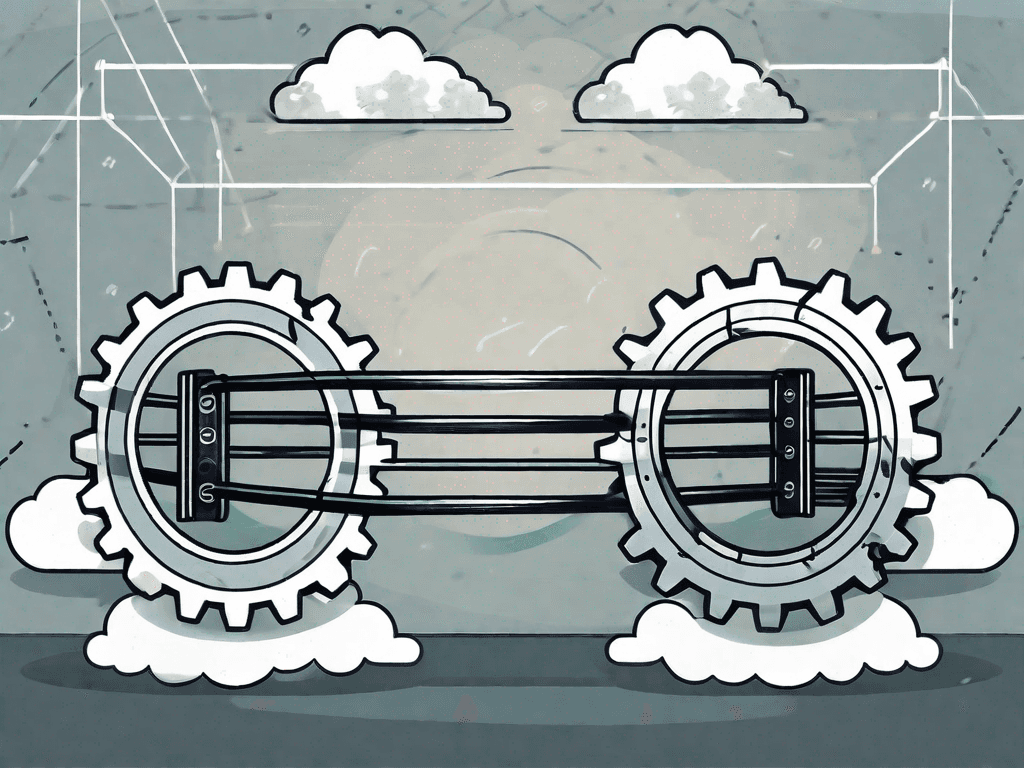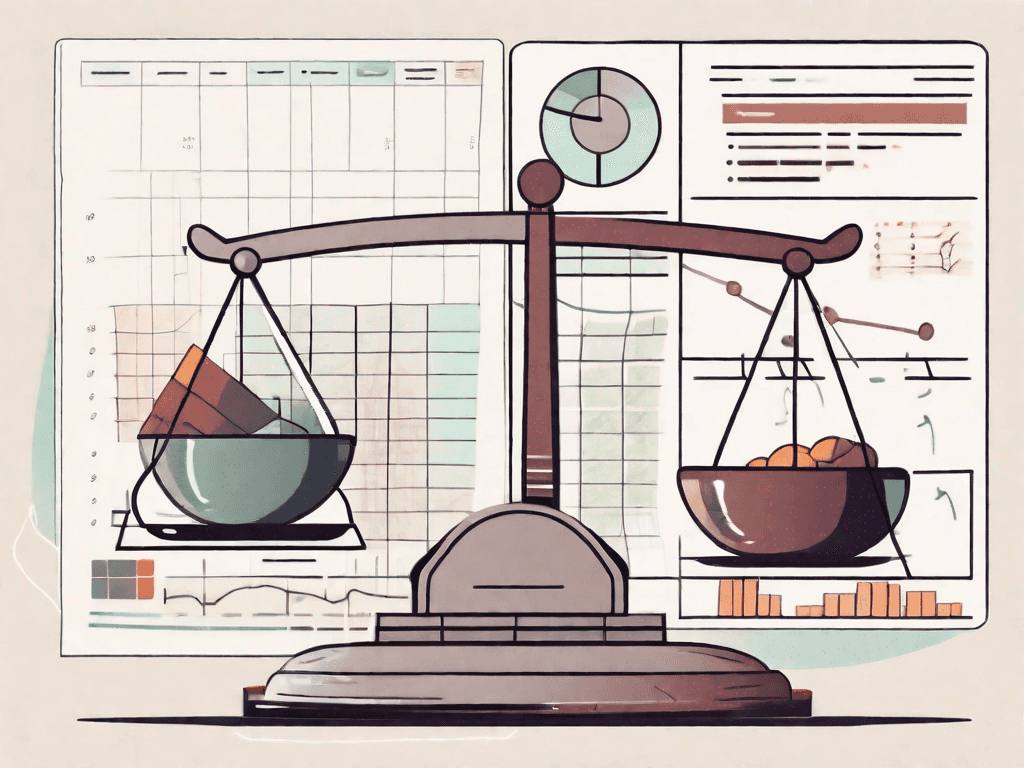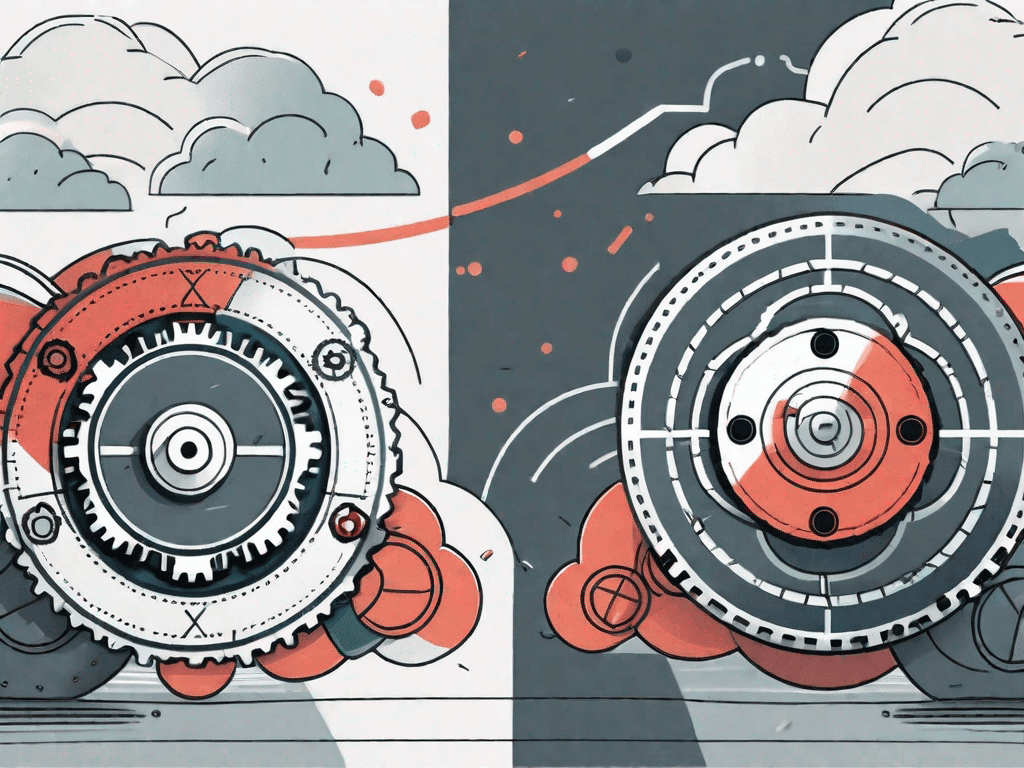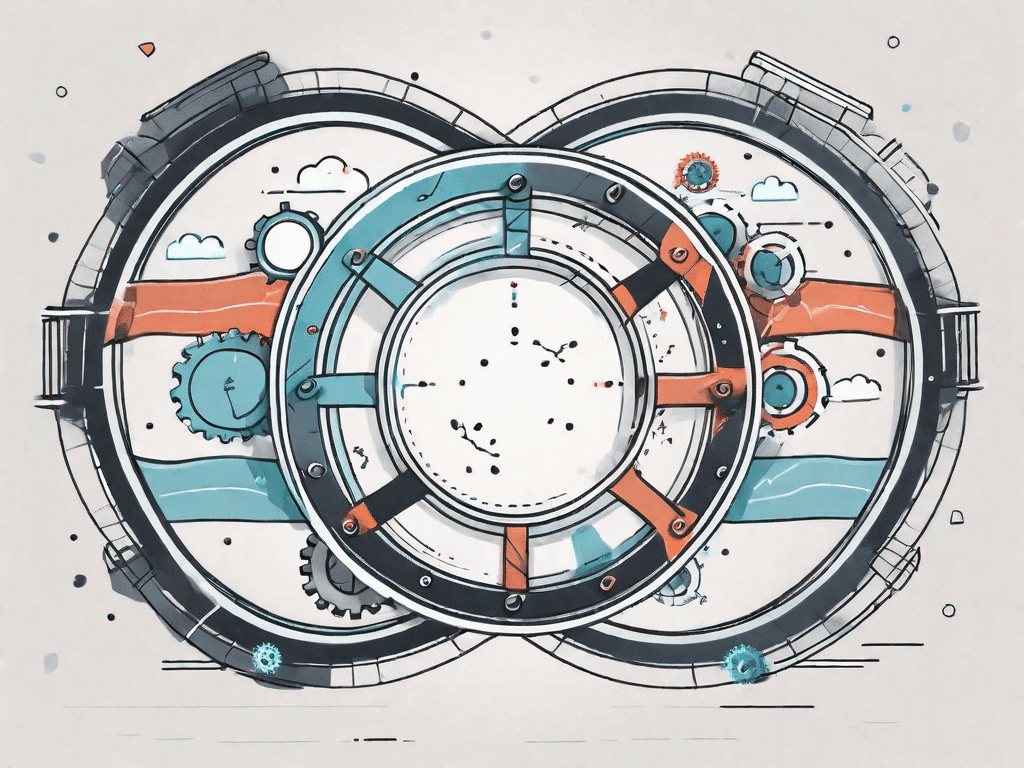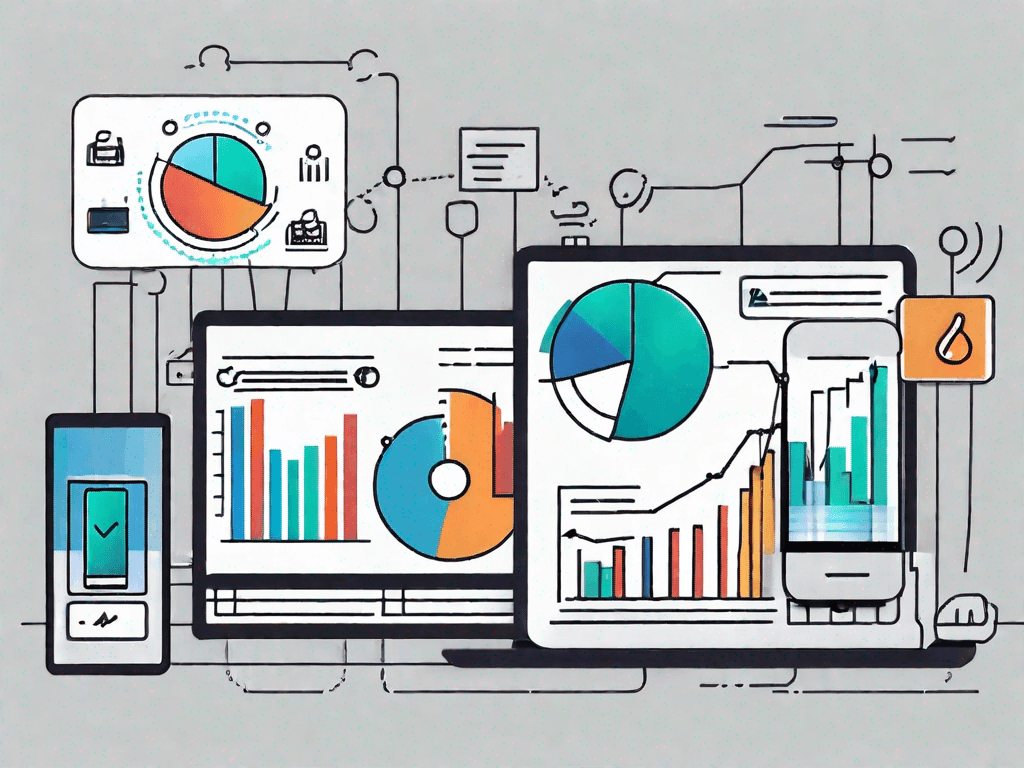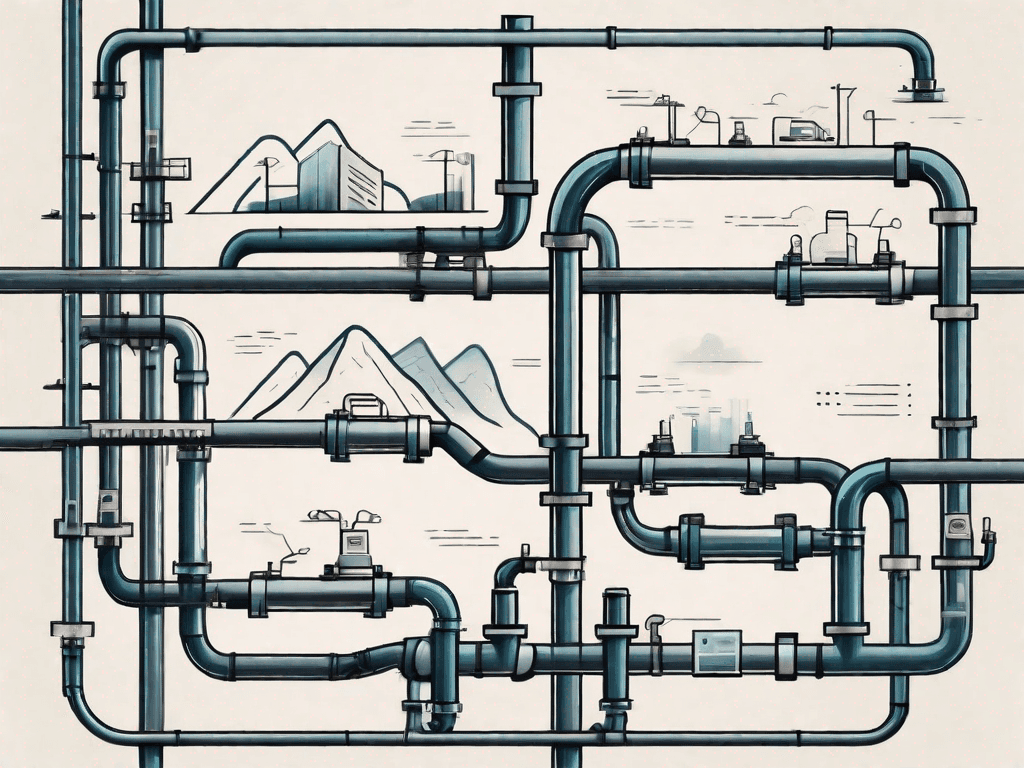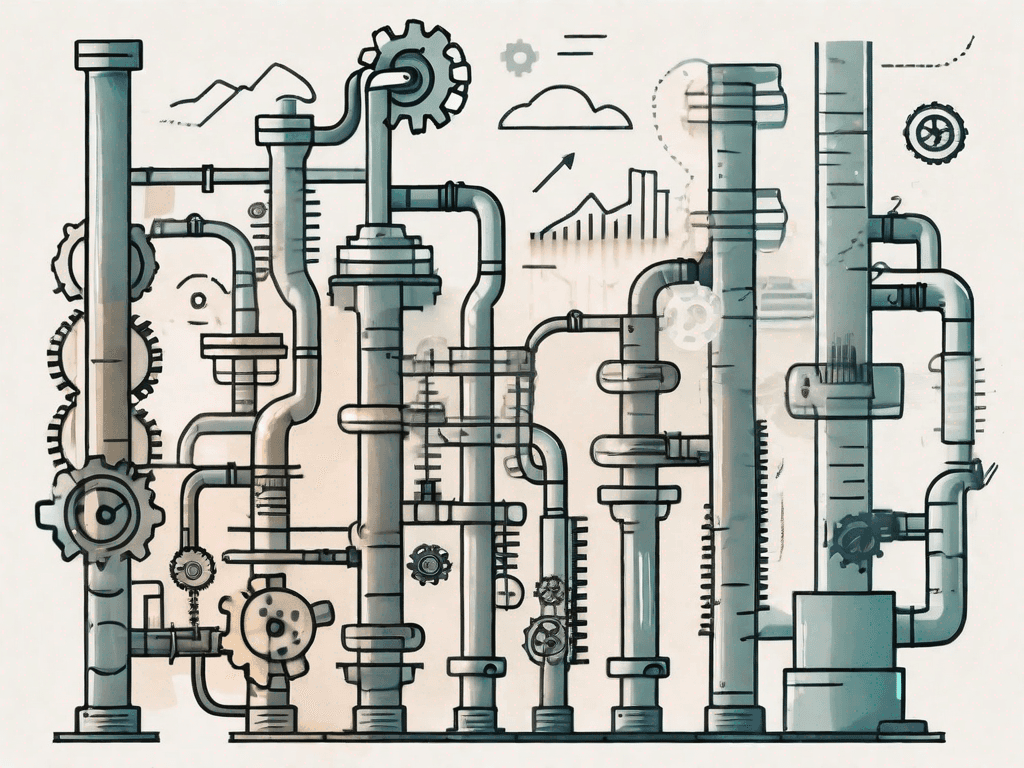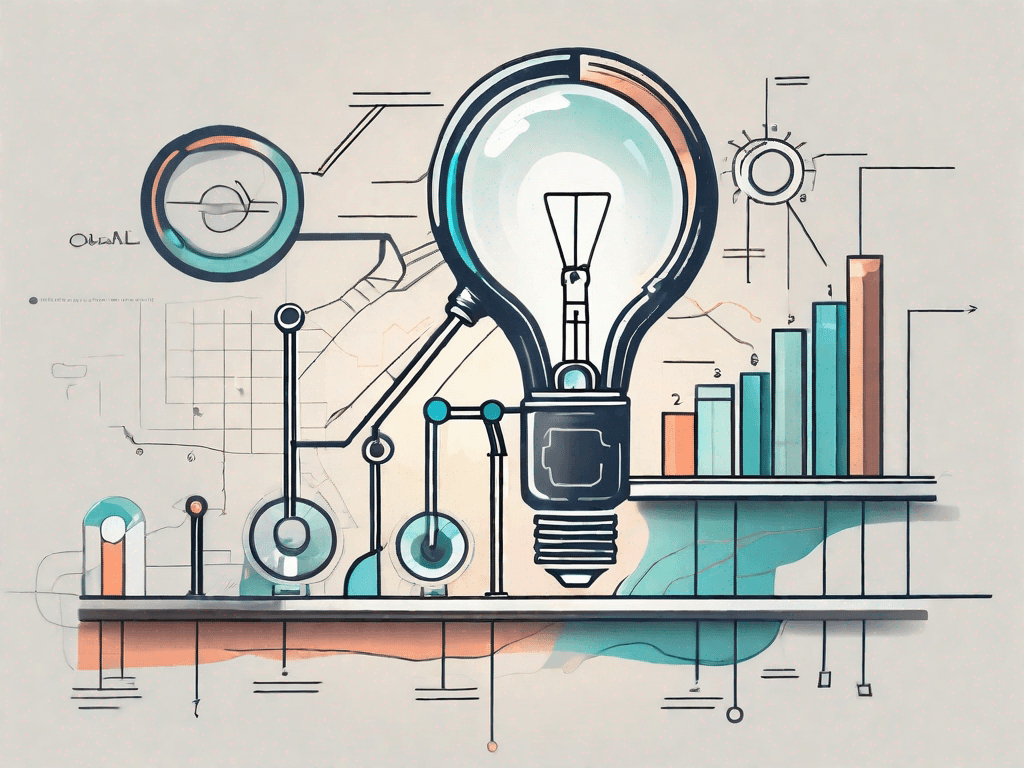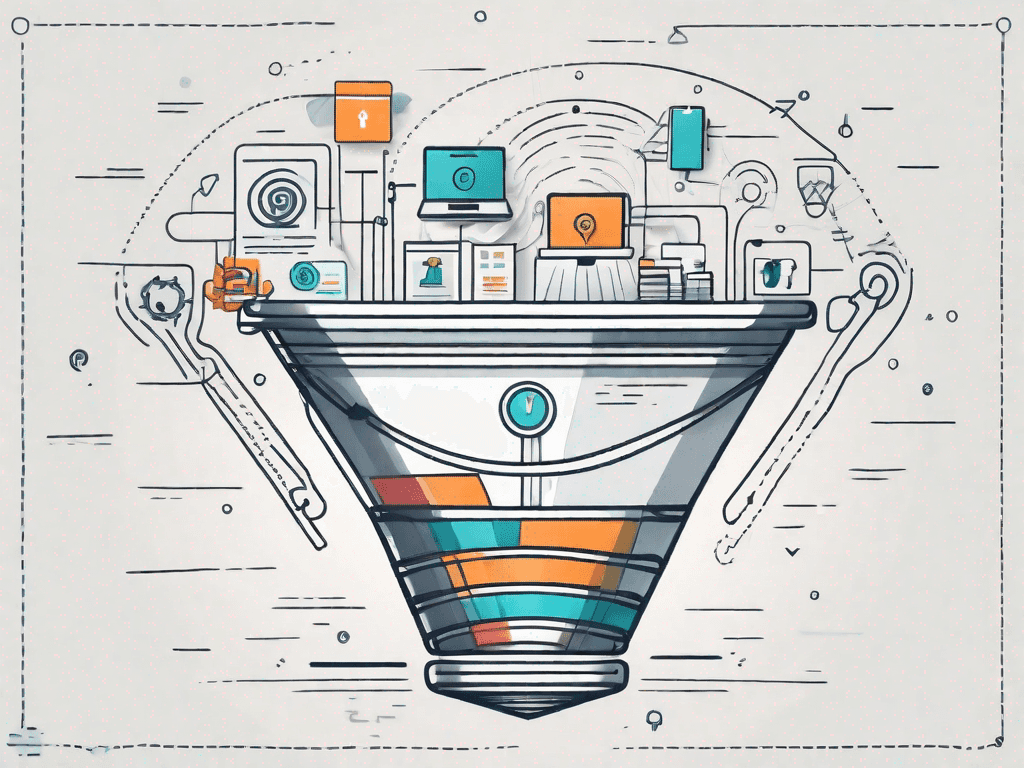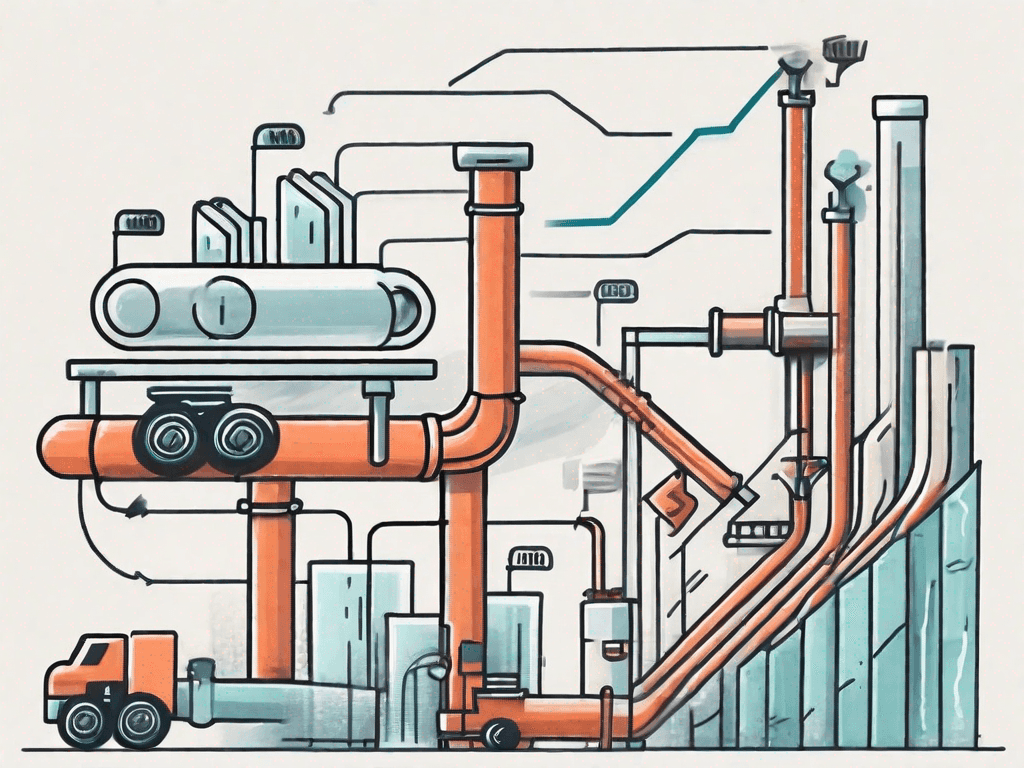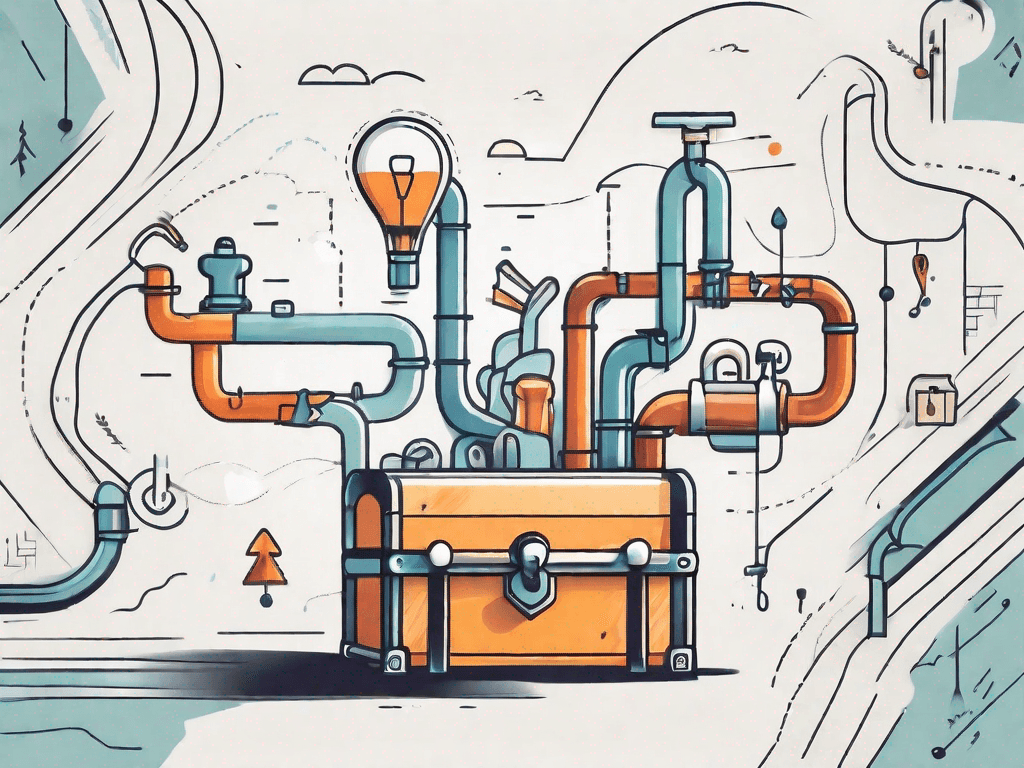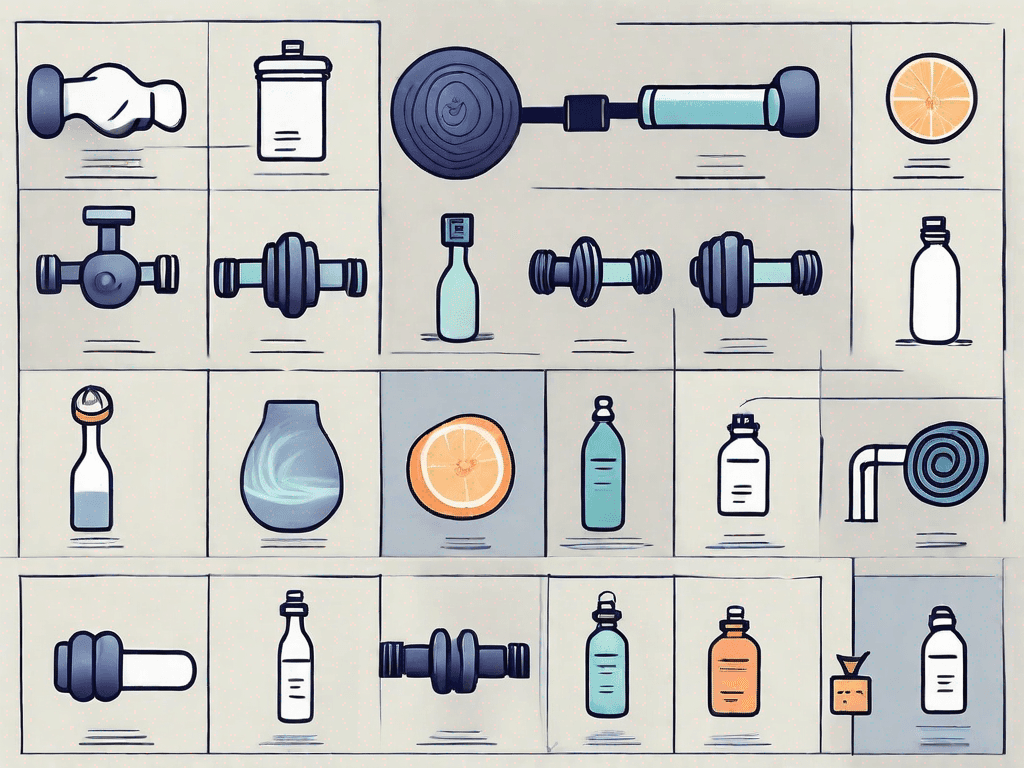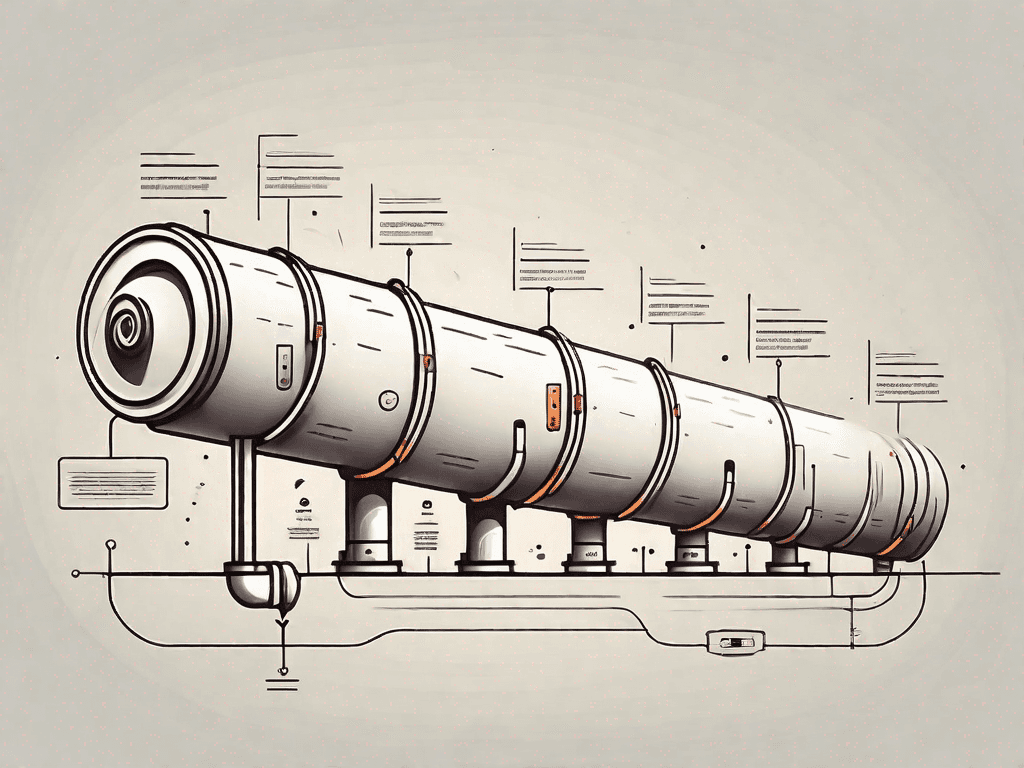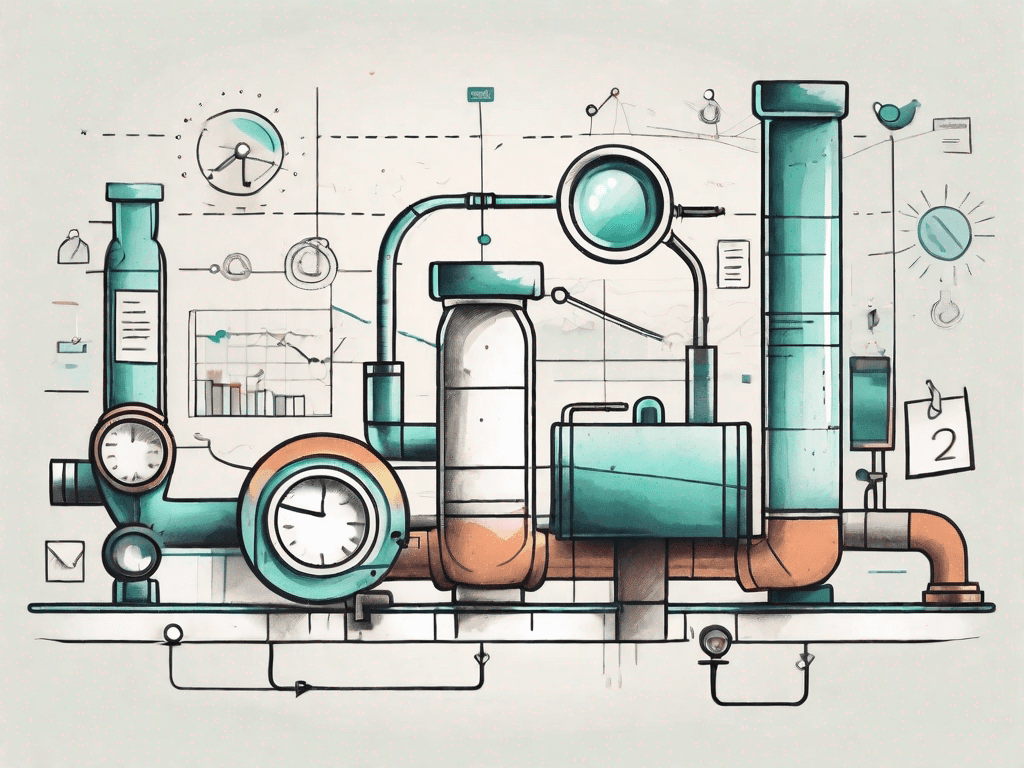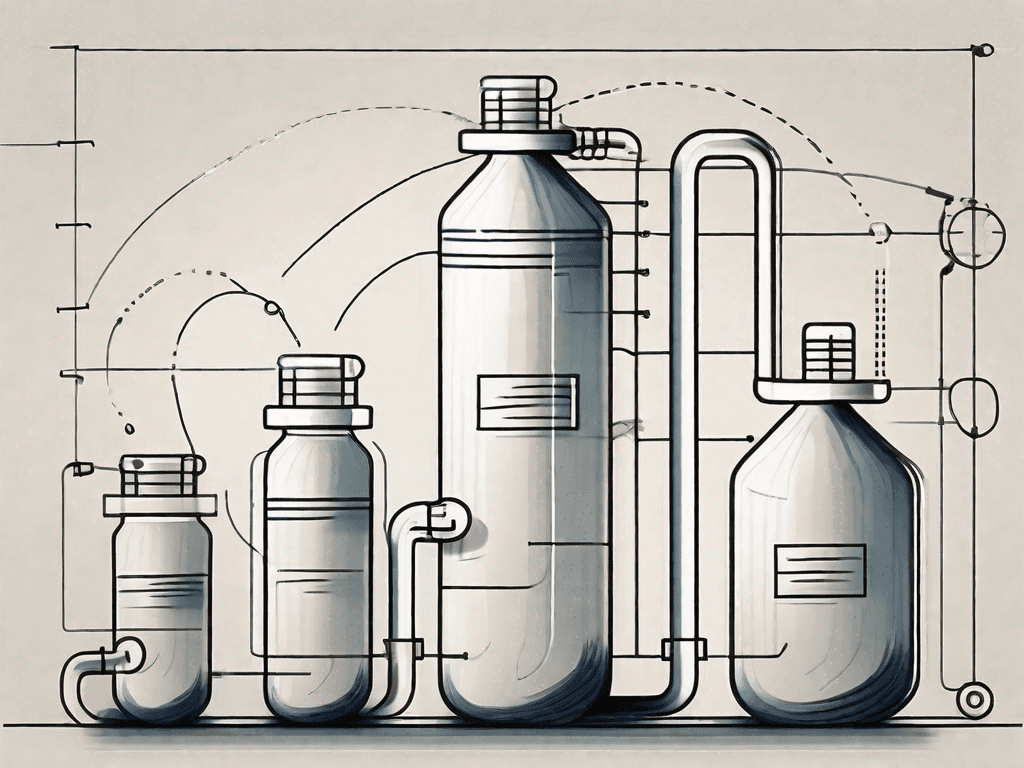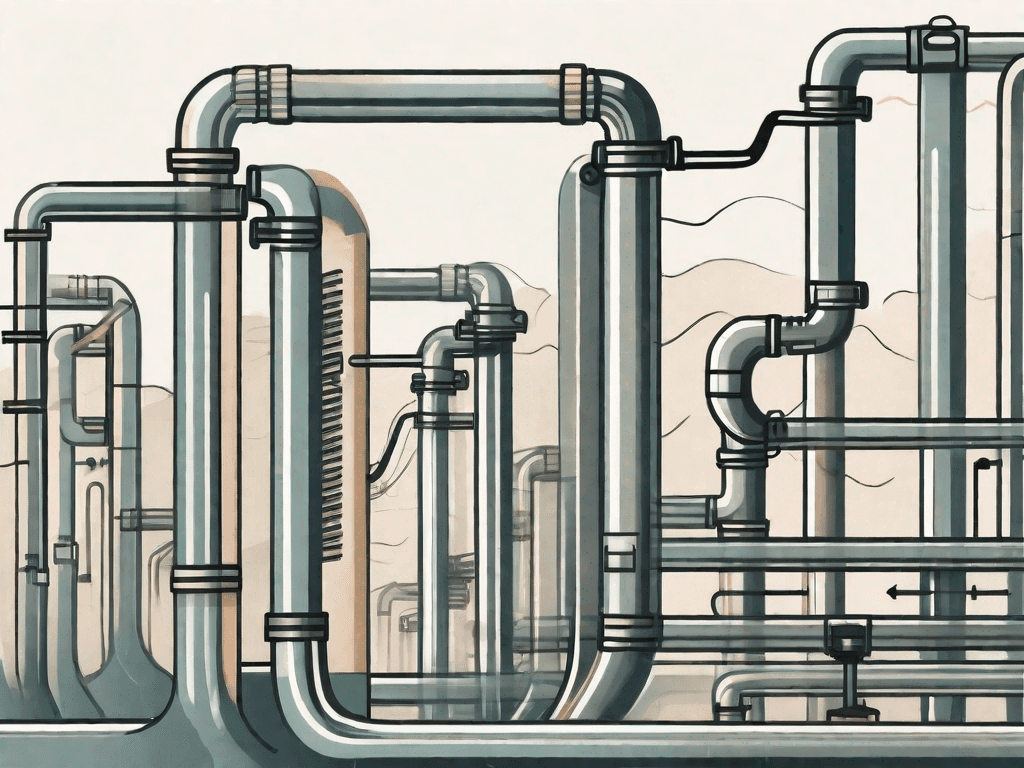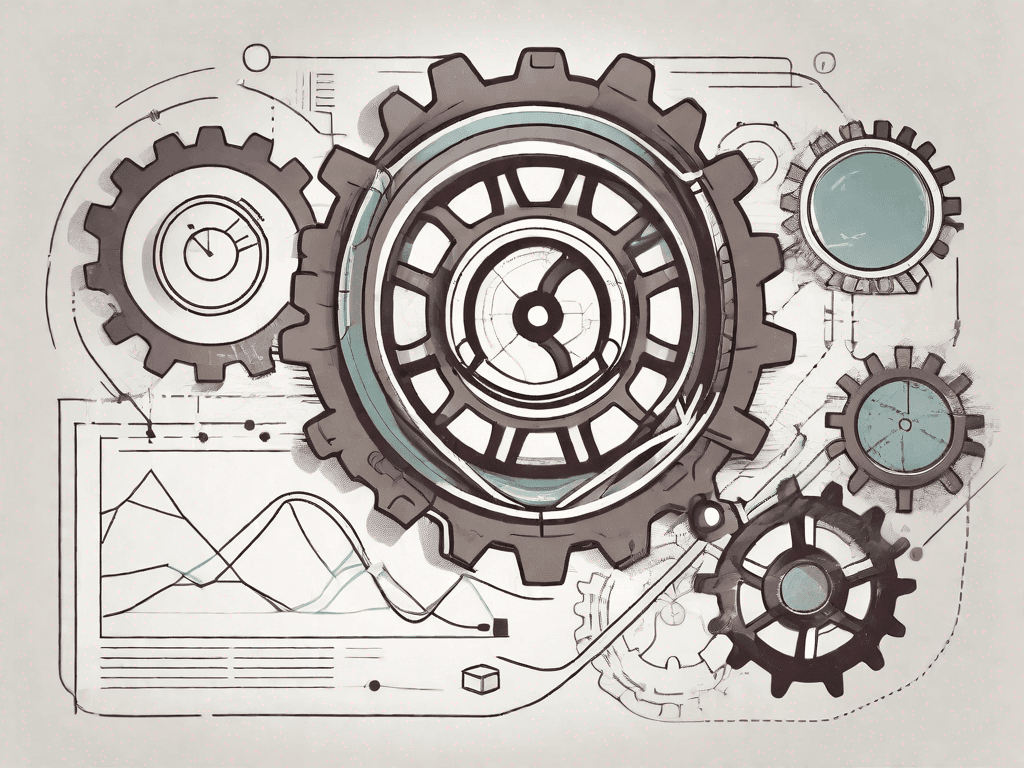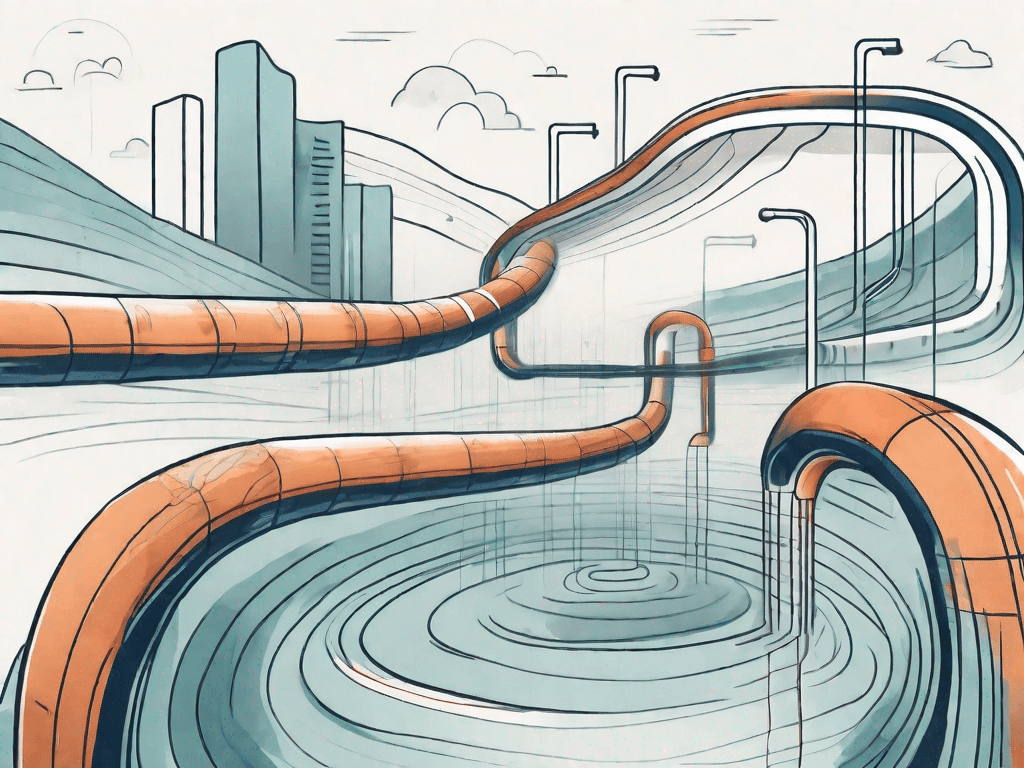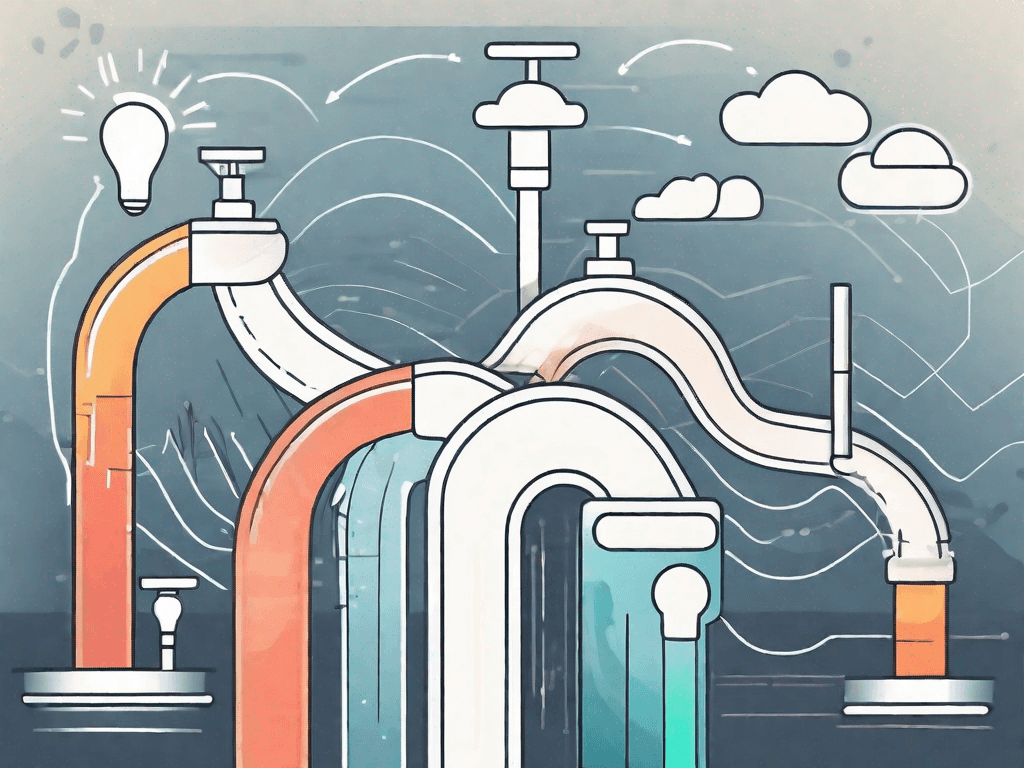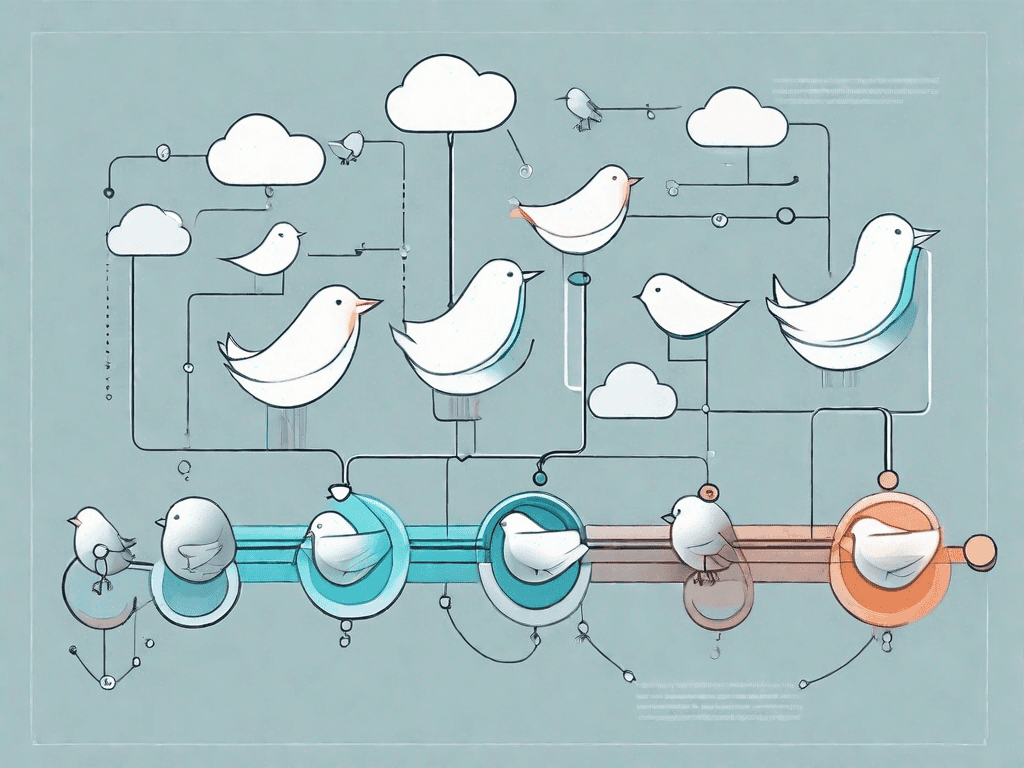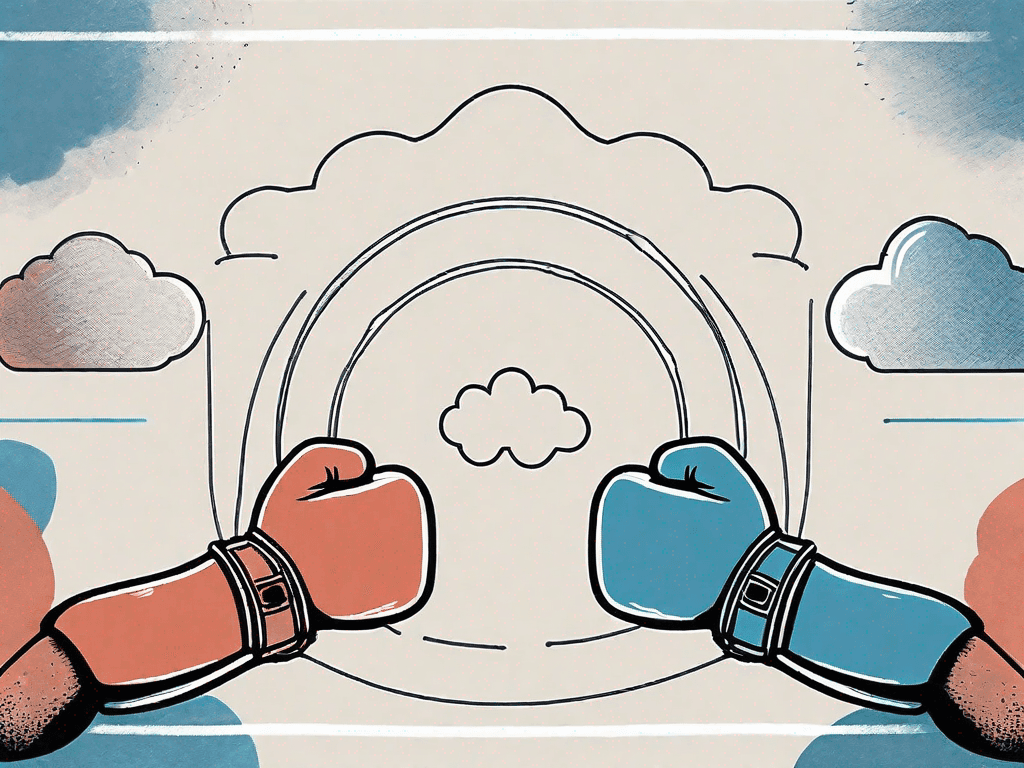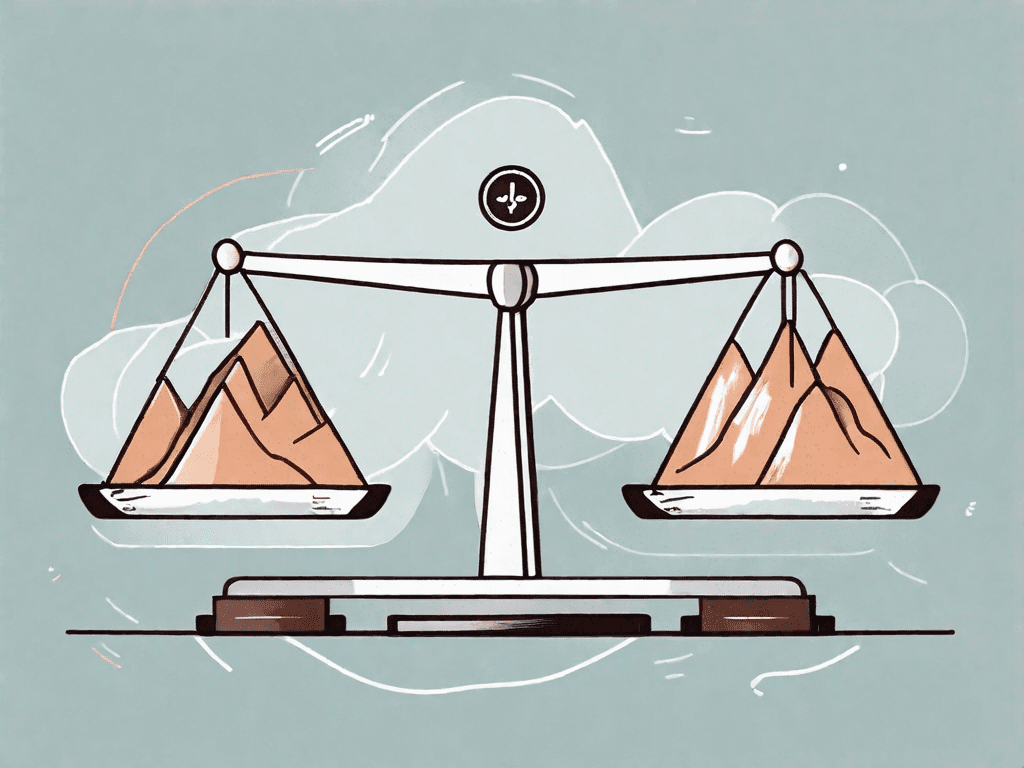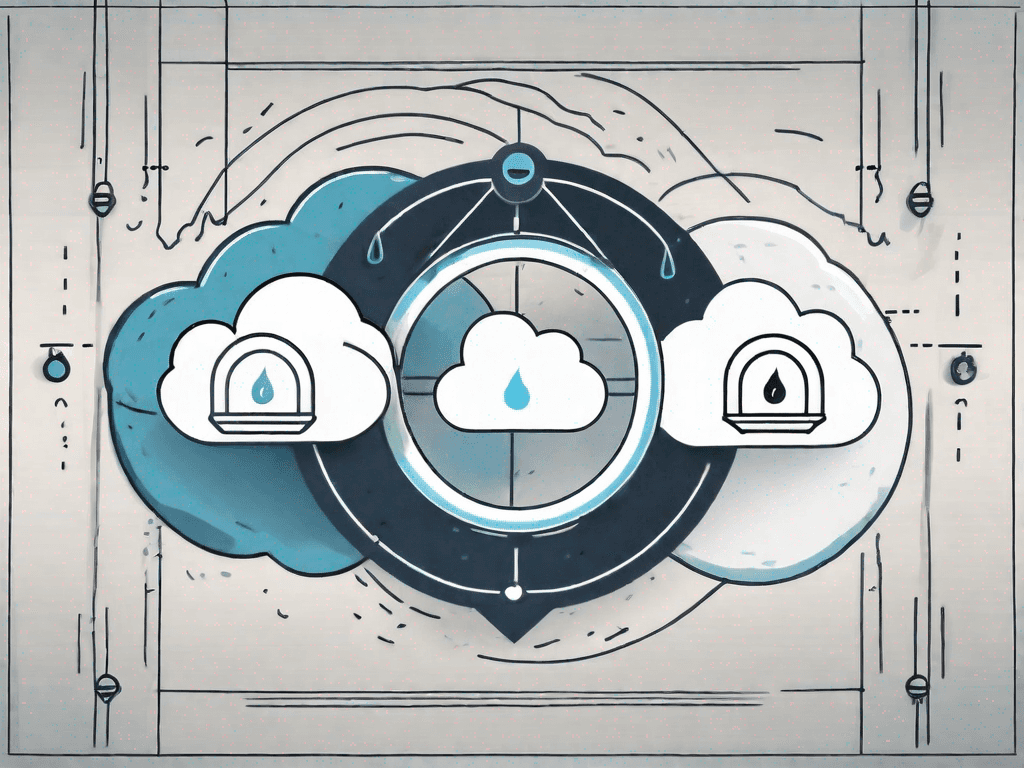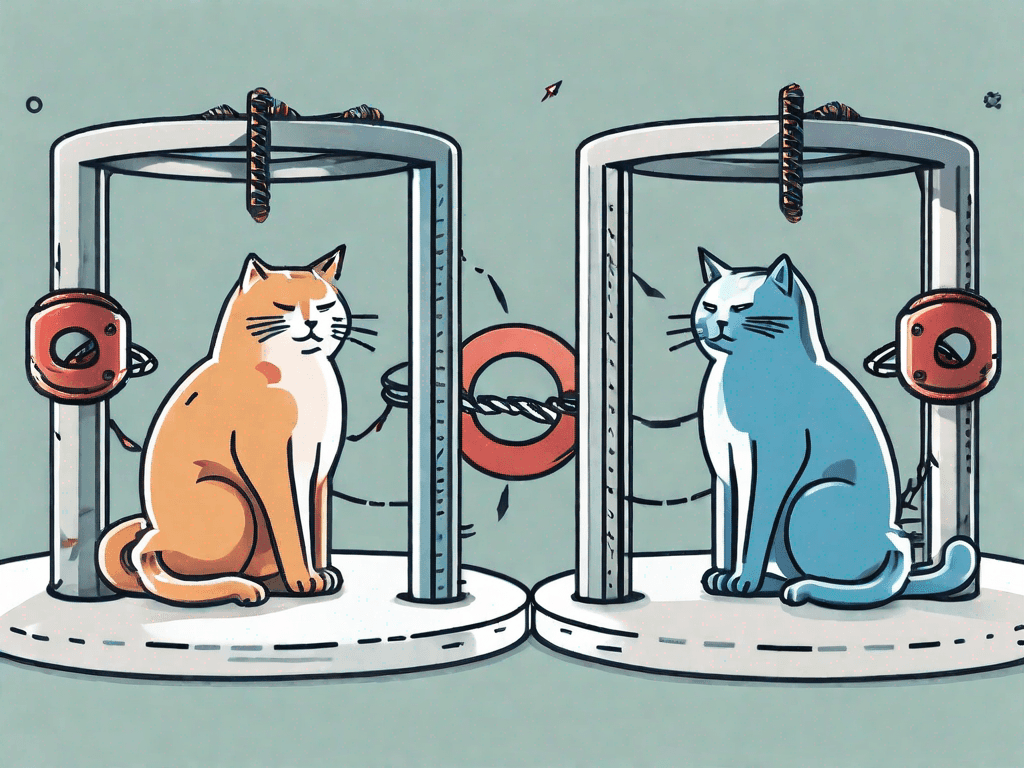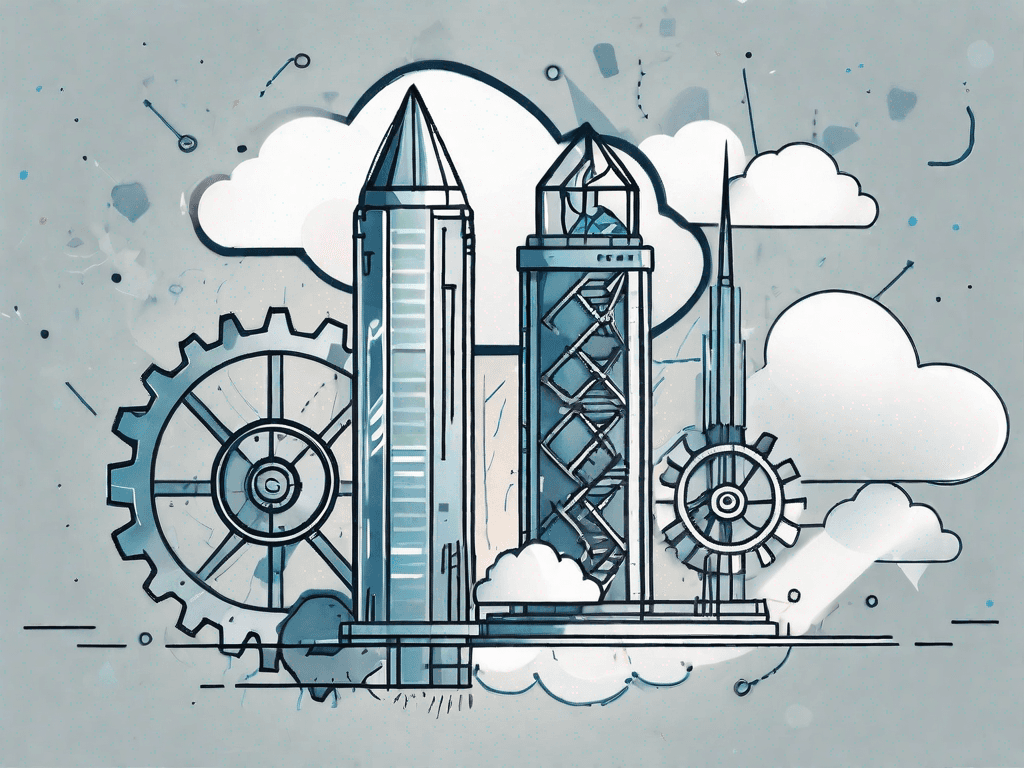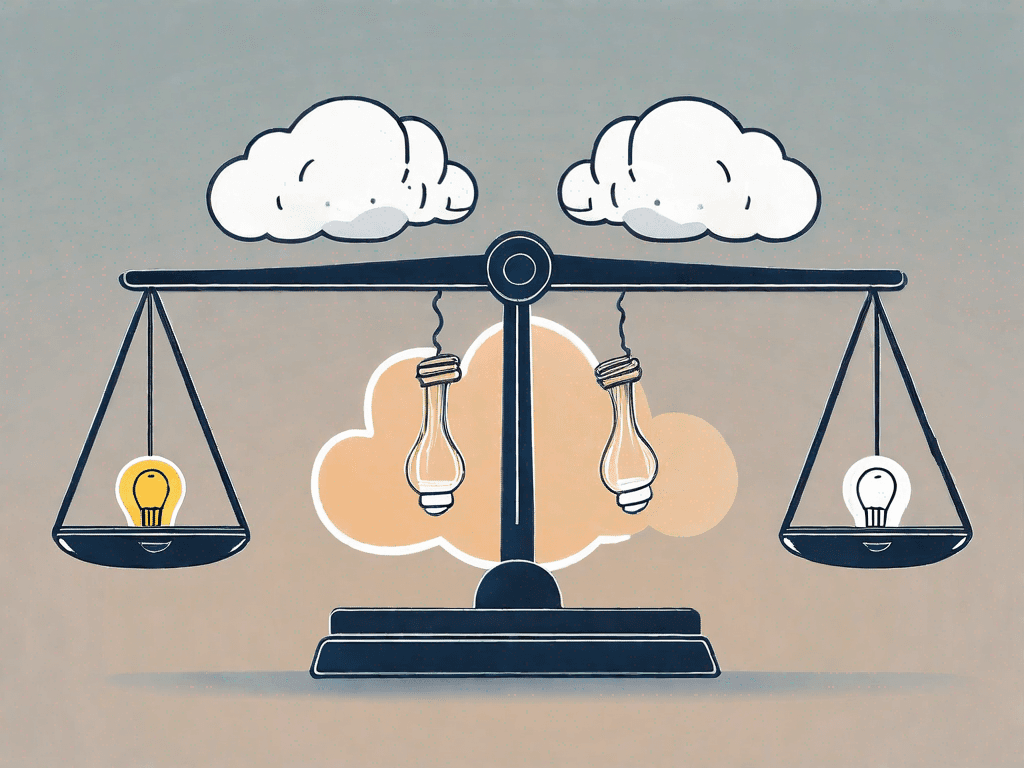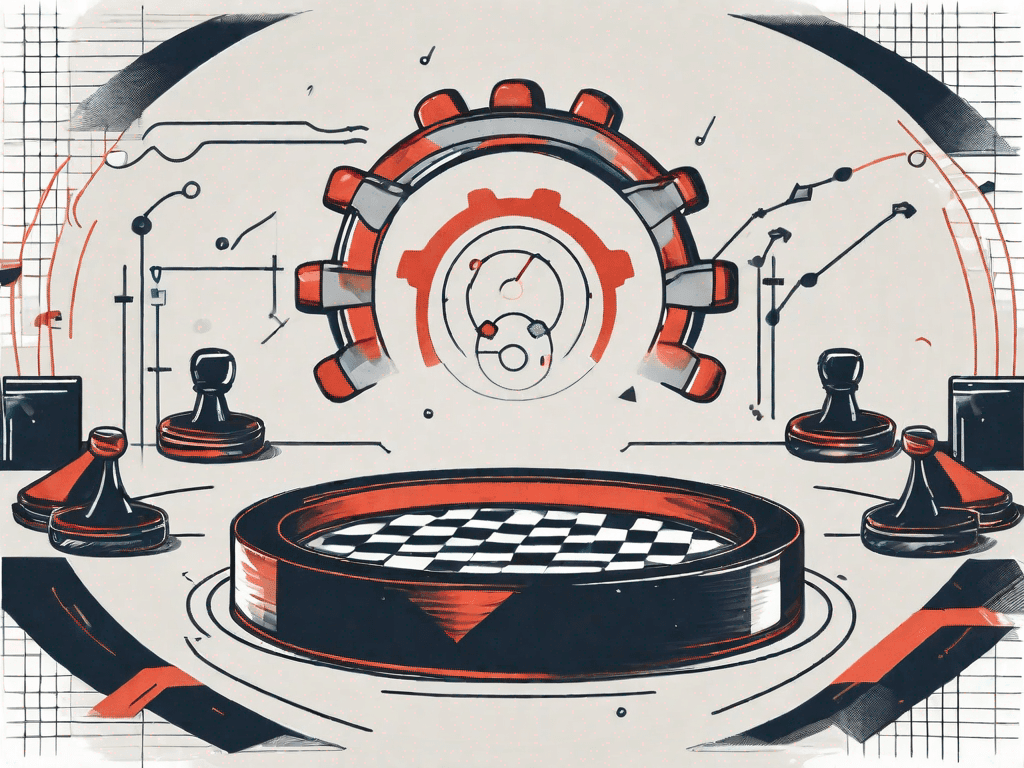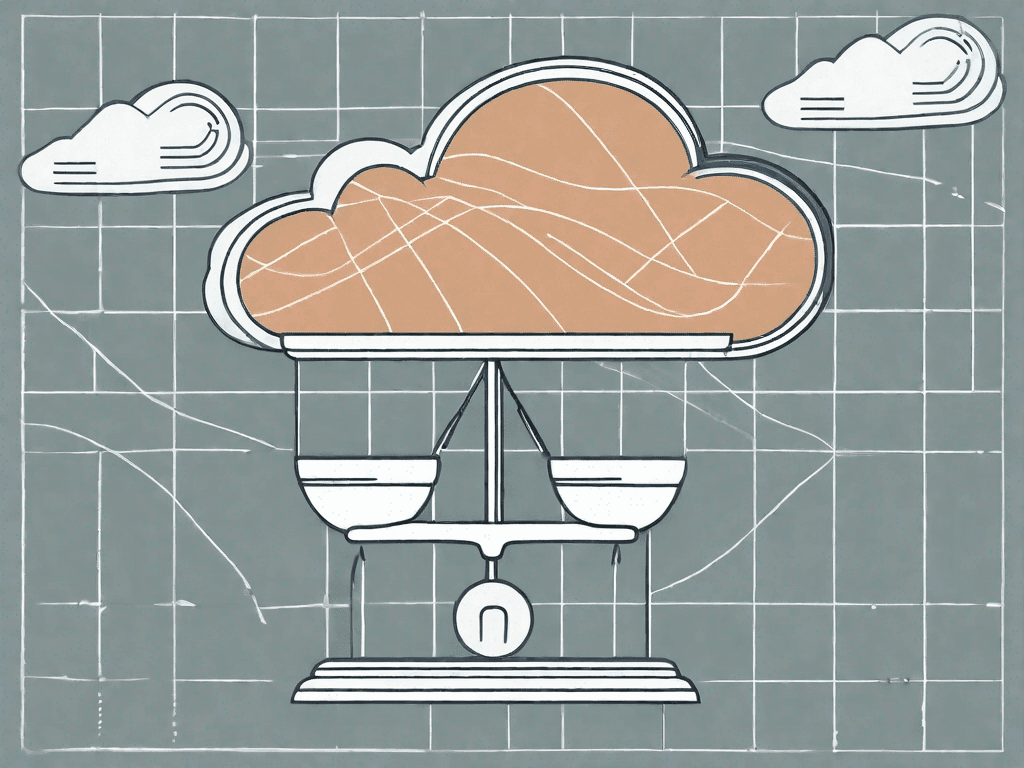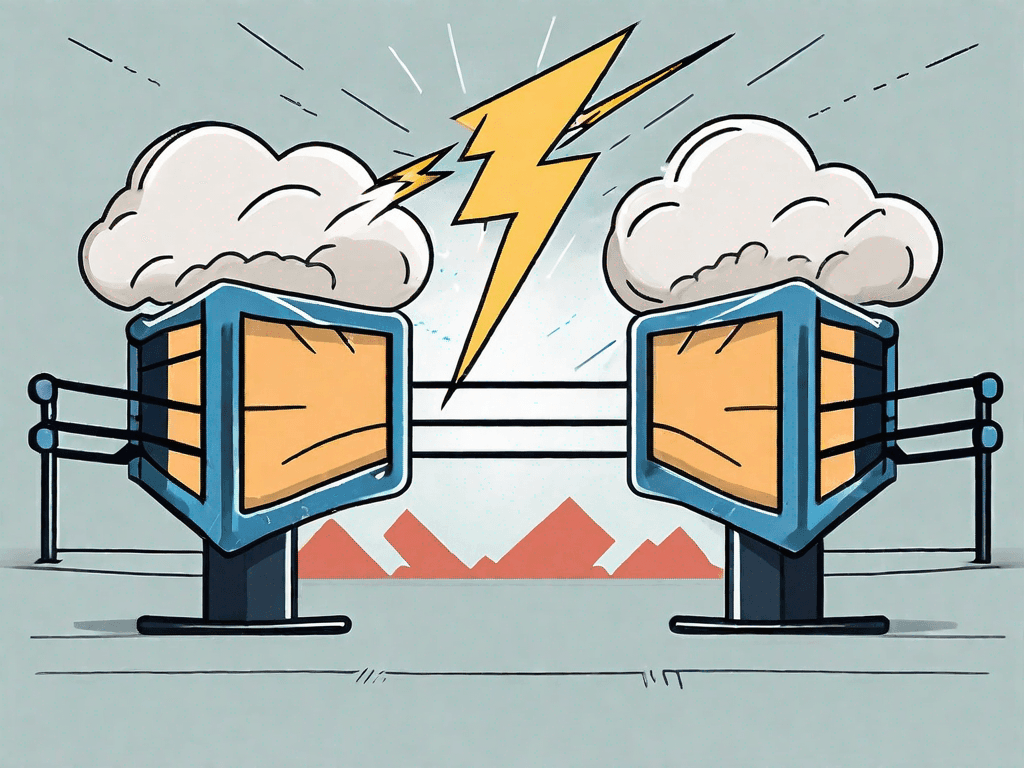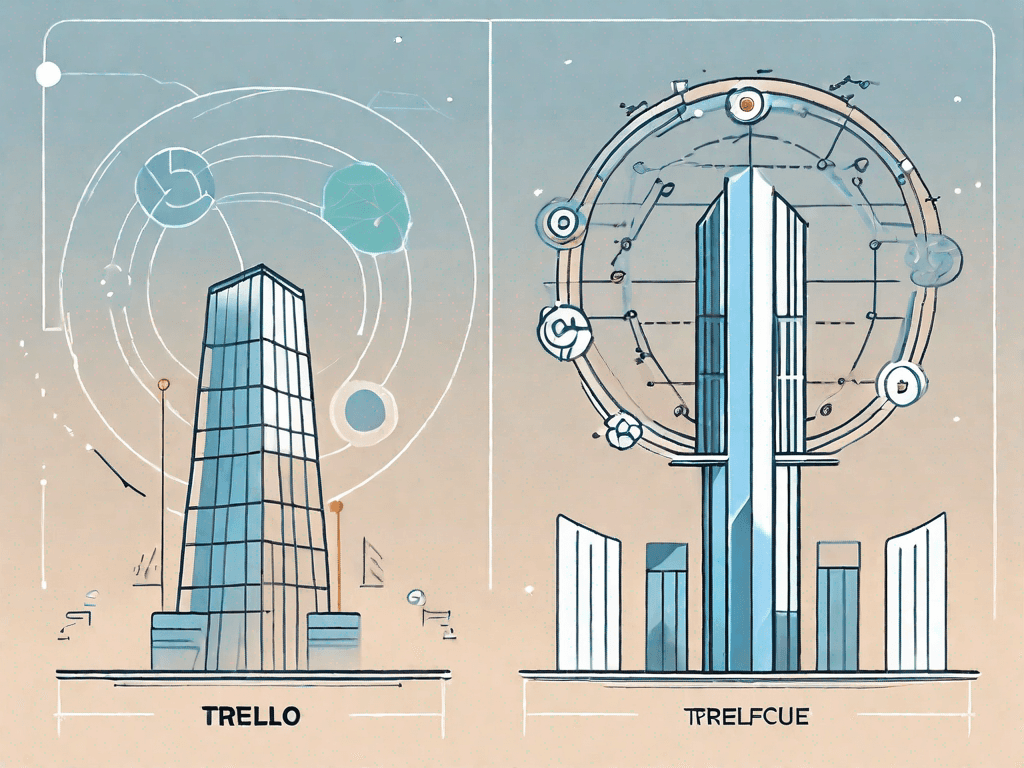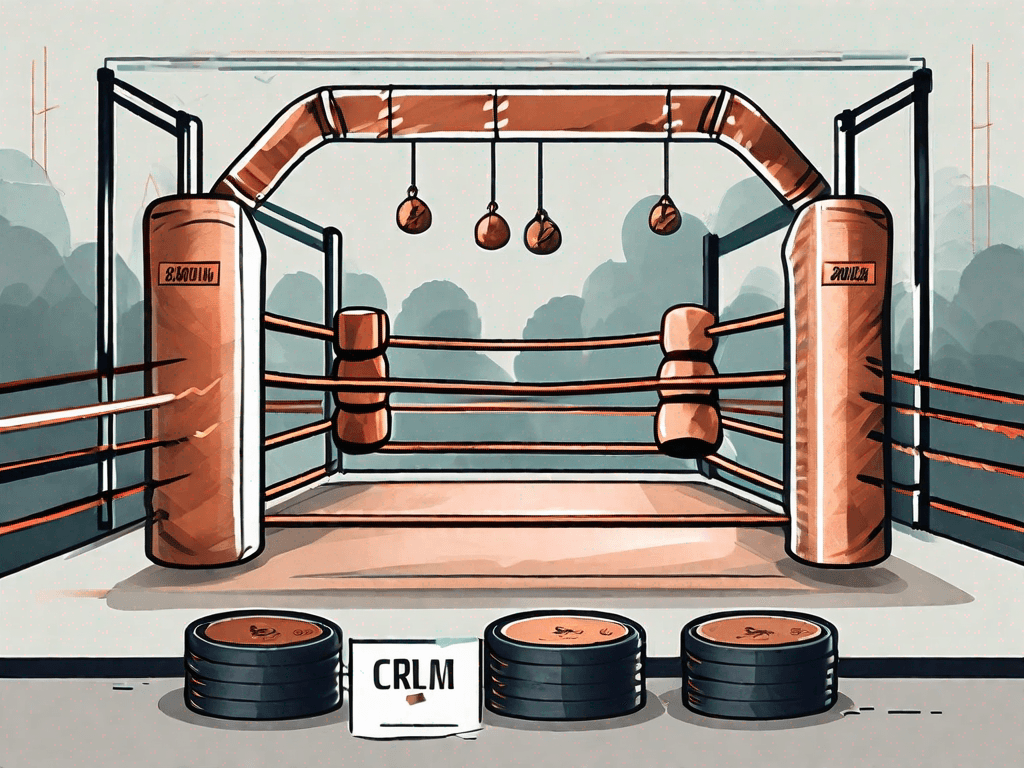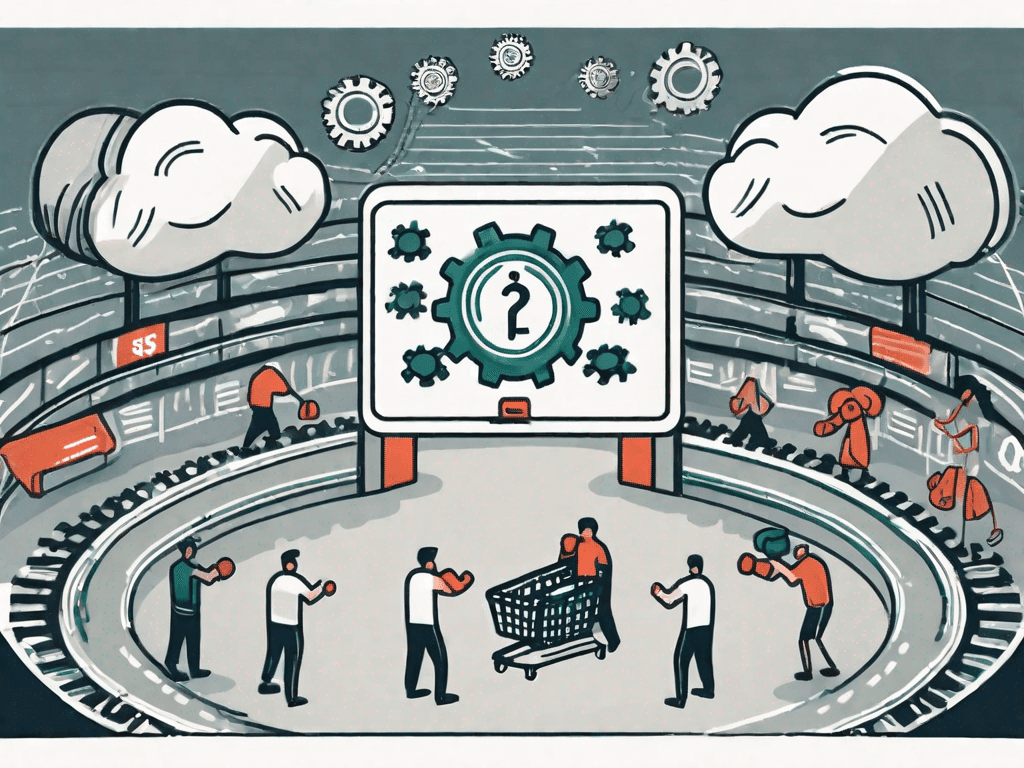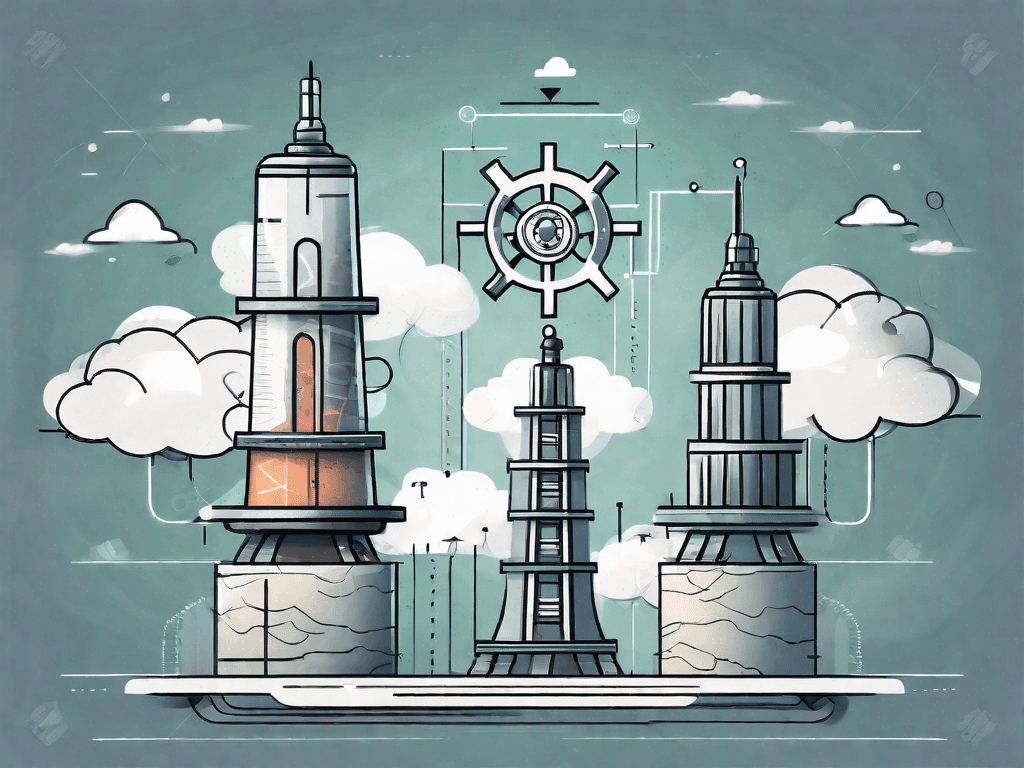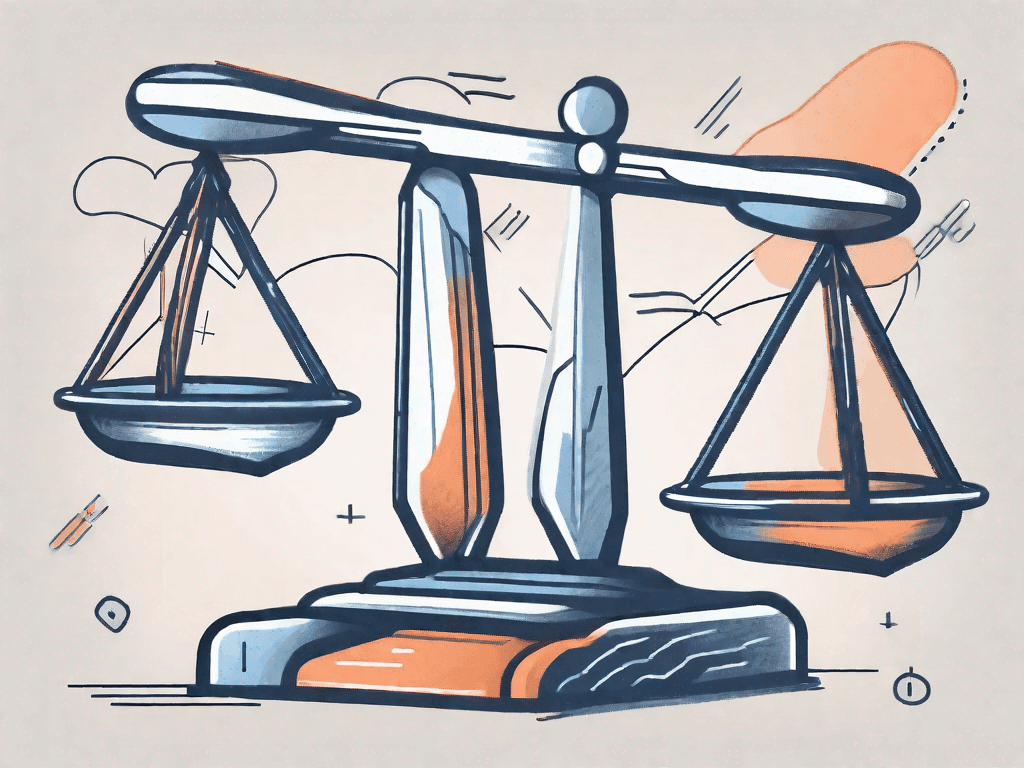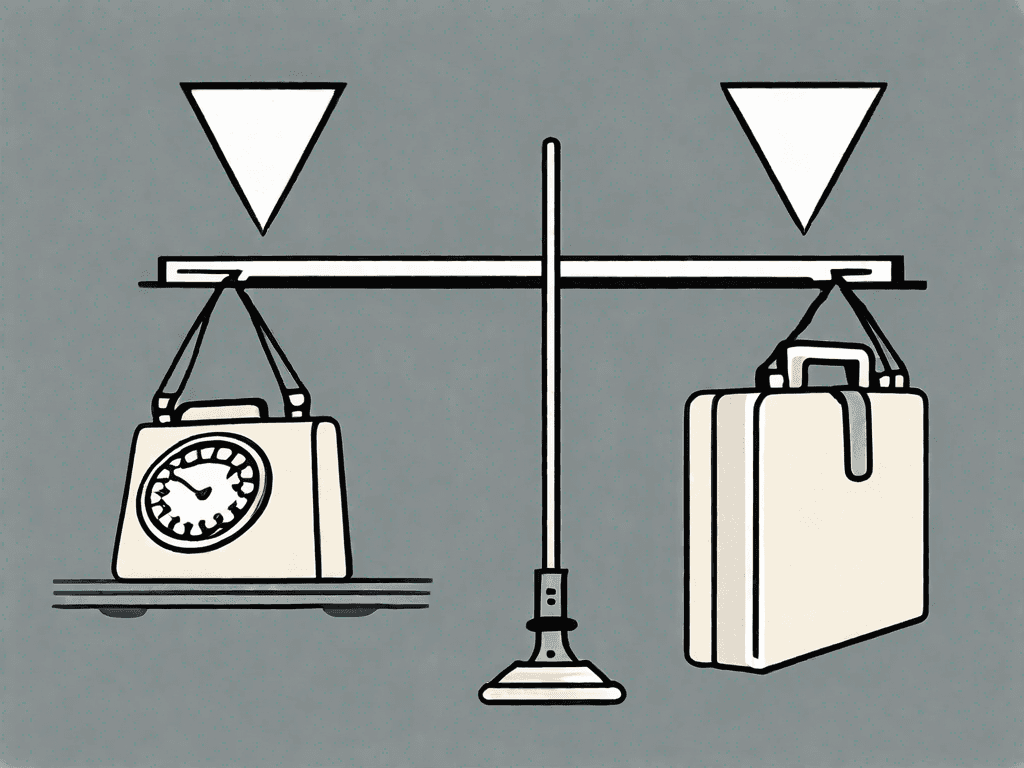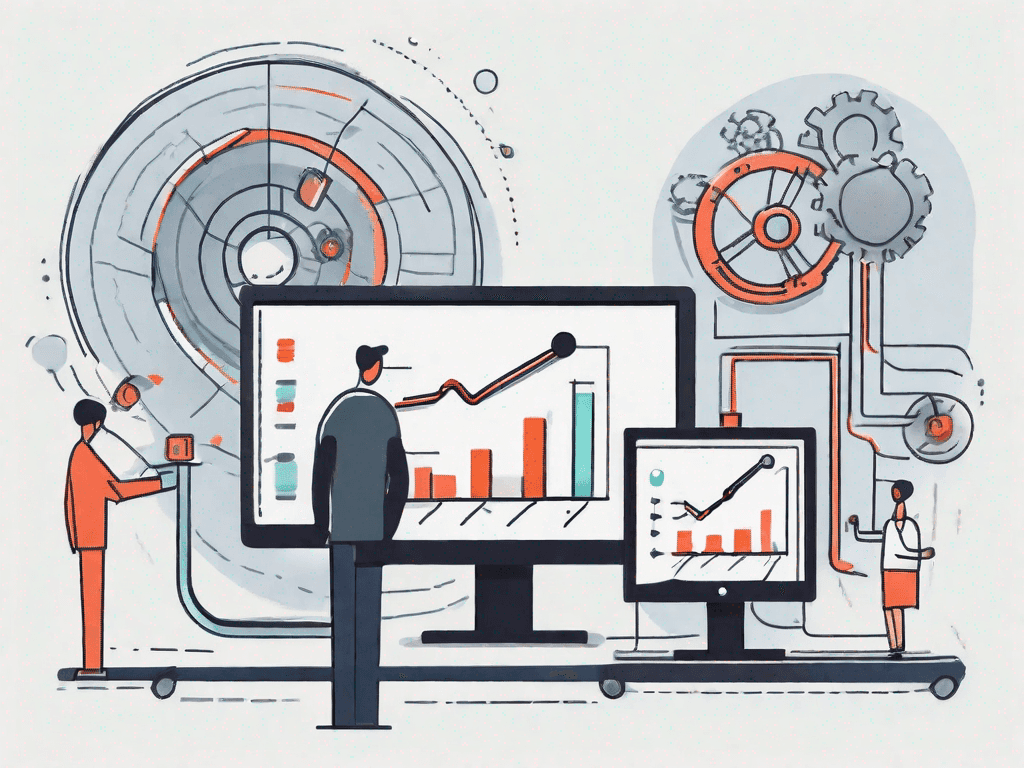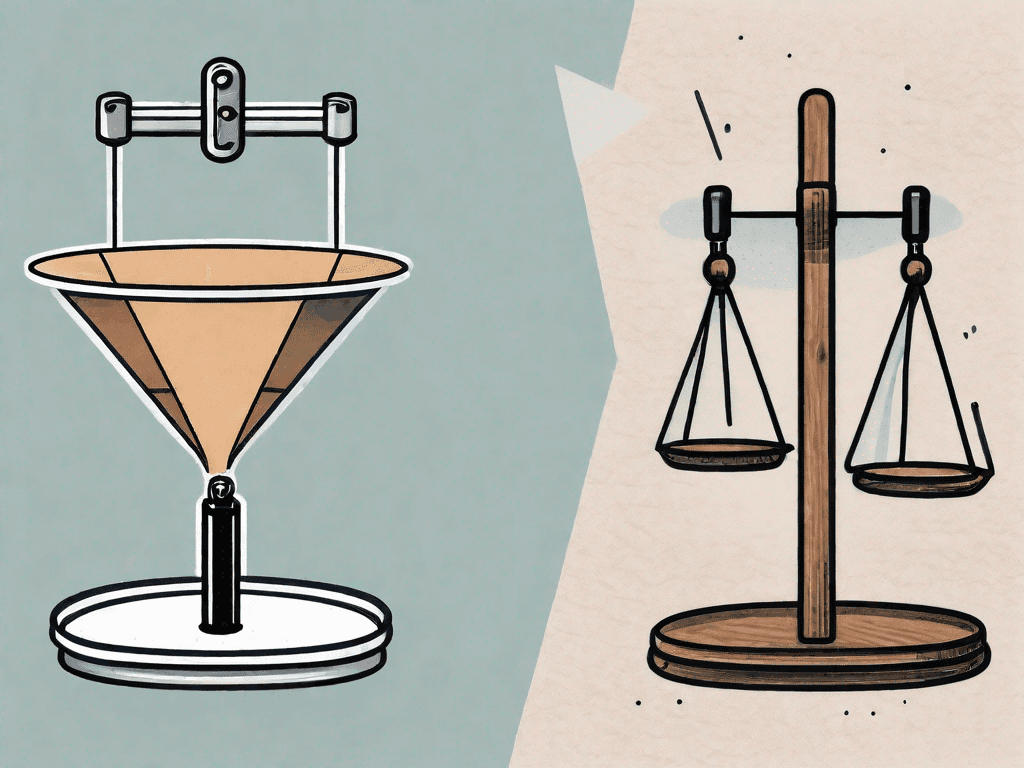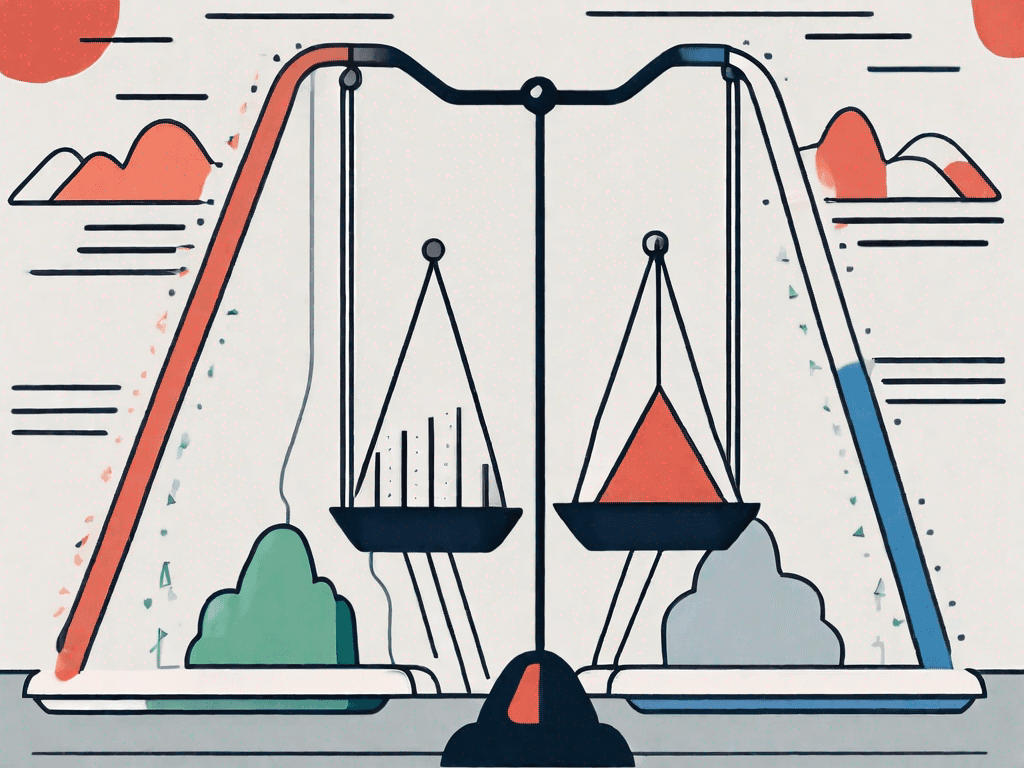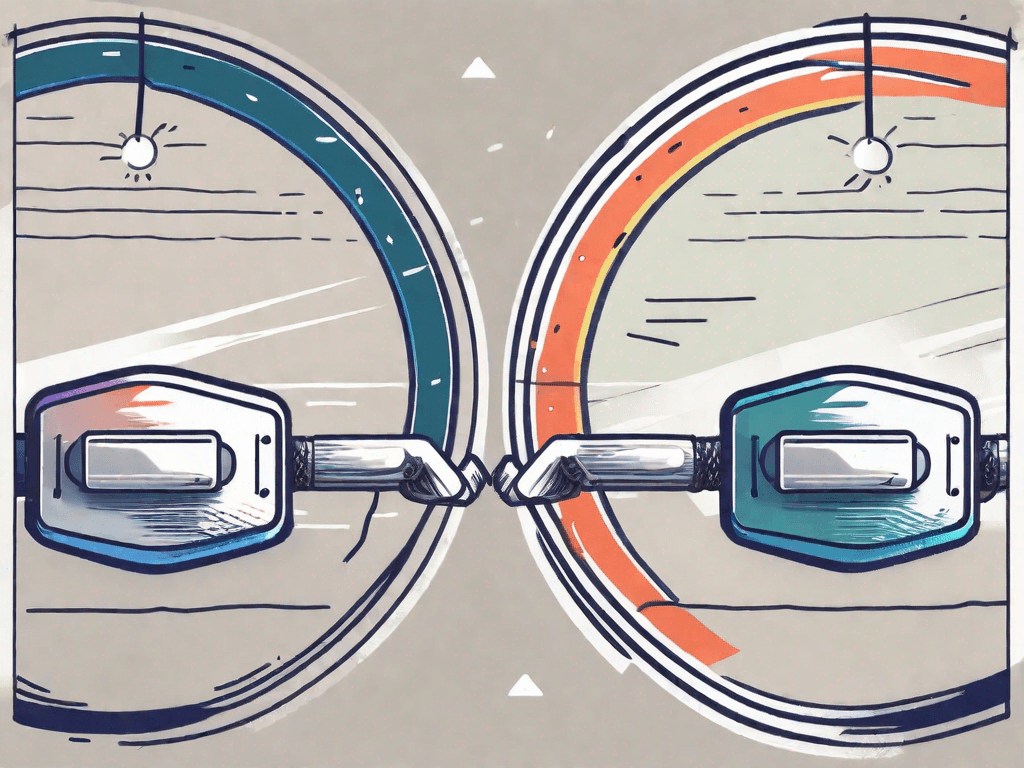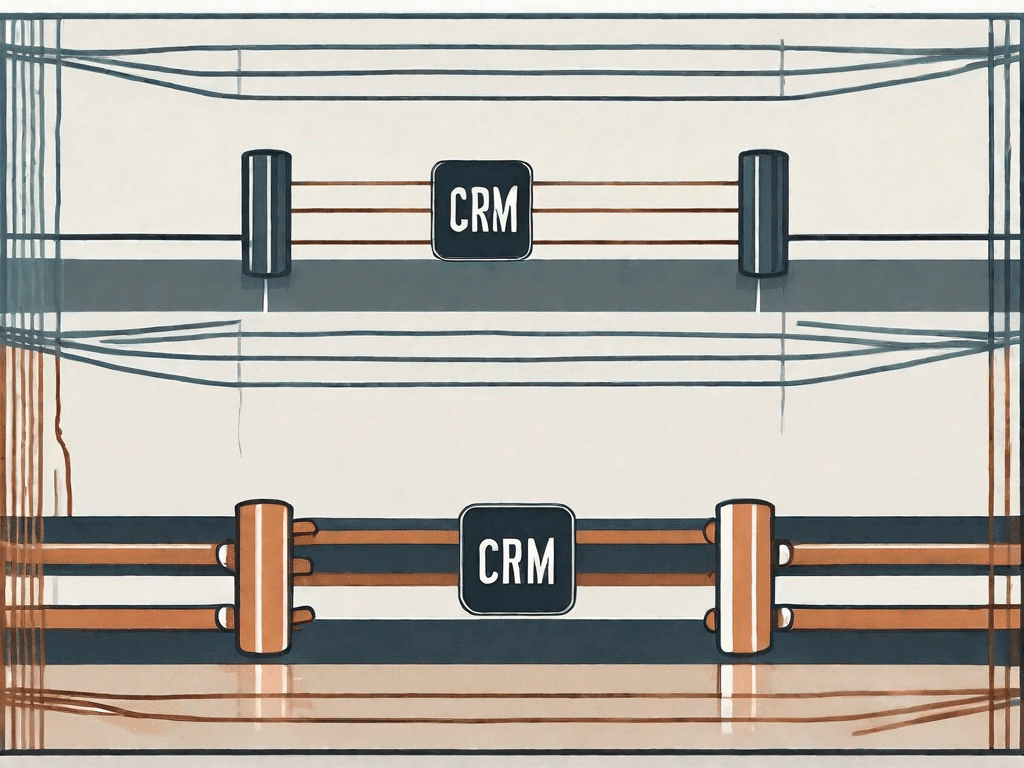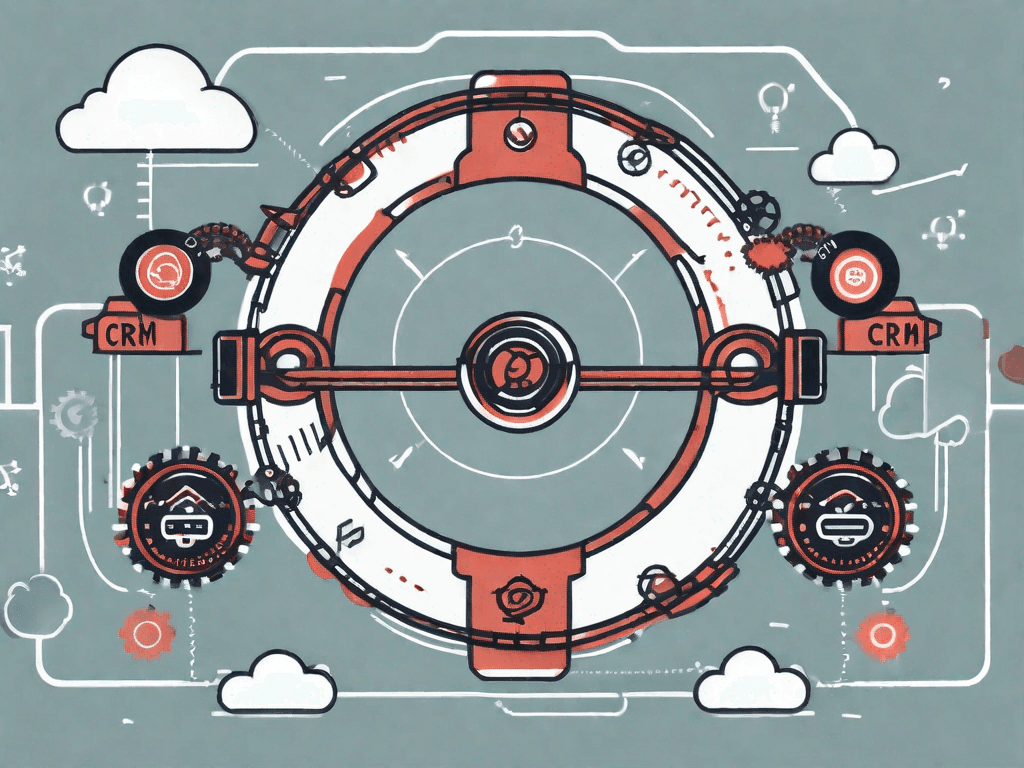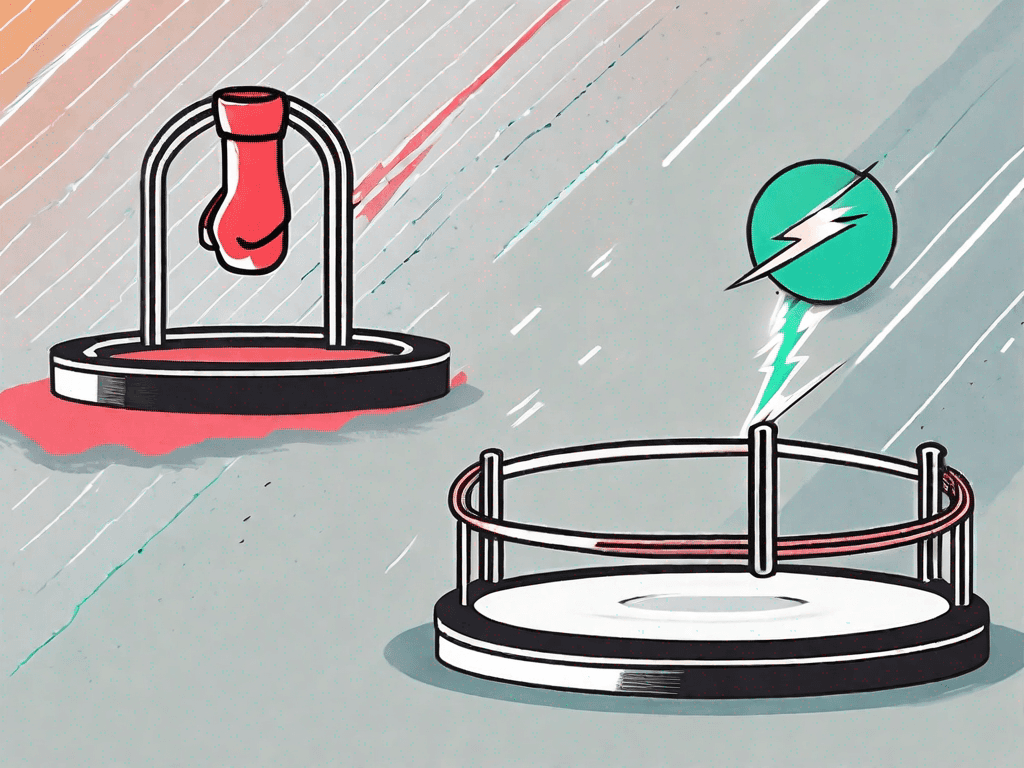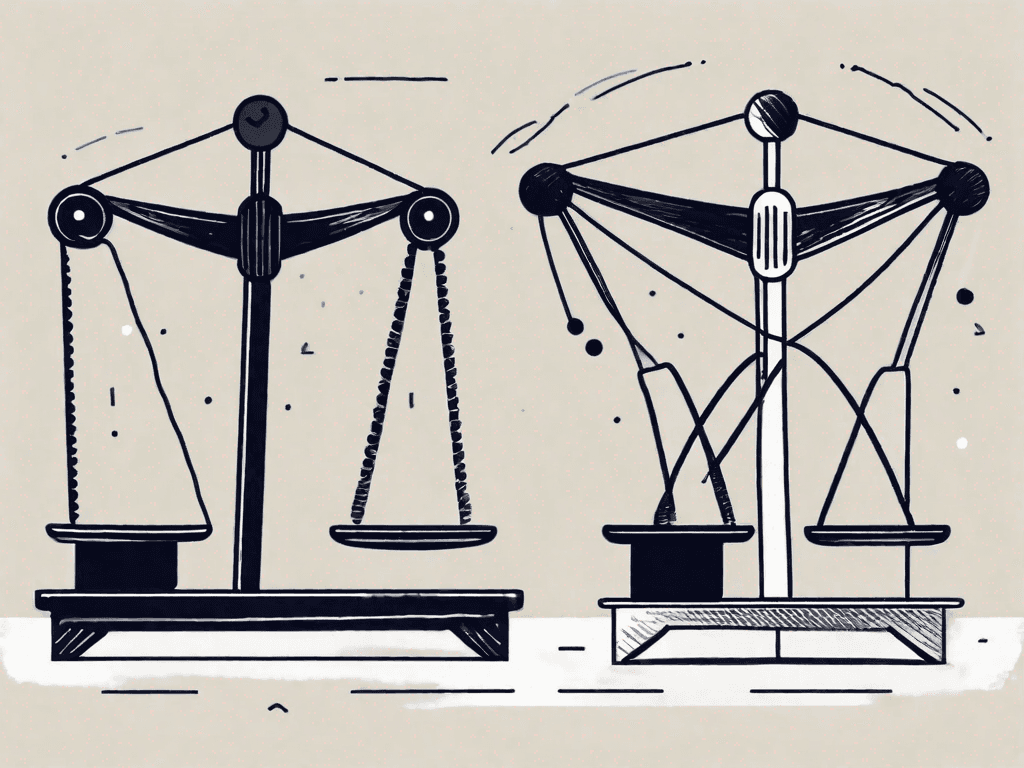
The Ideal Sales Pipeline Template for Fundraising
In the world of fundraising, having a well-structured sales pipeline is crucial for success. It not only helps to streamline the fundraising efforts but also maximizes the chances of generating more revenue. In this article, we will discuss the ideal sales pipeline template for fundraising and how it can benefit your organization
The 7 Sales Pipeline Stages Fundraising Should Have
When it comes to fundraising, having a clear process to guide your efforts is essential. Here are the seven sales pipeline stages that every fundraising campaign should include:
Prospecting: This is the initial stage where you identify potential donors and assess their interest in your cause.During the prospecting stage, fundraisers employ various strategies to identify individuals or organizations that may be interested in supporting their cause. This can include researching potential donors through online platforms, attending networking events, or leveraging existing connections. By carefully assessing their interests and aligning them with your organization's mission, you can determine the best prospects for your fundraising campaign.
Qualification: In this stage, you evaluate the potential donors' capacity and willingness to contribute.Qualification is a crucial stage in the fundraising process as it helps fundraisers determine the potential donors' ability to contribute financially and their level of interest in supporting the cause. This involves conducting thorough research on the prospects' financial capacity, understanding their philanthropic history, and assessing their alignment with your organization's values. By qualifying potential donors, fundraisers can prioritize their efforts and focus on individuals or organizations that are most likely to make a significant impact.
Cultivation: Here, you build relationships with the donors and keep them engaged through personalized communication.The cultivation stage is all about building meaningful relationships with potential donors. Fundraisers employ various strategies to keep donors engaged and interested in their cause. This can include personalized emails, phone calls, or even face-to-face meetings. By understanding the donors' motivations and interests, fundraisers can tailor their communication to resonate with them on a deeper level. Cultivating relationships with potential donors is essential for establishing trust and creating a long-term partnership.
Solicitation: This is the stage where you make the actual ask for donations, showcasing the impact their contributions can make.Solicitation is the stage where fundraisers make the formal request for donations. This involves presenting a compelling case for support, highlighting the impact that the donors' contributions can make in achieving the organization's goals. Fundraisers may use various methods to solicit donations, such as direct mail campaigns, fundraising events, or online crowdfunding platforms. By effectively communicating the value of their cause and the potential benefits of donating, fundraisers aim to inspire donors to take action.
Closure: Once the donor agrees to contribute, this stage involves finalizing the details and processing the donation.The closure stage is where fundraisers finalize the details of the donation and ensure a smooth transaction process. This includes providing the necessary paperwork, such as tax receipts or acknowledgment letters, and ensuring that the donor's contribution is processed securely and efficiently. By demonstrating professionalism and transparency in this stage, fundraisers can leave a positive impression on the donor and lay the foundation for future engagement.
Stewardship: This stage focuses on stewarding the relationship with the donor, acknowledging their contribution, and keeping them informed about the impact of their support.Stewardship is a critical stage in the fundraising process as it involves nurturing the relationship with the donor beyond the initial contribution. Fundraisers engage in ongoing communication with donors, providing updates on the organization's progress, and demonstrating the impact of their support. This can include sending regular newsletters, inviting donors to events or impact tours, or even involving them in volunteer opportunities. By stewarding the relationship effectively, fundraisers aim to foster long-term loyalty and encourage continued support.
Renewal: To ensure long-term success, this stage involves strategizing efforts to retain donors and nurturing them for future contributions.The renewal stage focuses on developing strategies to retain donors and encourage them to contribute again in the future. Fundraisers analyze donor behavior, preferences, and giving patterns to tailor their approach and maximize donor retention. This can include personalized appeals, exclusive benefits for recurring donors, or creating a sense of community among supporters. By investing in donor relationships and continuously demonstrating the impact of their contributions, fundraisers aim to secure ongoing support and build a sustainable fundraising pipeline.
Example of the Customer Journey in a Sales Pipeline for Fundraising Step-by-Step
Let's take a closer look at how the customer journey unfolds in a step-by-step manner within the sales pipeline for fundraising.
Prospecting
In this stage, you research and generate a list of potential donors who align with your organization's mission and values. This can include individuals, corporations, or foundations that have shown interest in similar causes in the past. Once you have identified the prospects, you prioritize them based on their capacity to give and their relevance to your mission.
Qualification
After identifying the prospects, the next step is to qualify them based on their philanthropic interests, giving history, and capacity to contribute. This stage involves conducting research, engaging with the prospects to gauge their interest, and determining whether they have the resources to support your cause.
Cultivation
Once the prospects have been qualified, the cultivation stage begins. This involves building relationships with the donors through personalized communication, such as phone calls, emails, or face-to-face meetings. This is the time to educate the donors about your organization's goals, impact, and the difference their contributions can make.
Solicitation
After cultivating a relationship with the donors, it's time to make the ask. This stage involves presenting a compelling case for support, showcasing the impact their contribution can have, and outlining the various giving options available to them. It's important to tailor the ask to each donor based on their interests and capacity to give.
Closure
Once the donor agrees to contribute, the closure stage begins. This involves finalizing the donation details, such as the amount, payment method, and any accompanying documentation. It's essential to provide a seamless and efficient process for the donor to complete their contribution.
Stewardship
After the donation has been made, the stewardship stage focuses on nurturing the relationship with the donor. This includes promptly acknowledging their contribution, providing regular updates on the impact of their support, and expressing gratitude for their generosity. Building a strong and ongoing relationship with the donor enhances the chances of future contributions.
Renewal
The final stage of the sales pipeline for fundraising is renewal. This stage involves developing strategies to retain donors and encourage repeat contributions. It includes personalized stewardship, keeping donors updated on the impact of their support, and providing opportunities for continued engagement with your organization's mission.
Why Fundraising Needs This Sales Pipeline Template?
Now, you might be wondering why it's essential for fundraising efforts to have a well-defined sales pipeline template. Here are two key reasons:
1. You'll Save Time Organizing Fundraising Efforts
By following a structured sales pipeline template, you will have a clear roadmap of the steps involved in the fundraising process. This enables your team to work more efficiently, ensuring that each stage is properly executed. It helps in streamlining communication, tracking progress, and identifying areas that require attention.
2. You'll Grow Revenues Faster by Optimizing Your Fundraising Efforts
A well-structured sales pipeline template allows you to identify and address any bottlenecks or inefficiencies in your fundraising efforts. By analyzing data at each stage, you can optimize your strategies, focus on high-potential prospects, and allocate resources effectively. This results in faster revenue growth and increased success in achieving your fundraising goals.
Implementing an ideal sales pipeline template for fundraising can significantly enhance your organization's ability to generate revenue and build lasting relationships with donors. By following the seven sales pipeline stages and leveraging the benefits it offers, you can maximize the impact of your fundraising efforts and drive significant positive change in your cause.



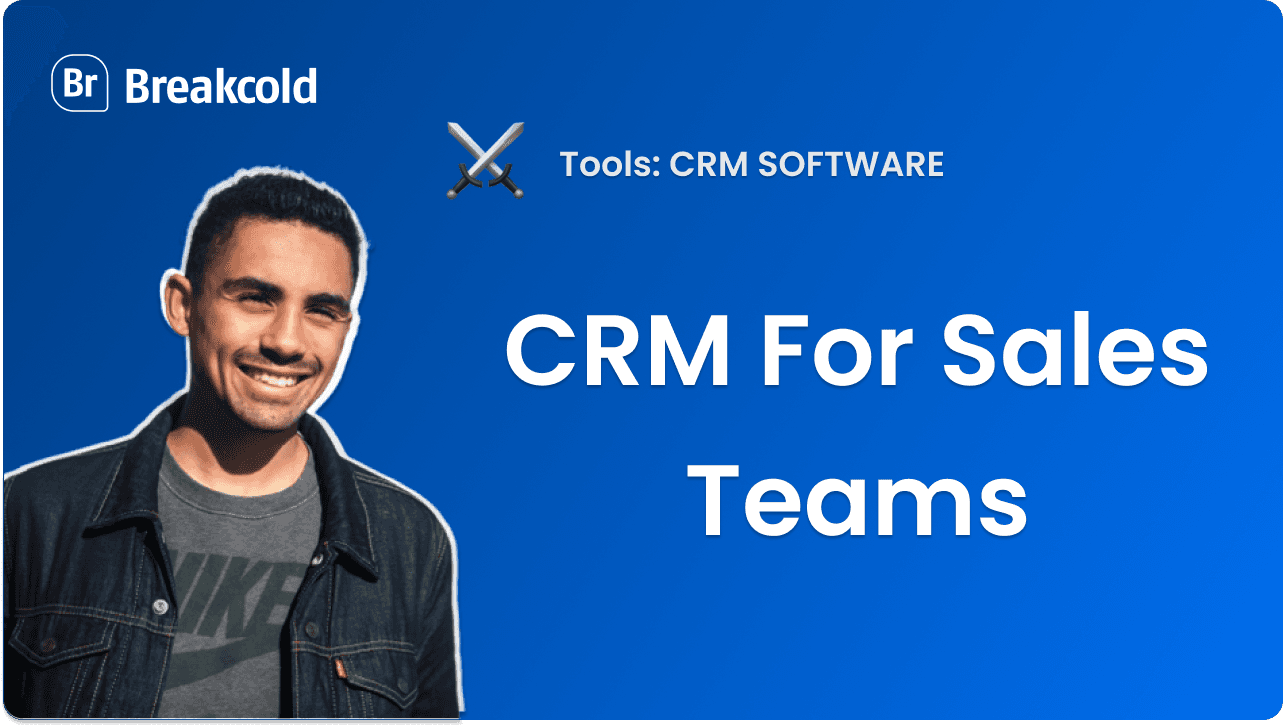
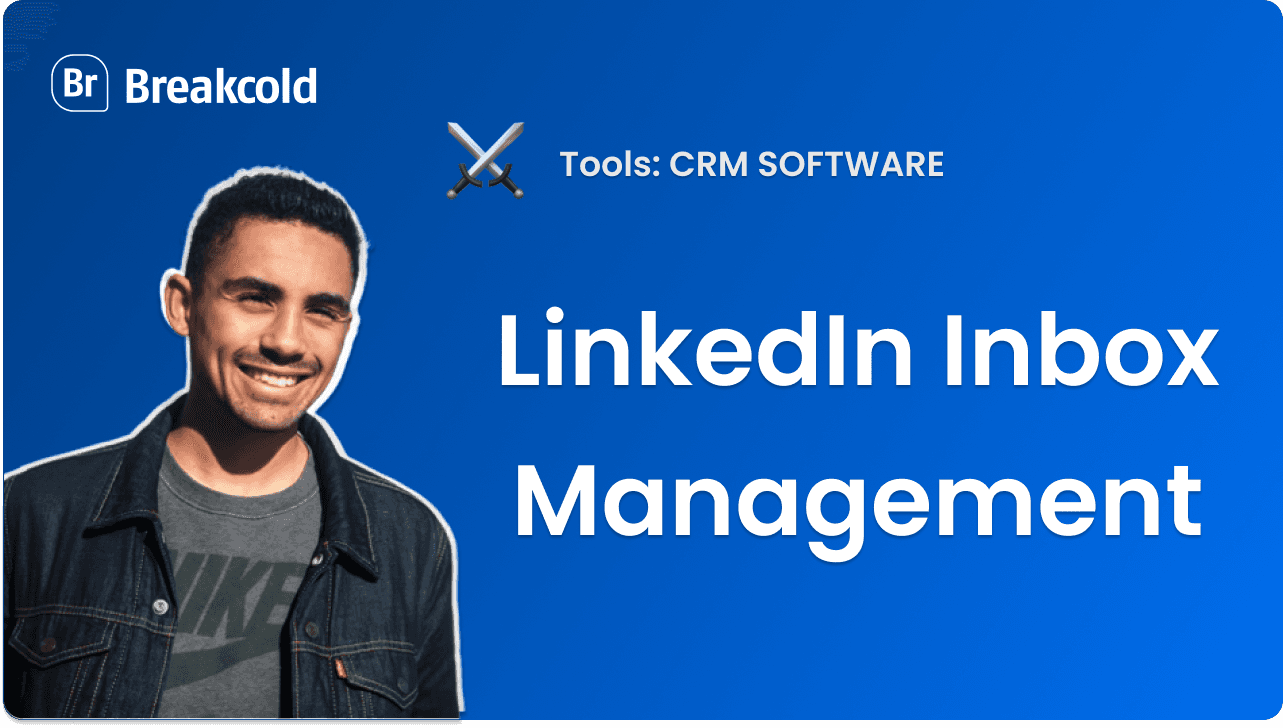



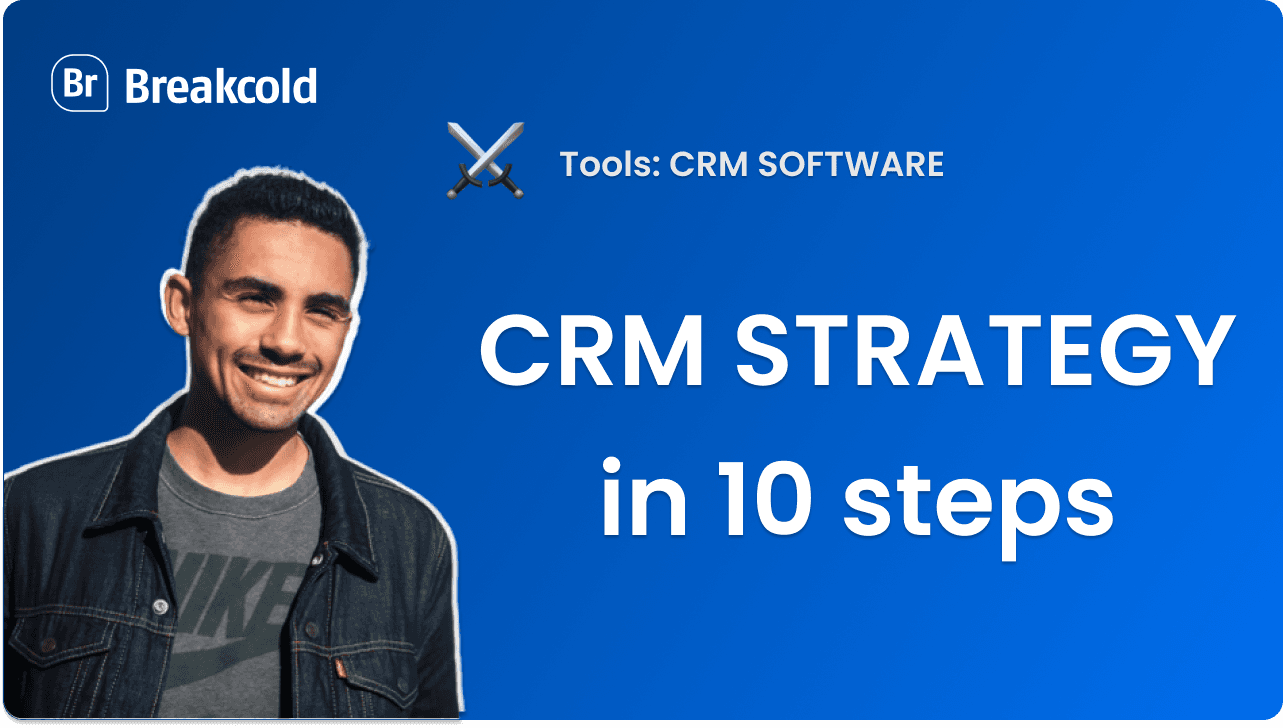
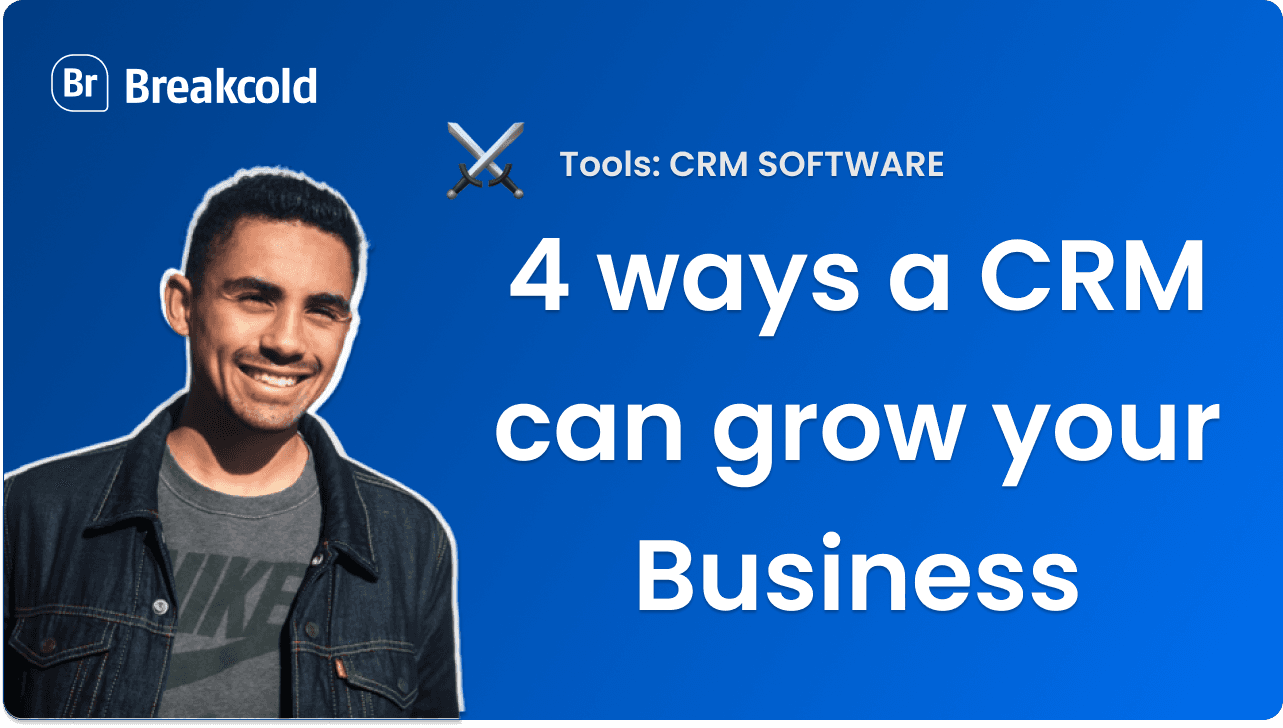

![The 8 Best Social CRM Software in 2025 [Comparison]](https://framerusercontent.com/images/RYHyYapdgIi83BEWtMdX418.png)
![The 6 Best LinkedIn CRM in 2025 [Comparison]](https://framerusercontent.com/images/Luywfni7ZKjb19yghbhNPy4I4qQ.png)
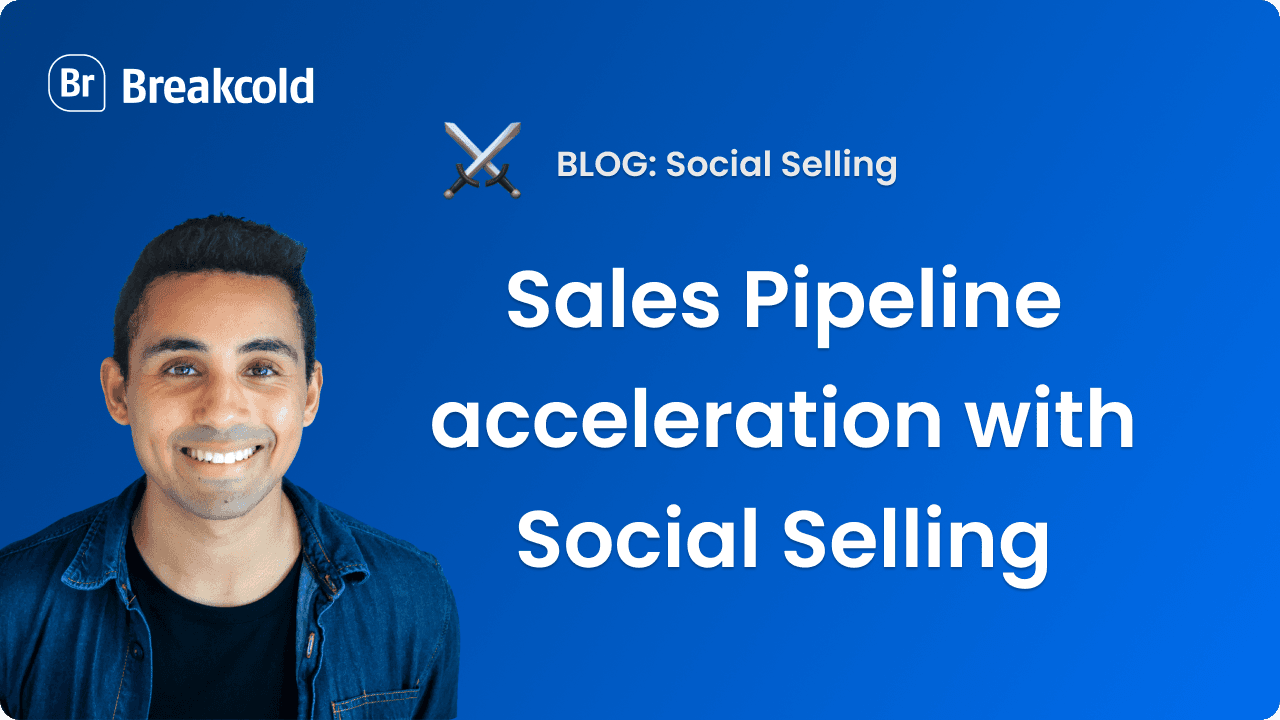


![The 5 Best Twitter CRM [Comparison]](https://framerusercontent.com/images/EWcbvYnVZglJLO8jp3OlHkTvsHo.png)

